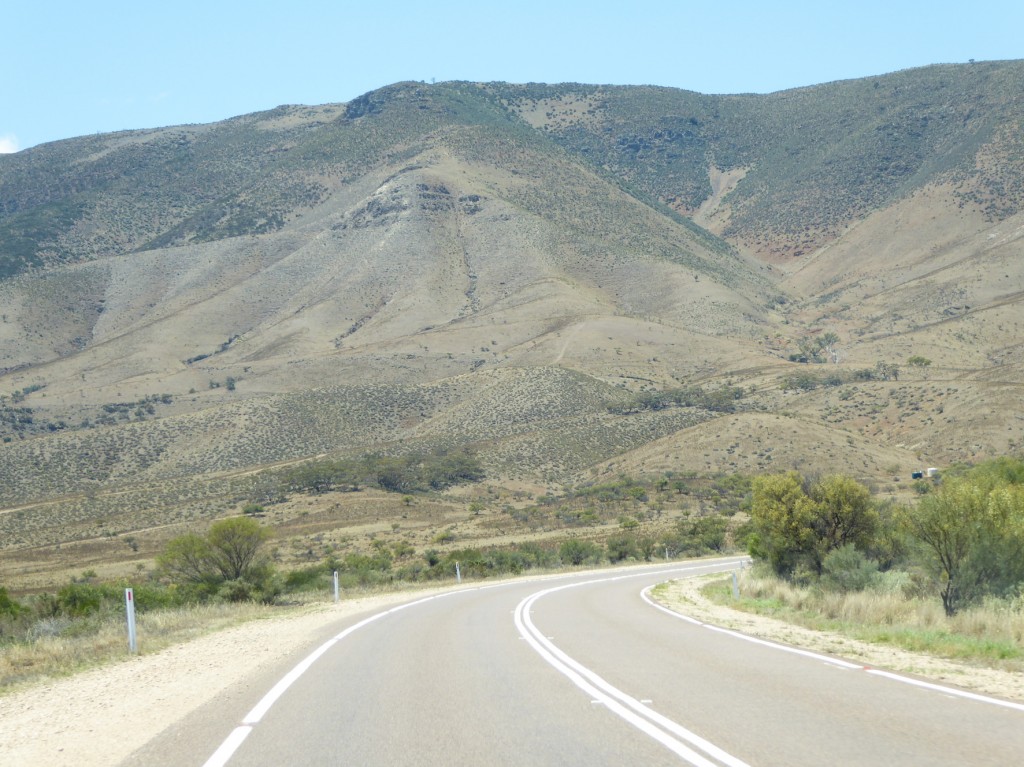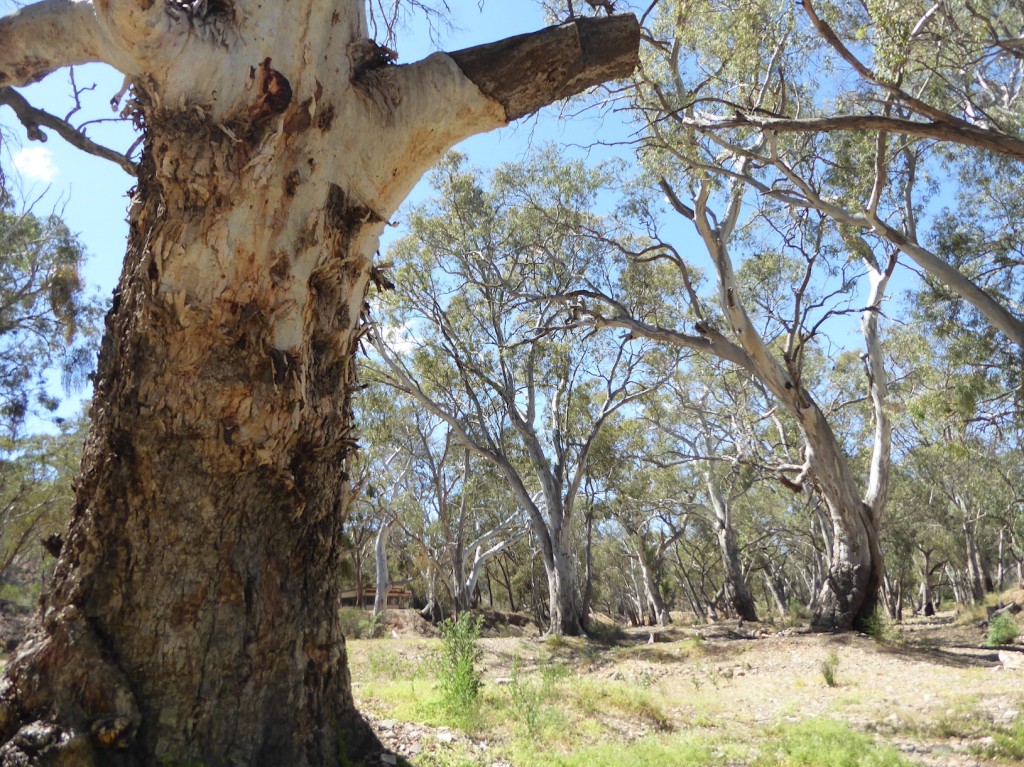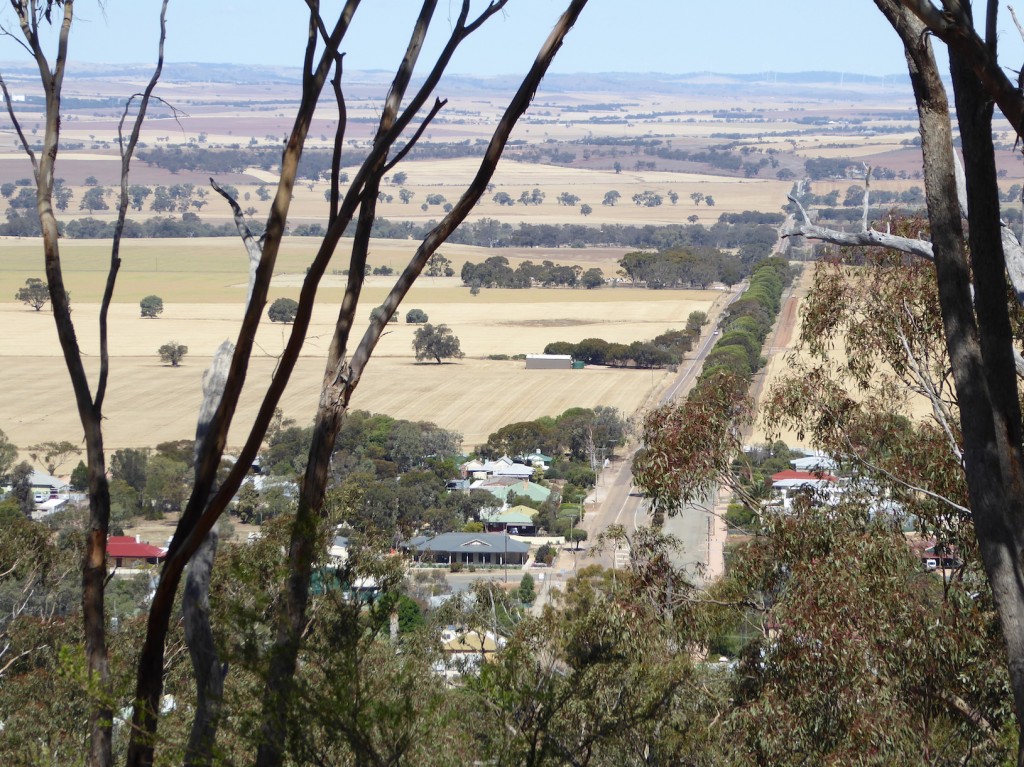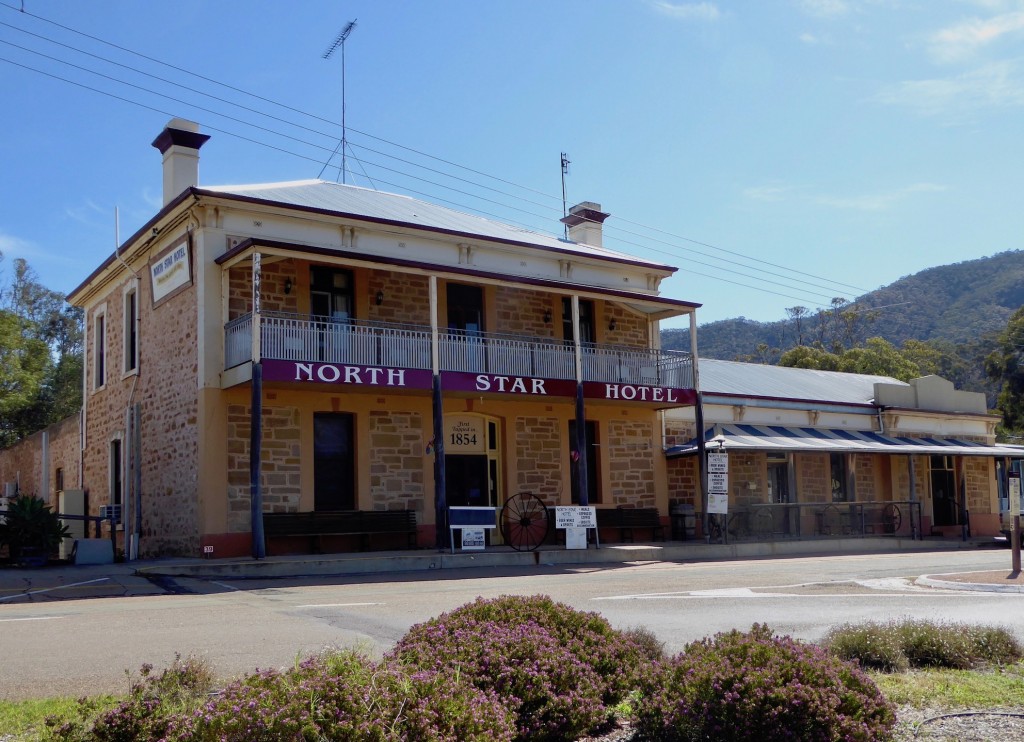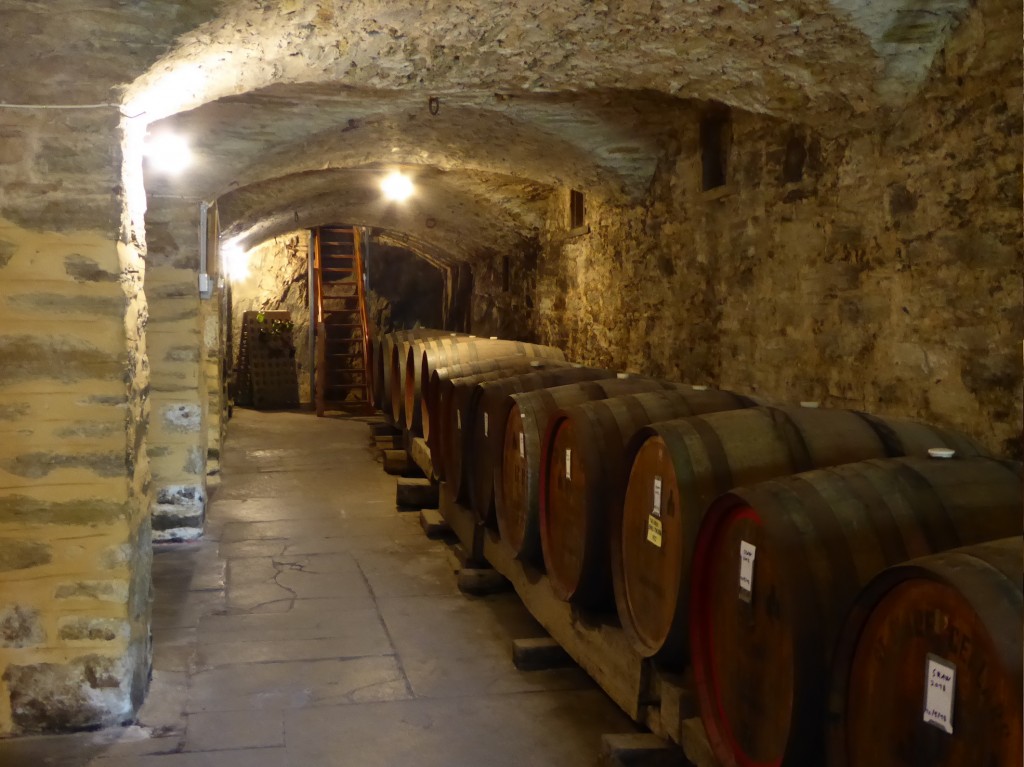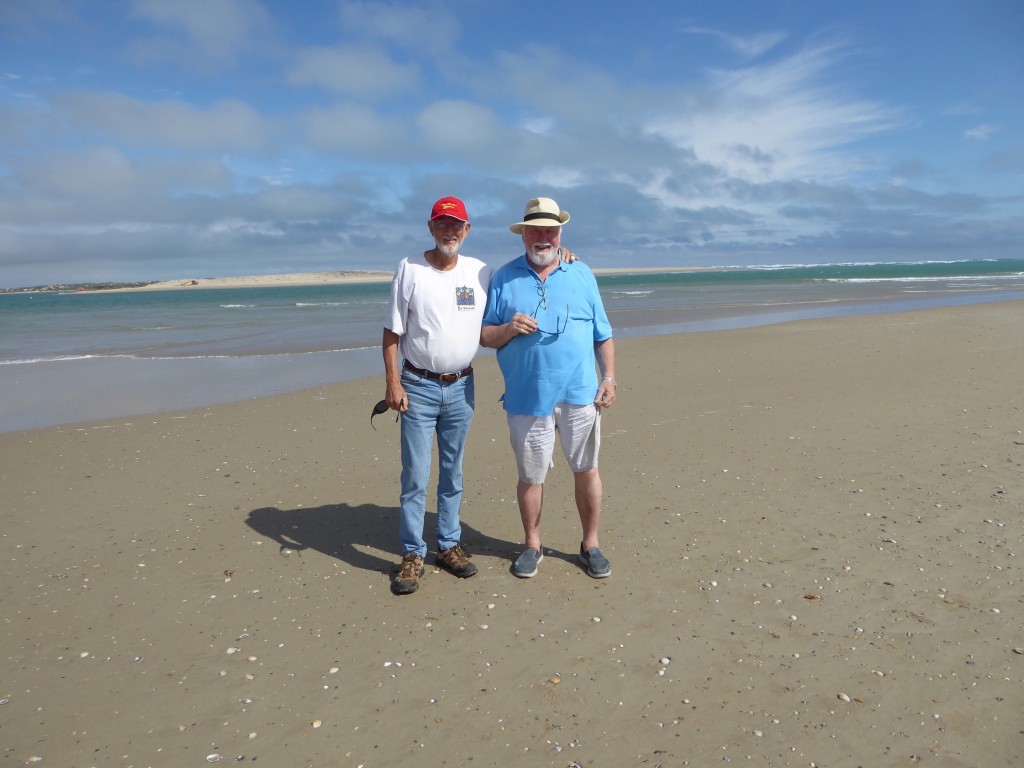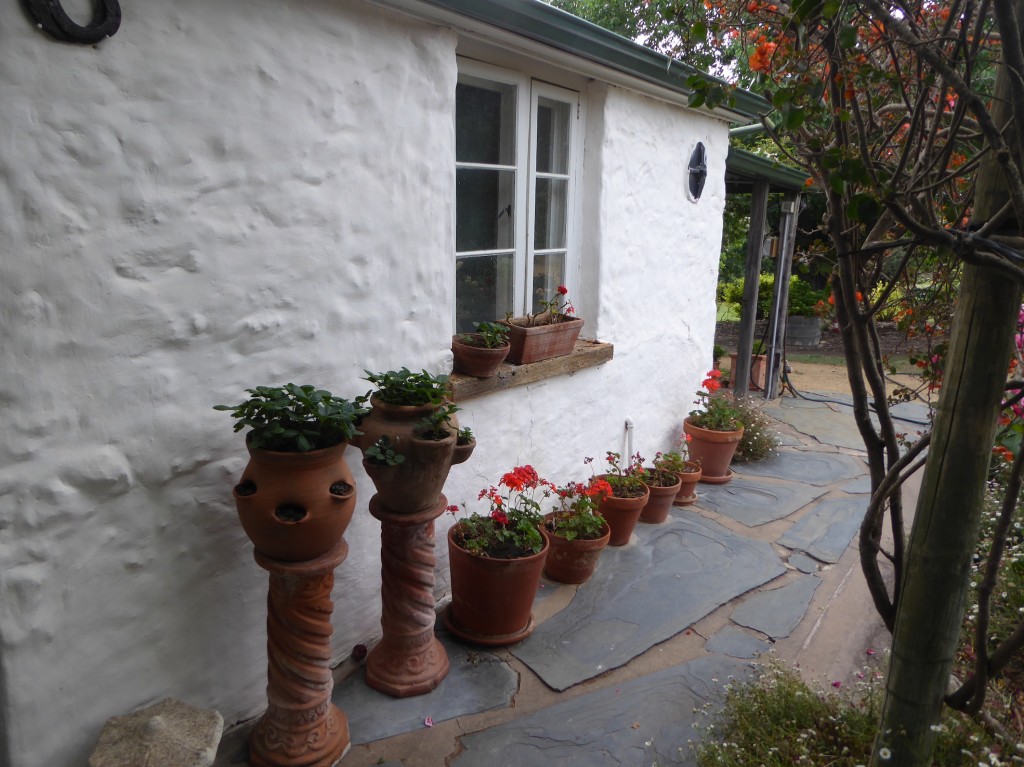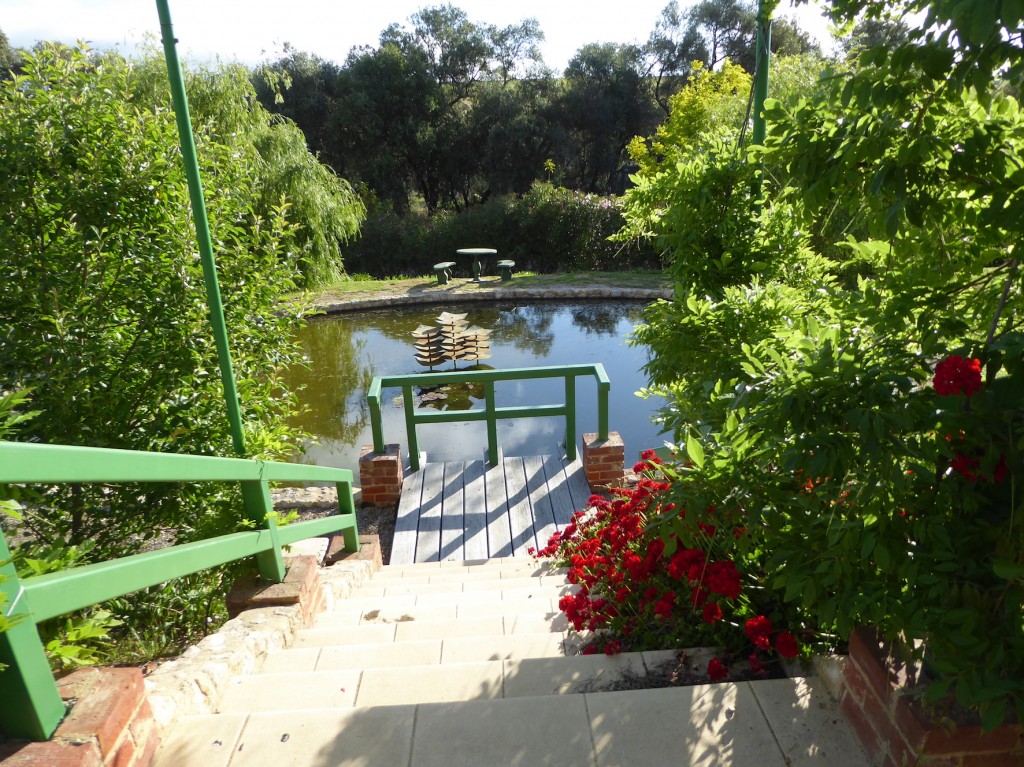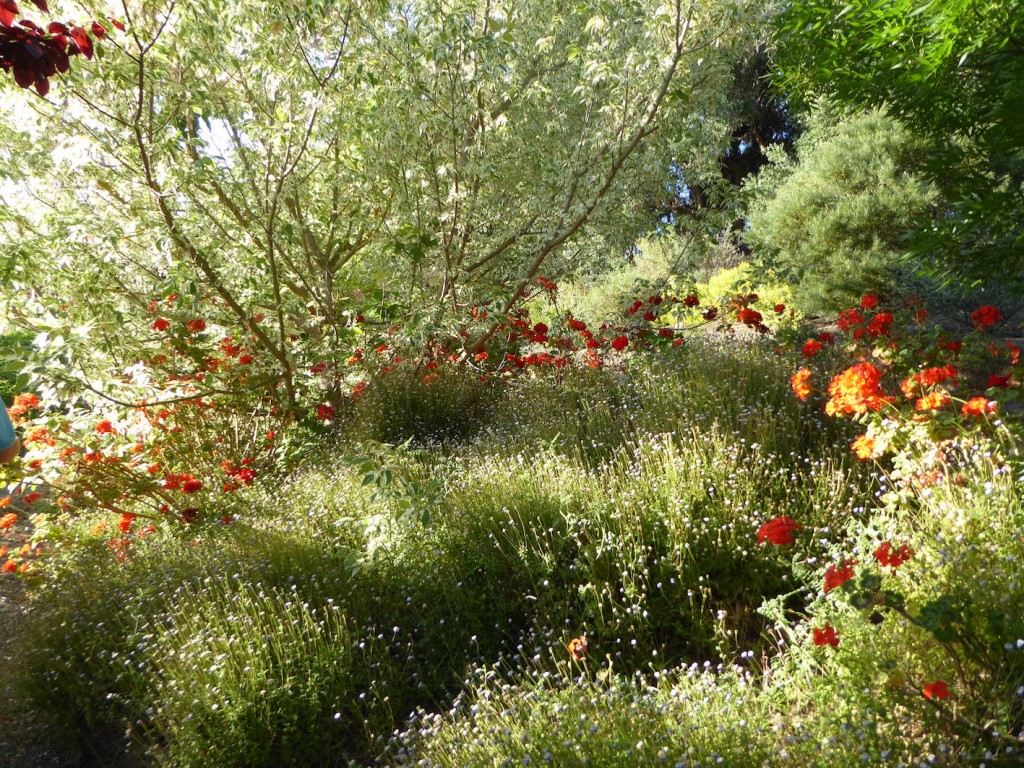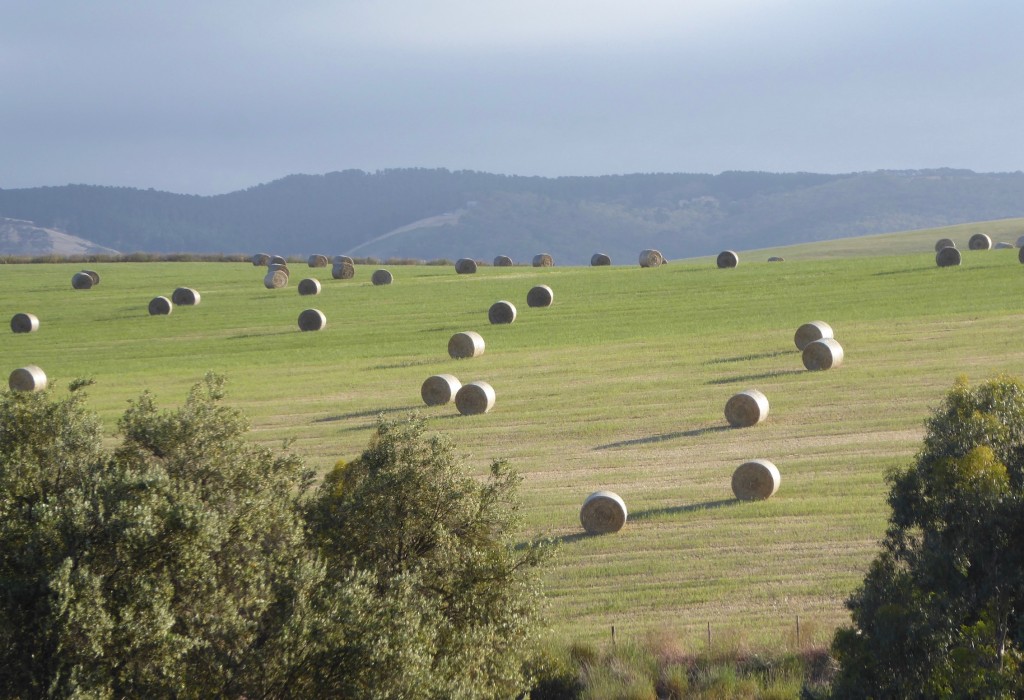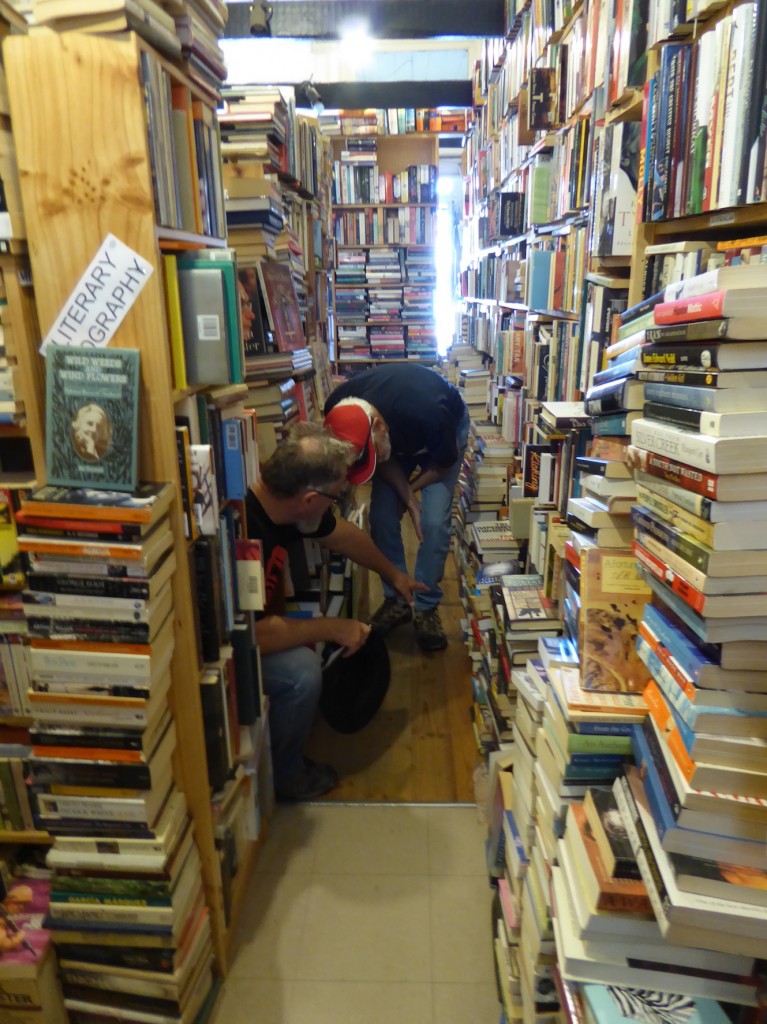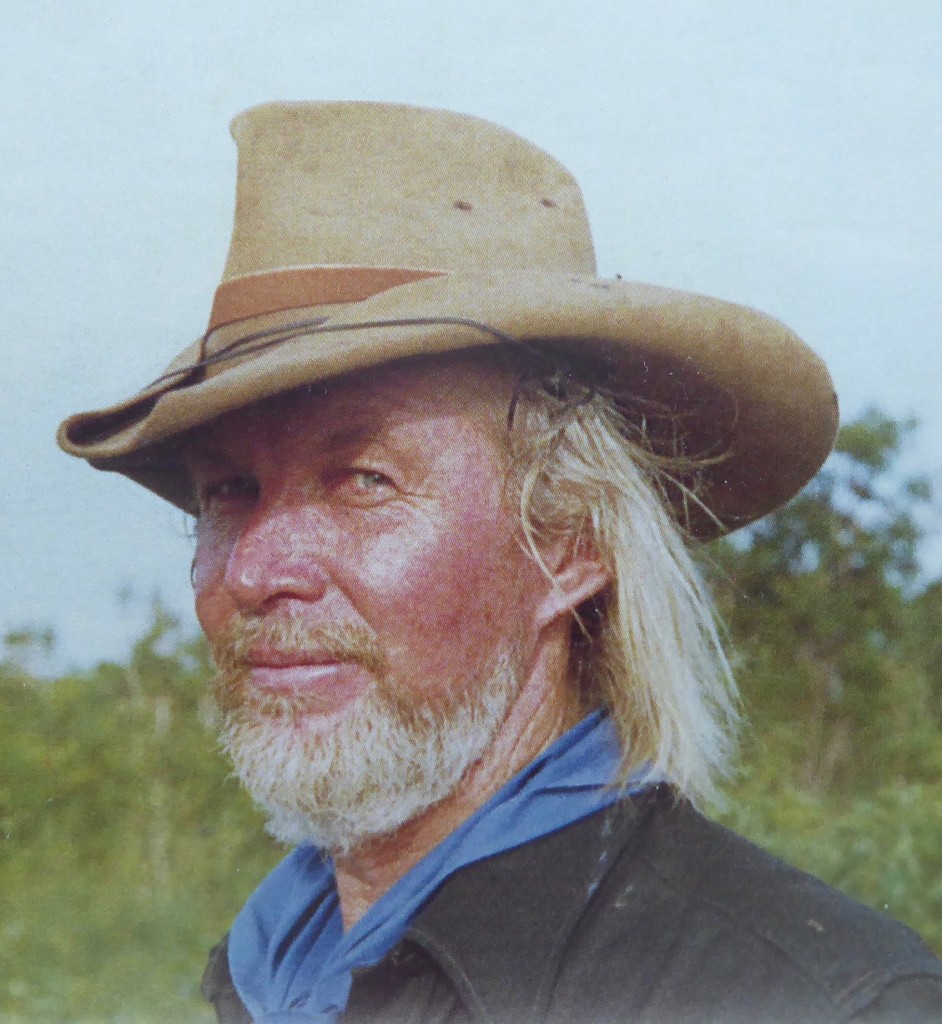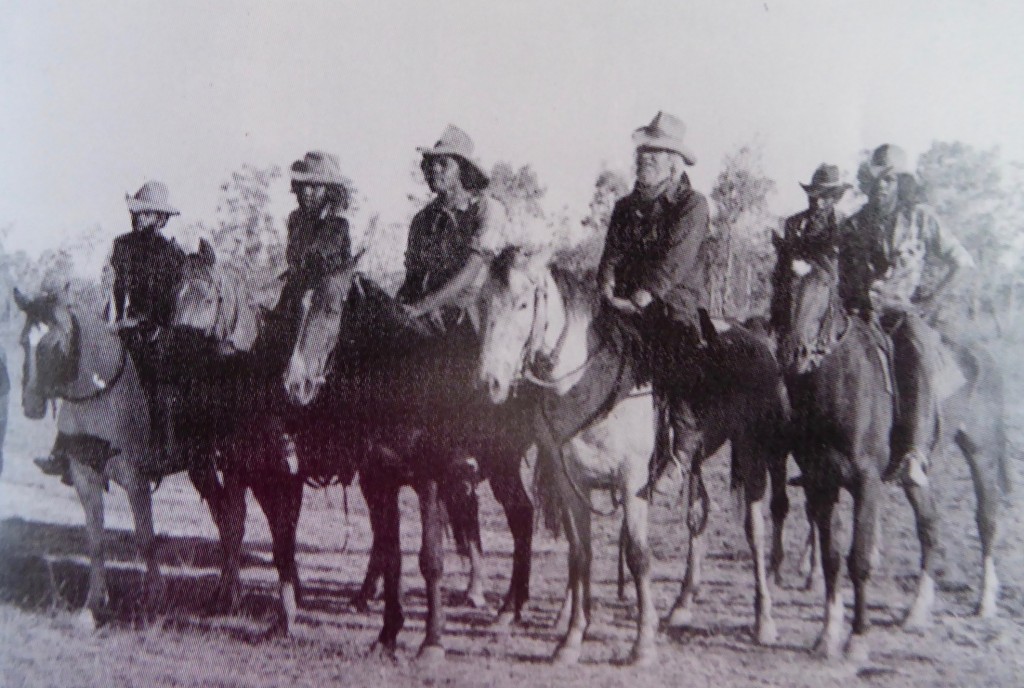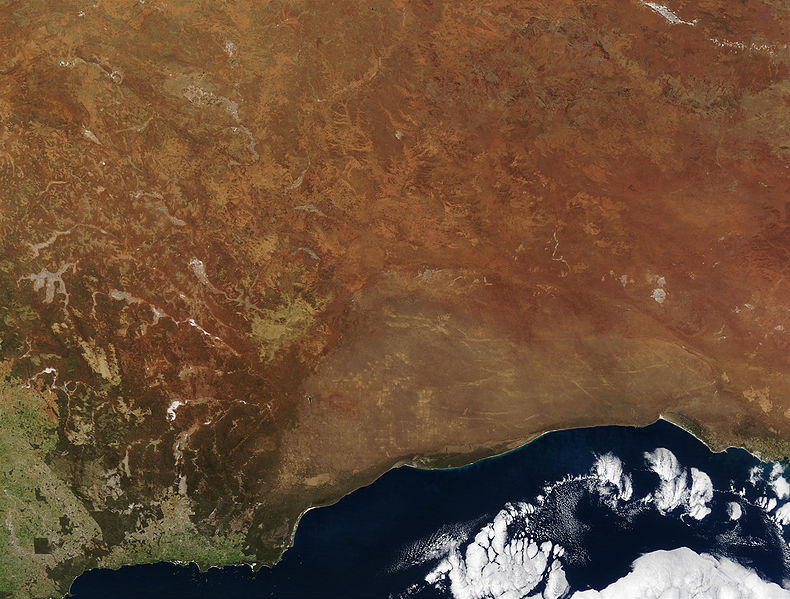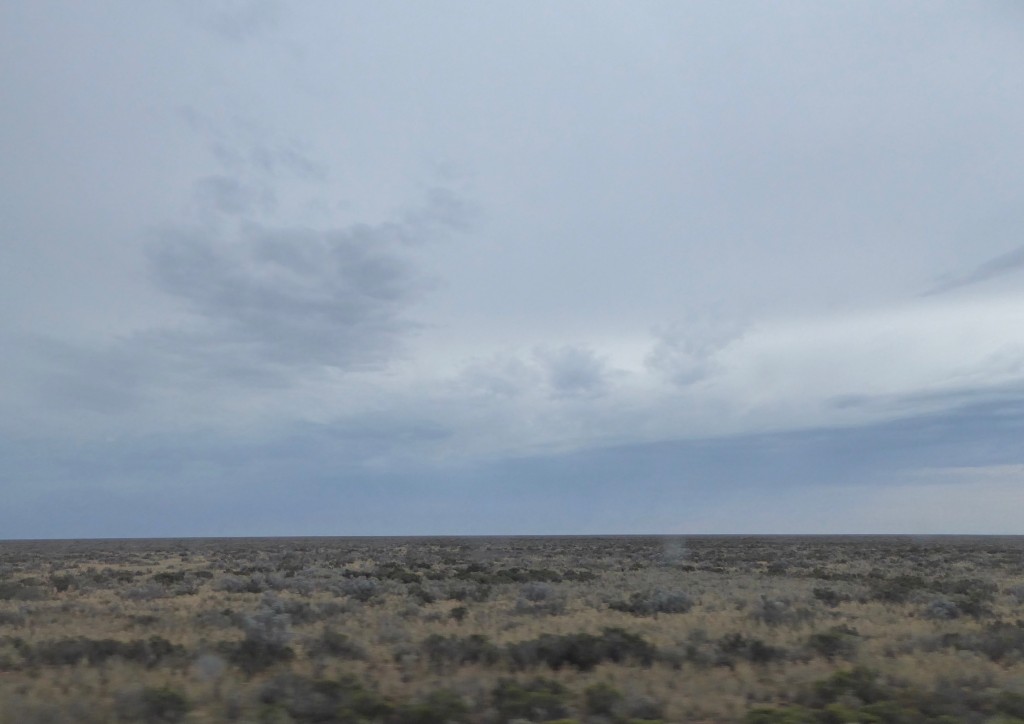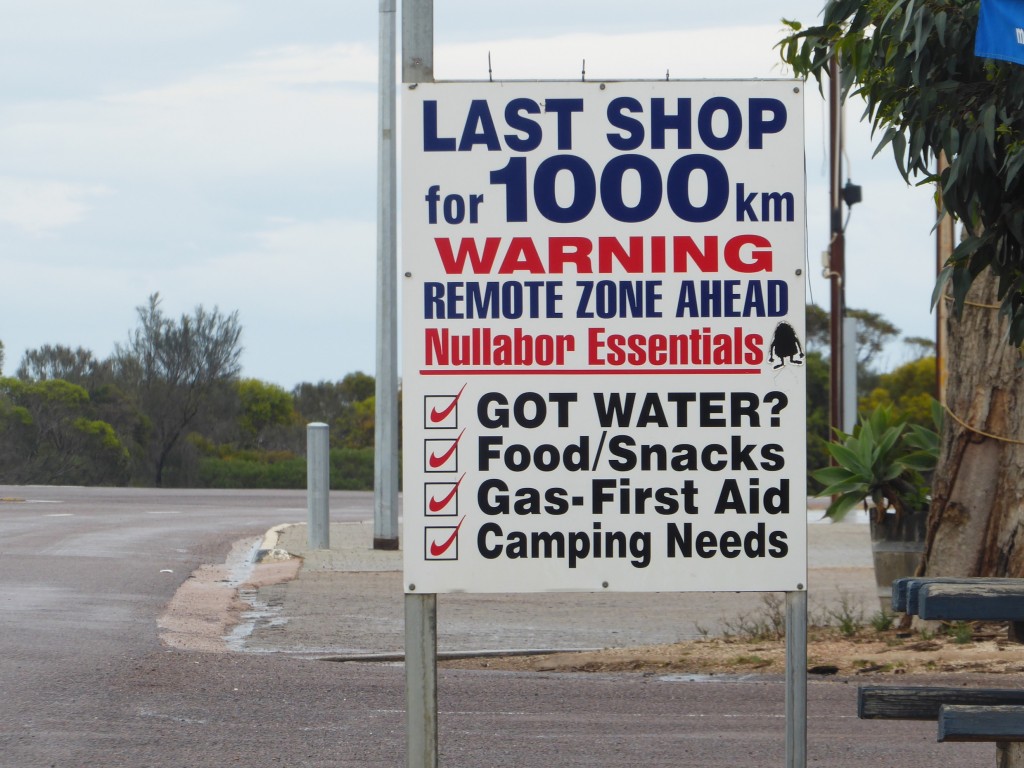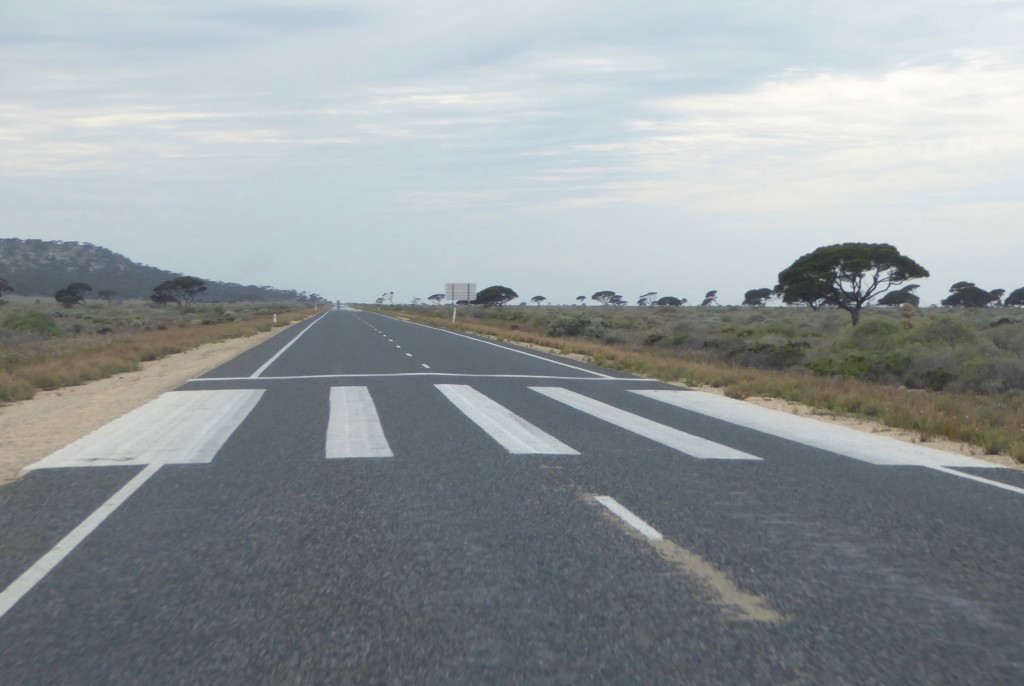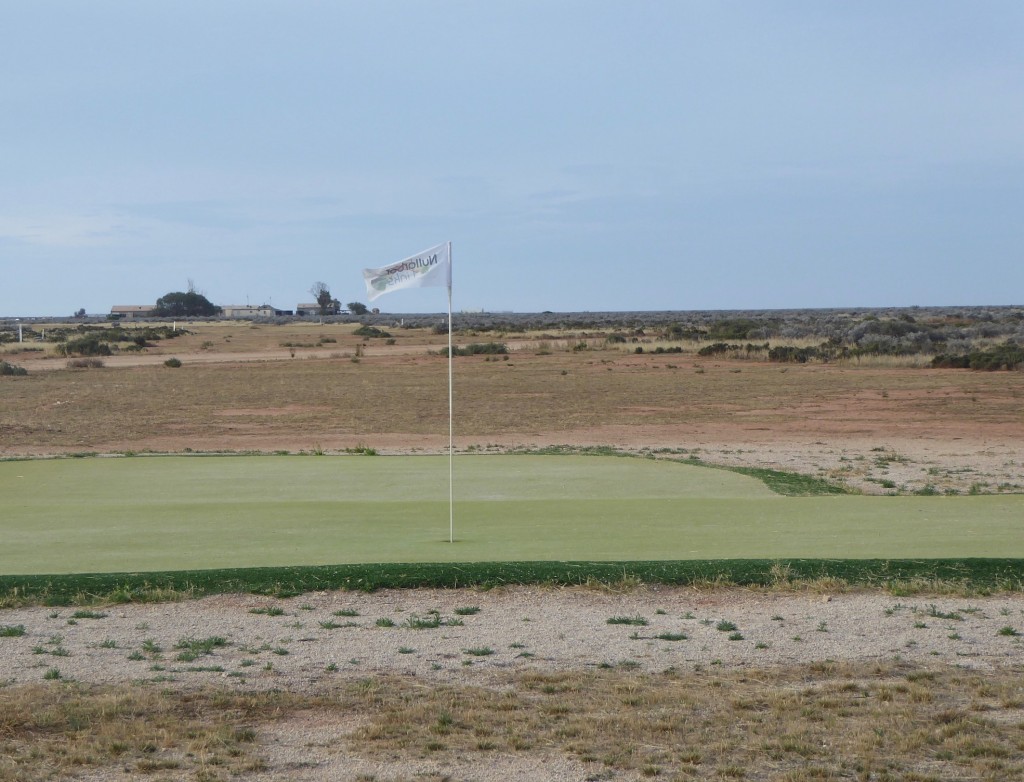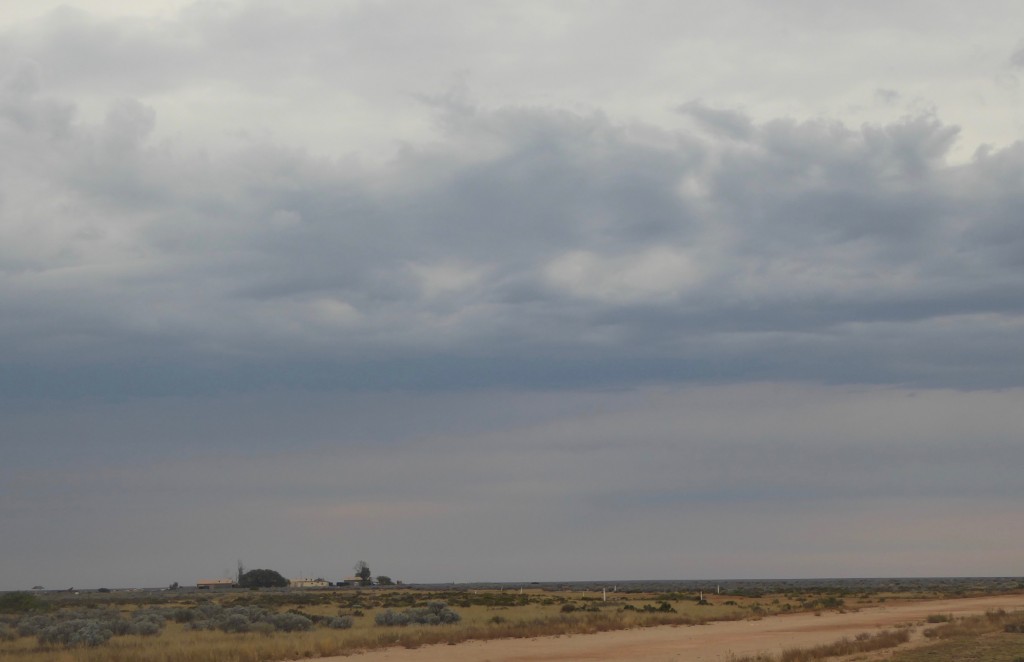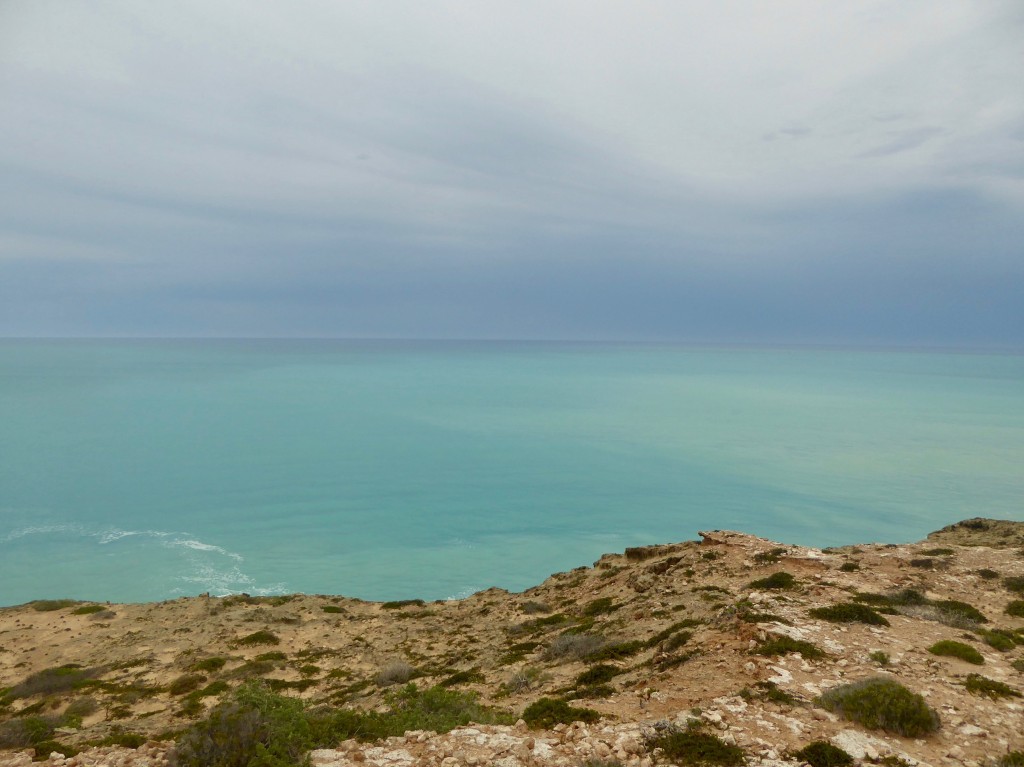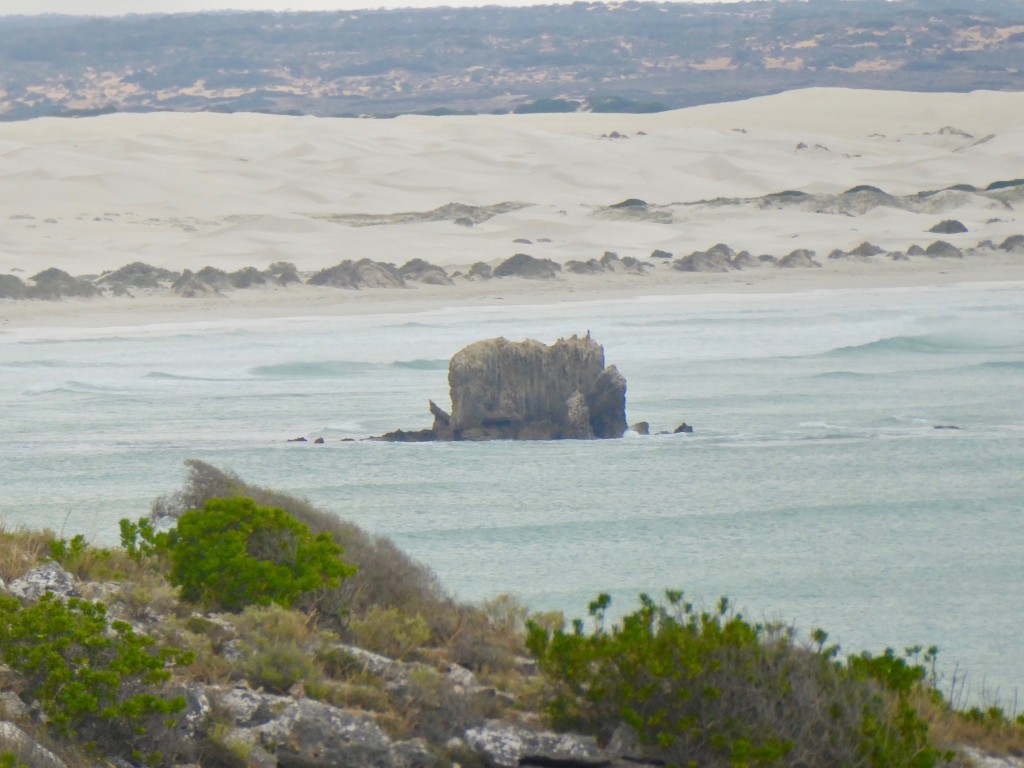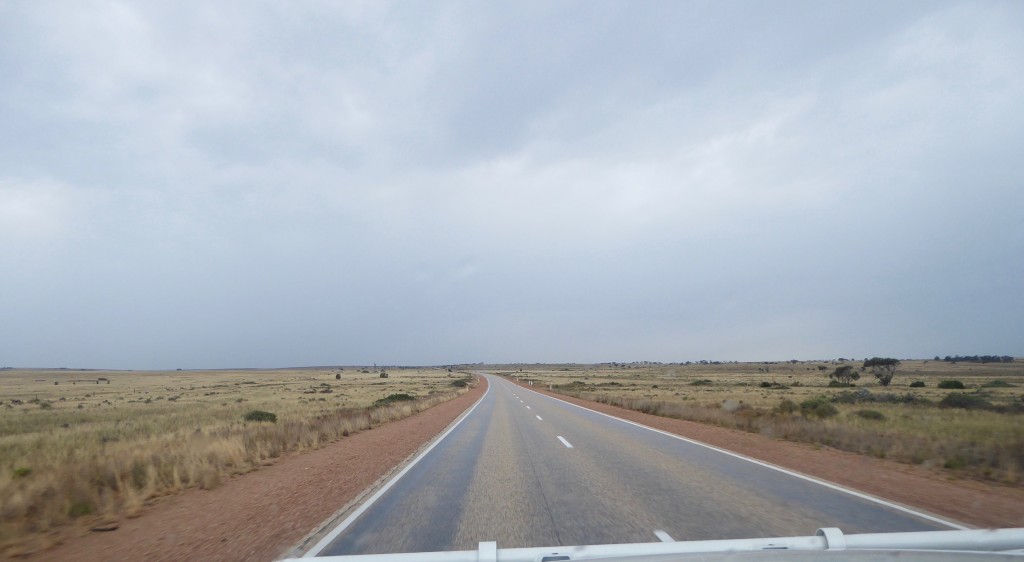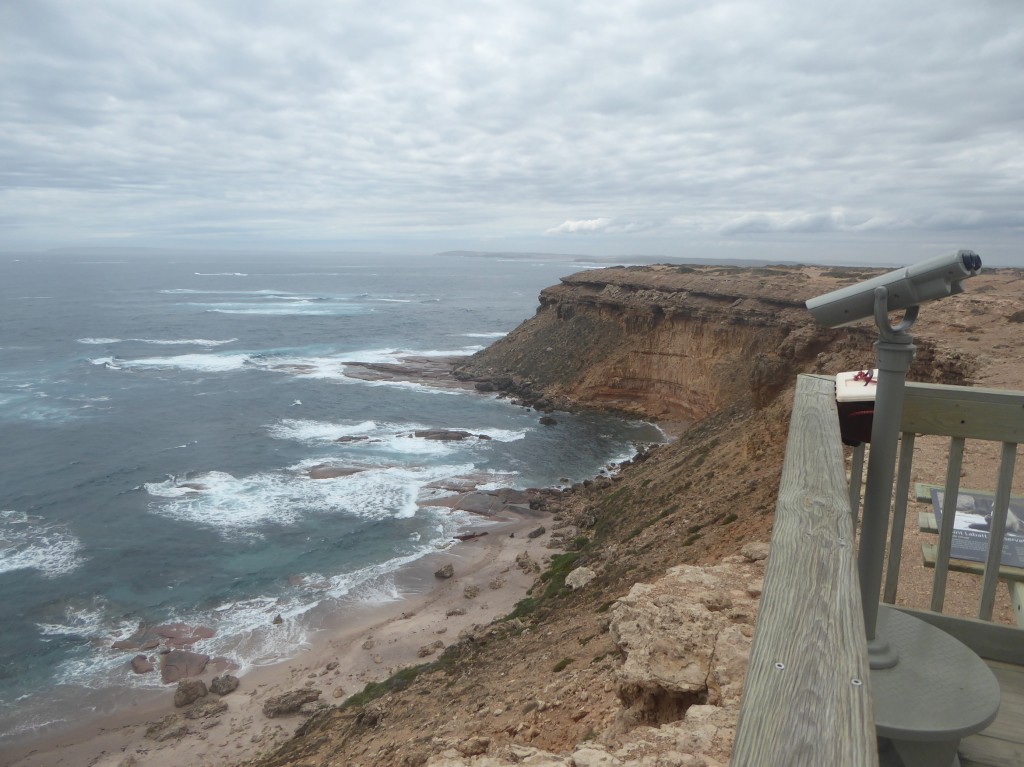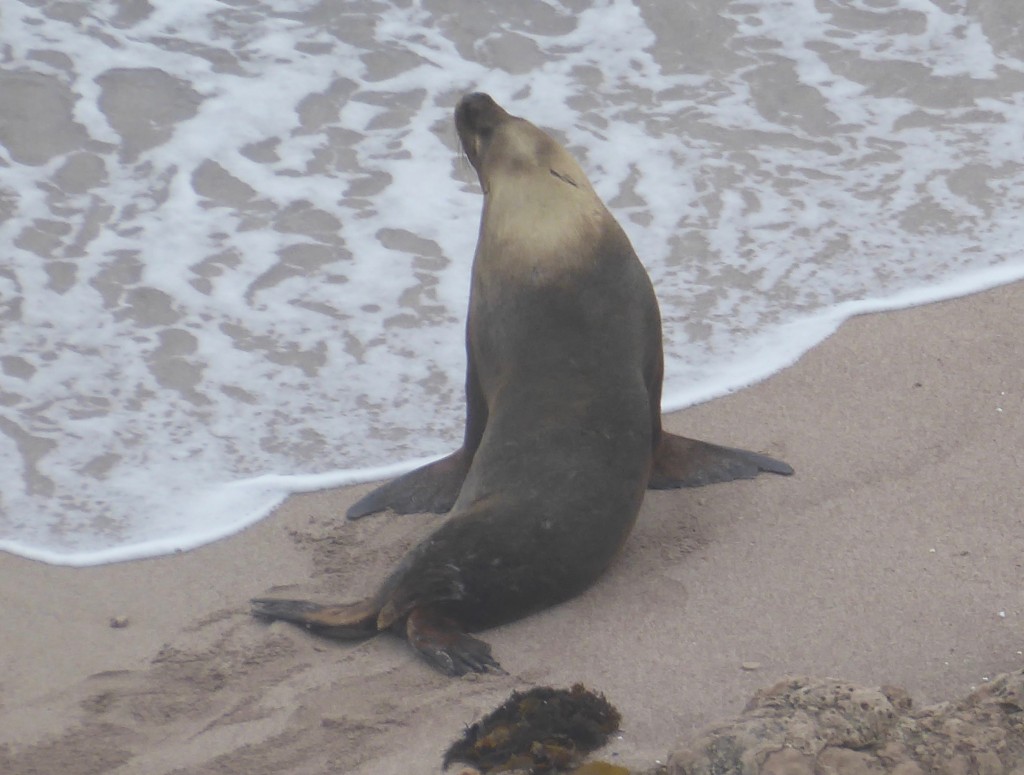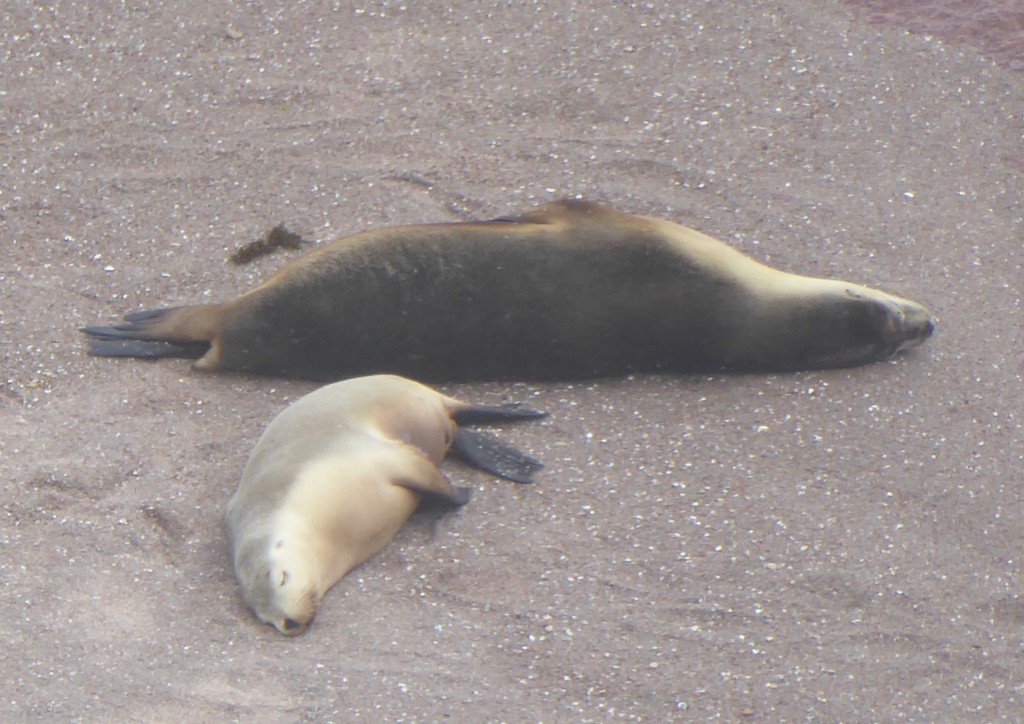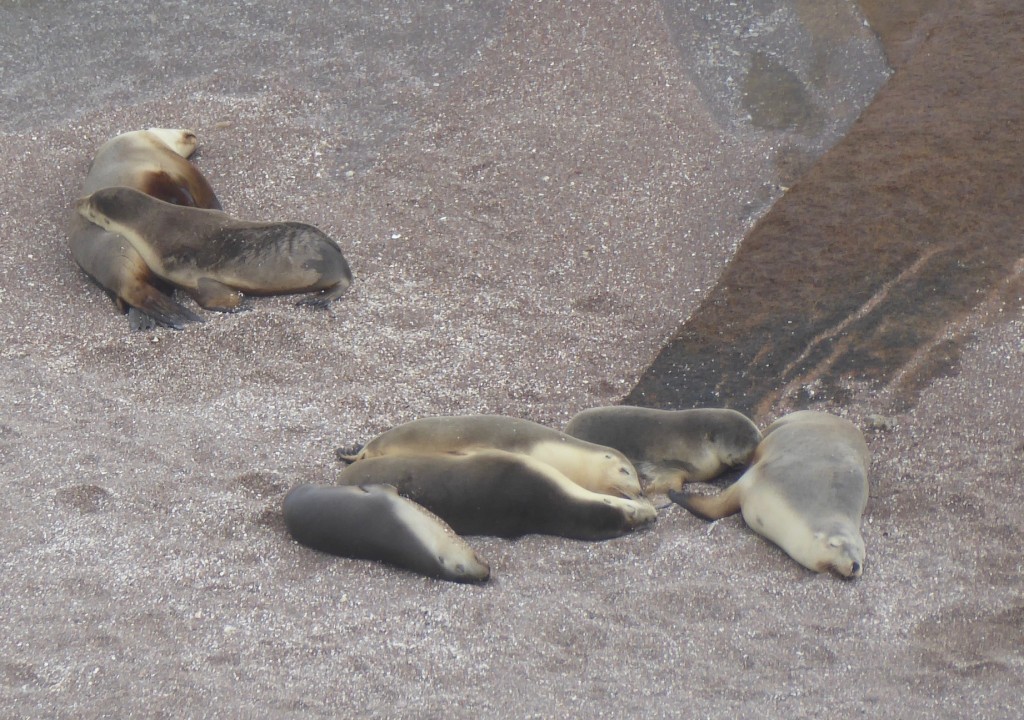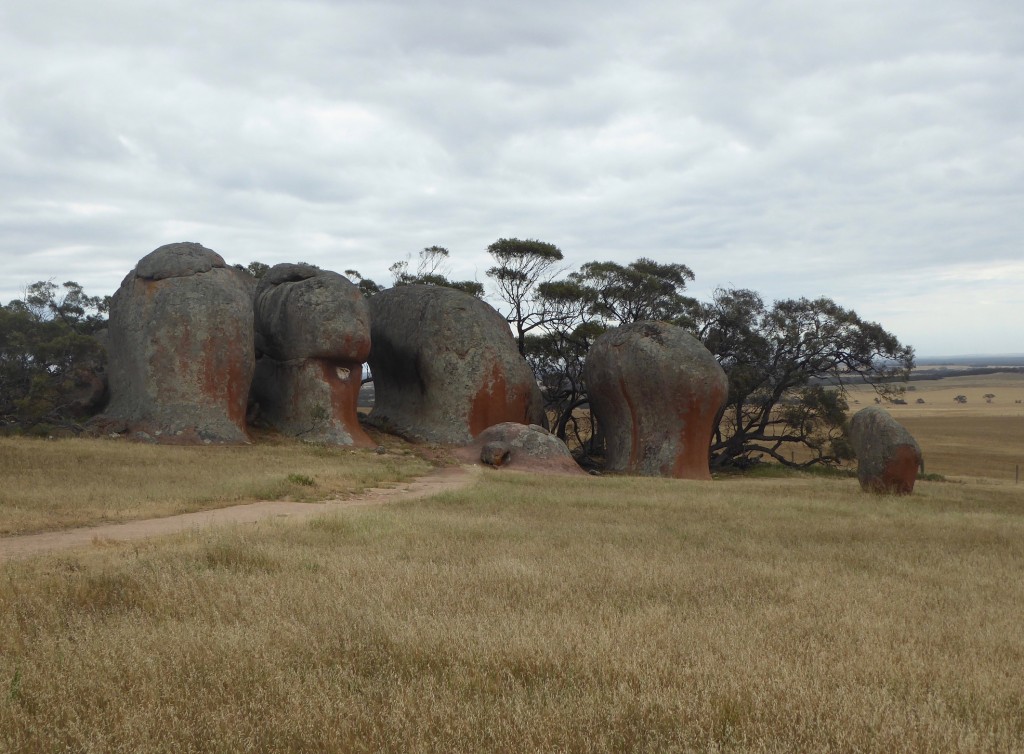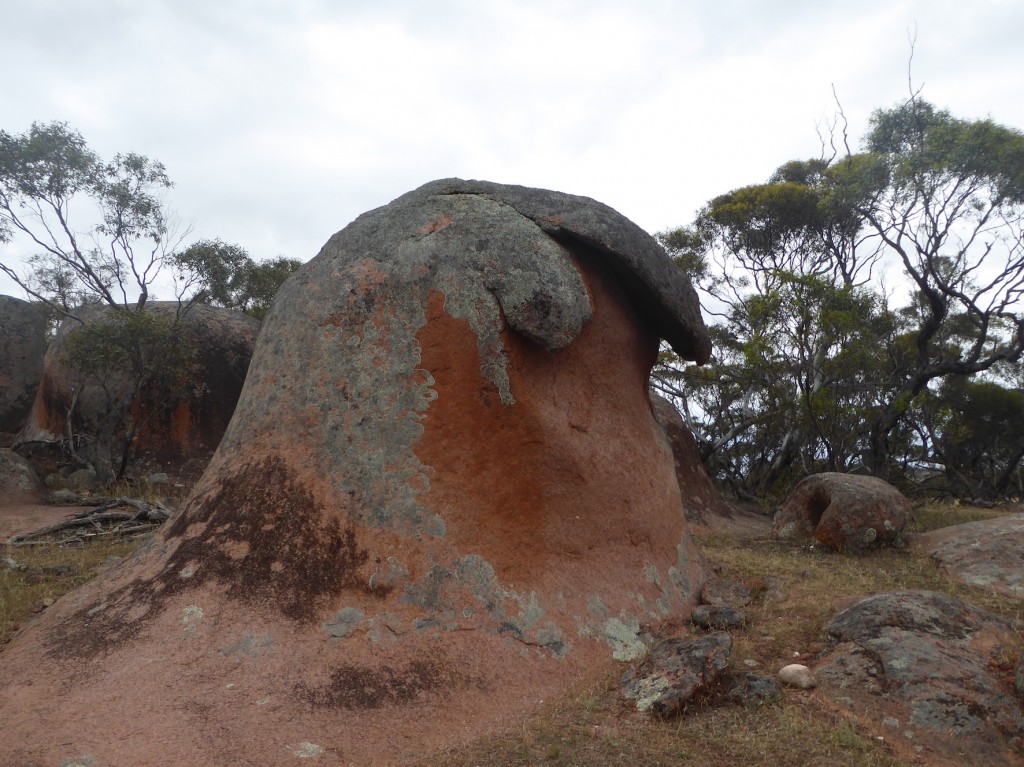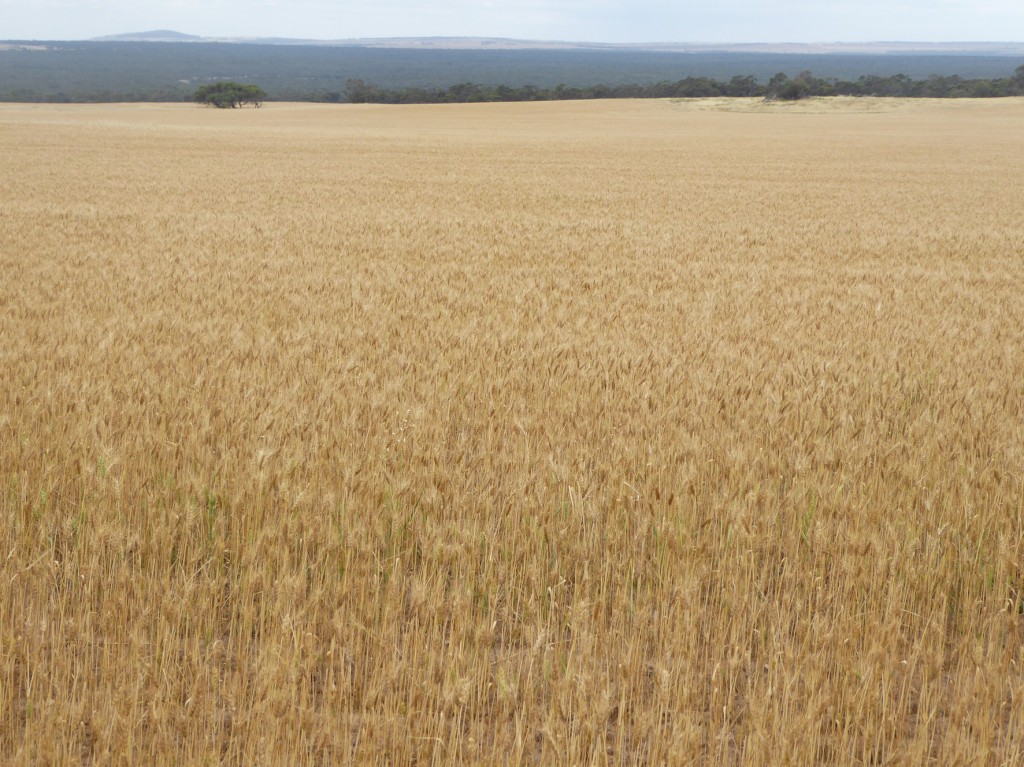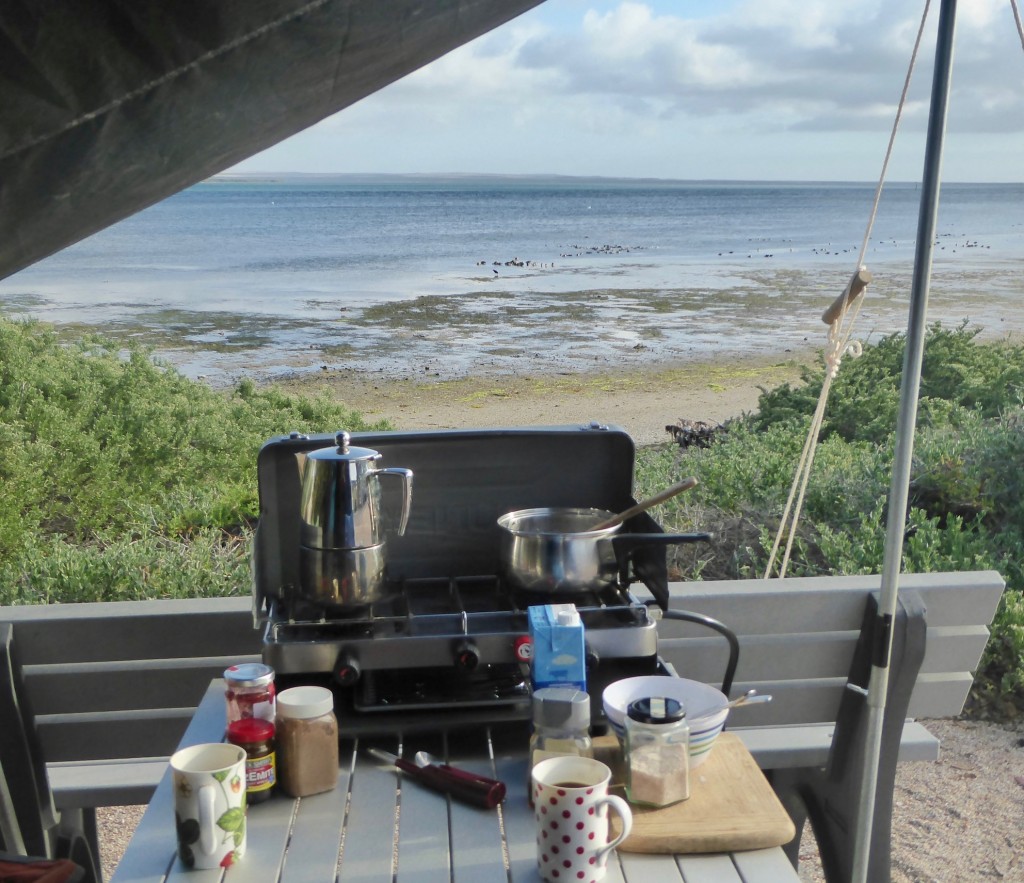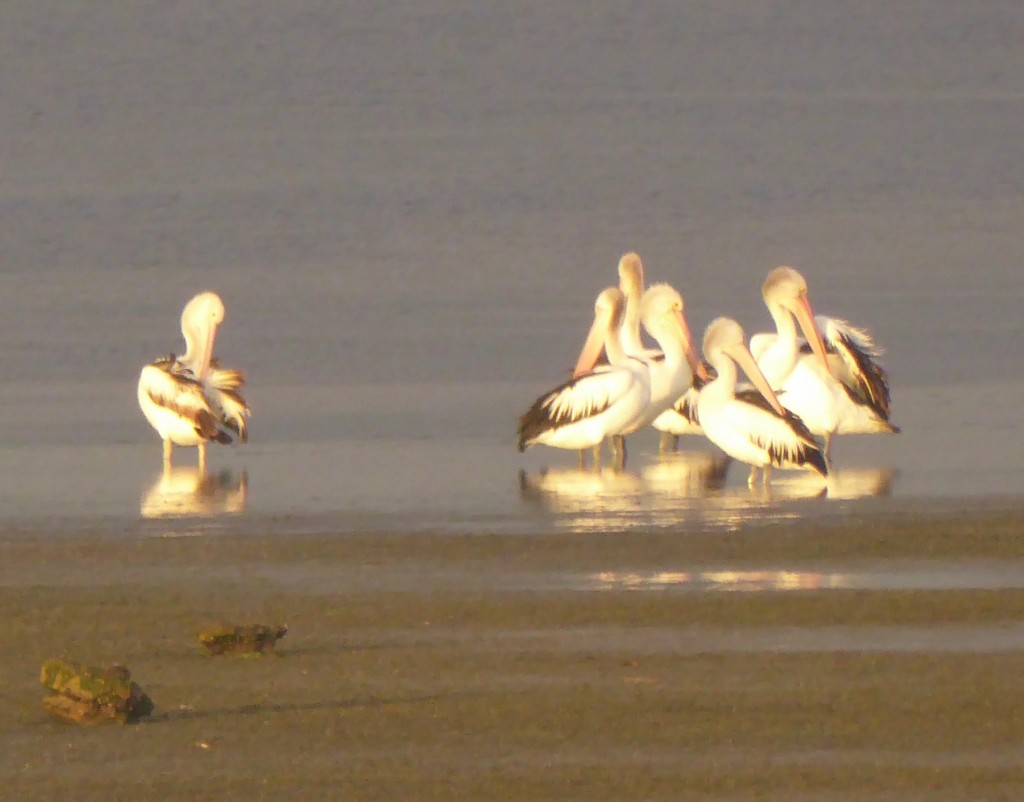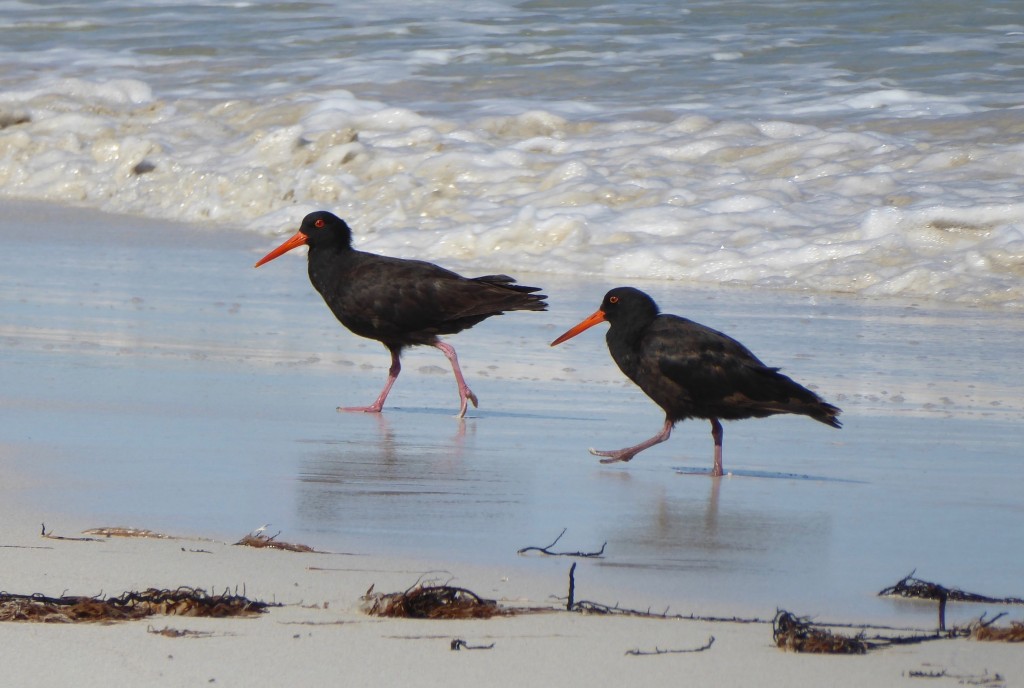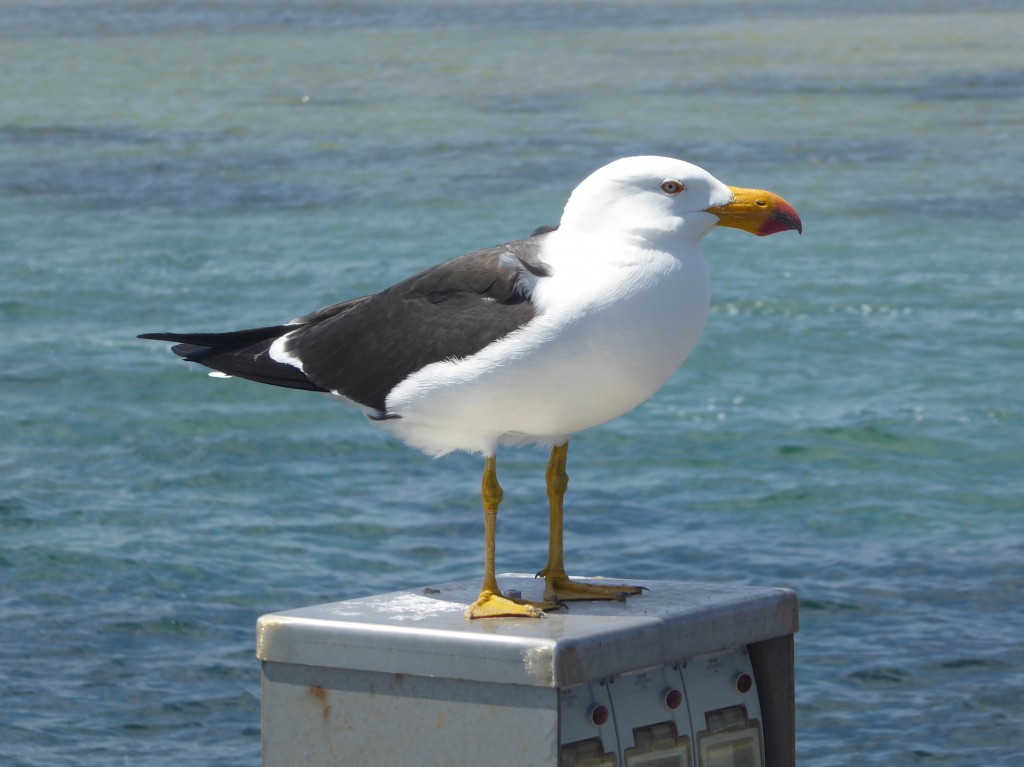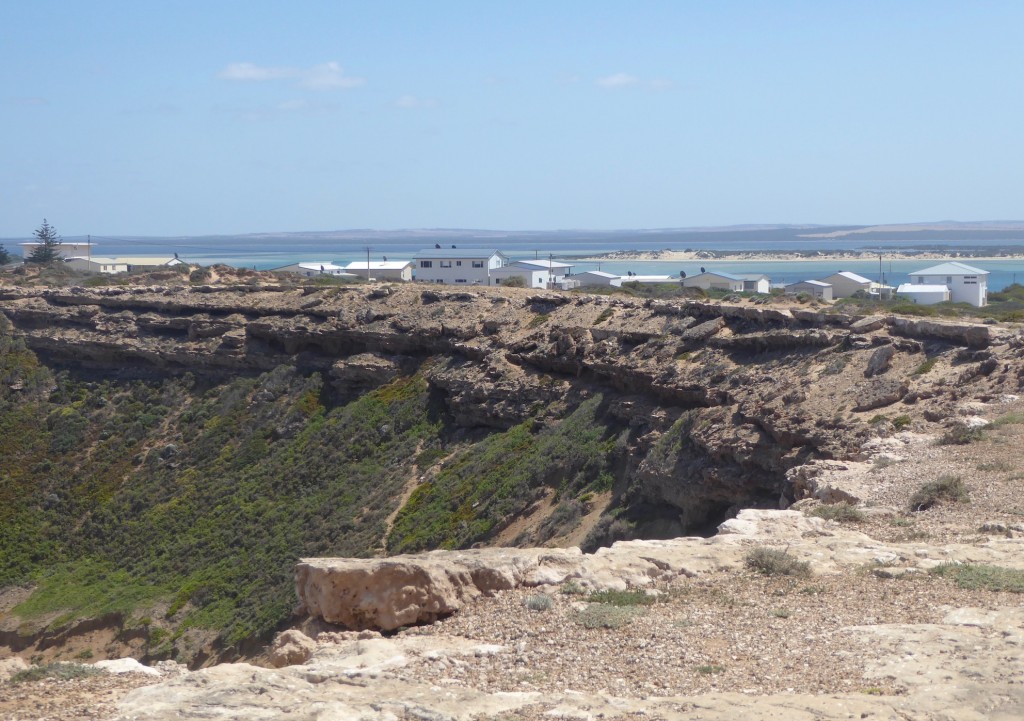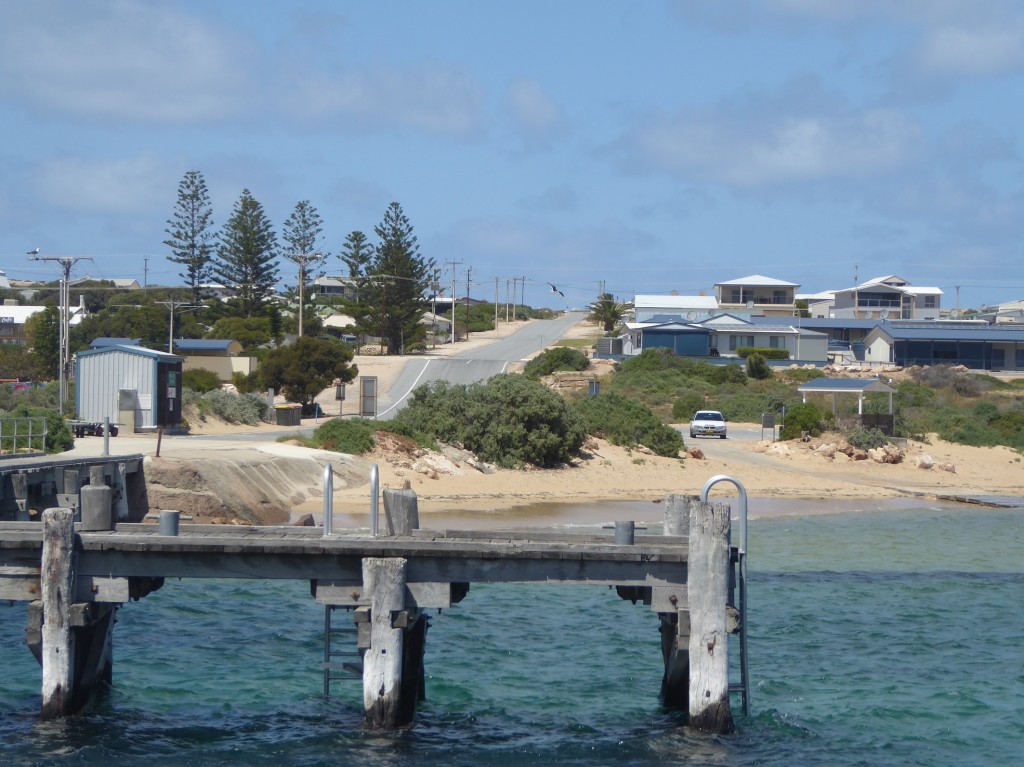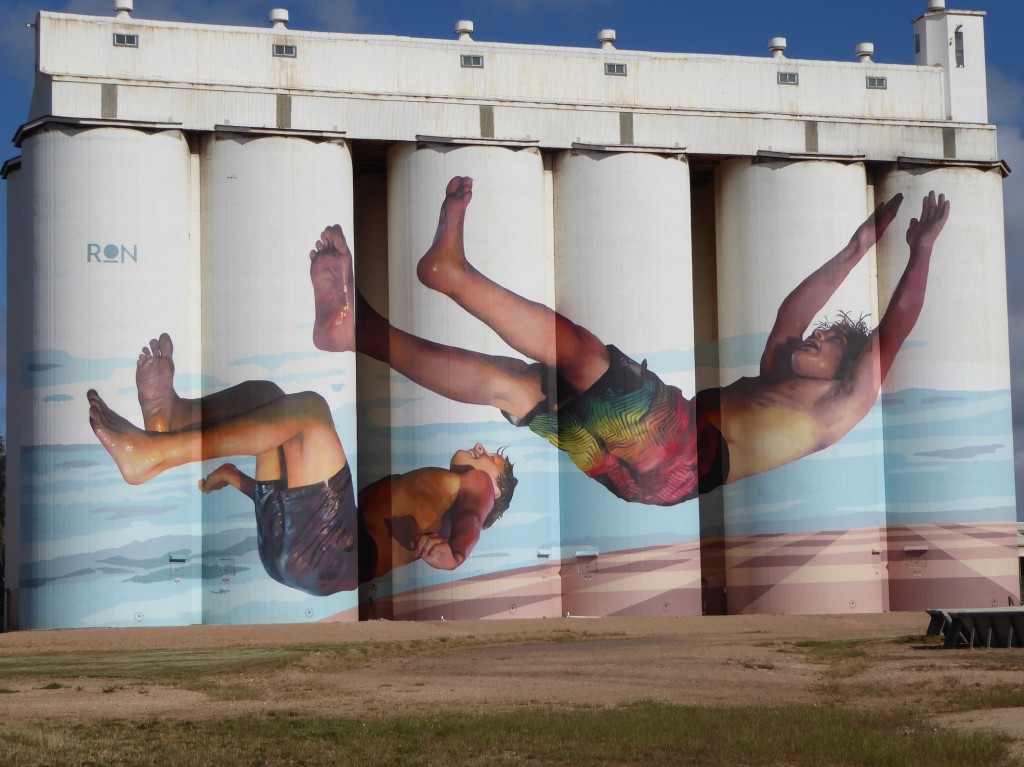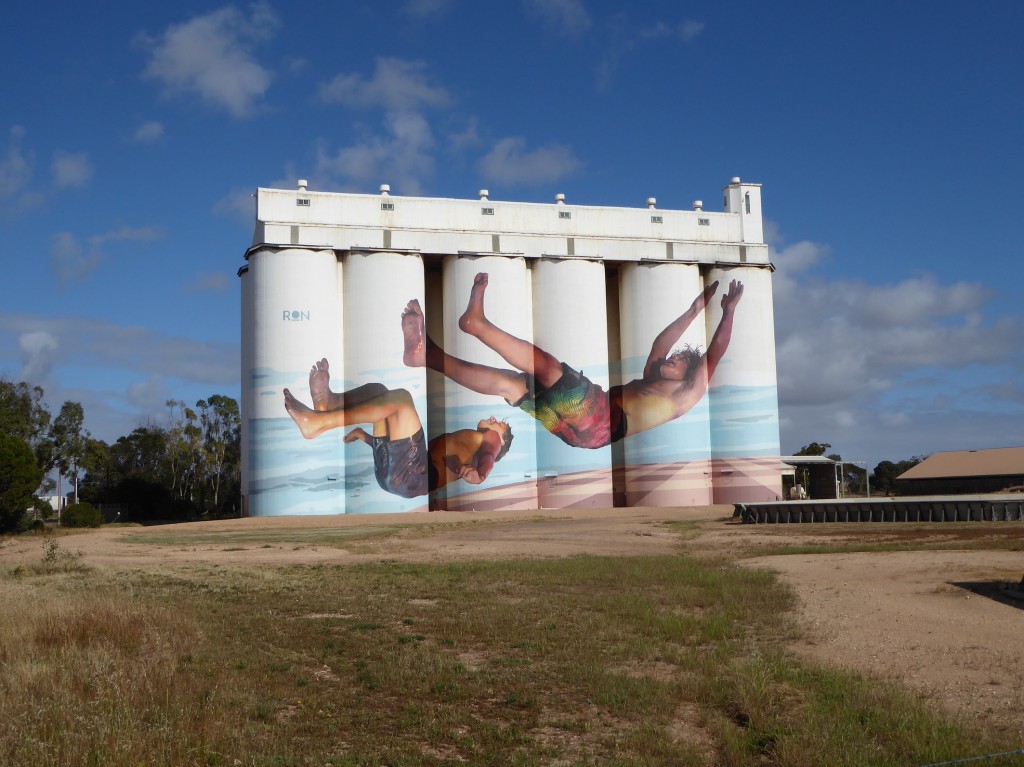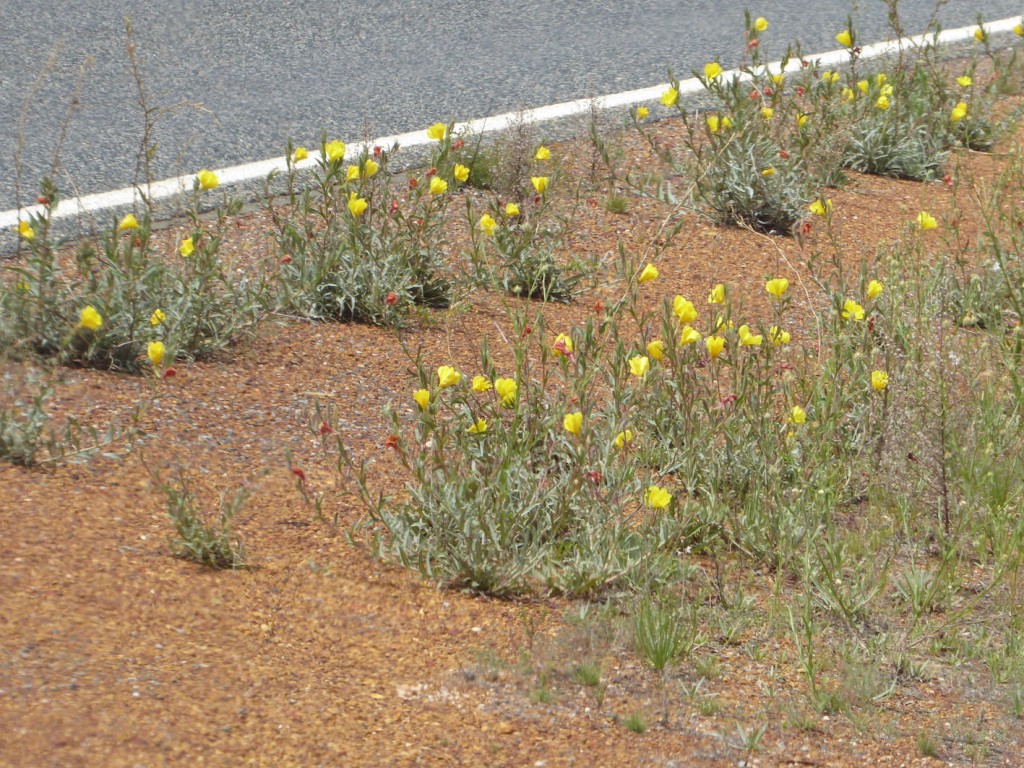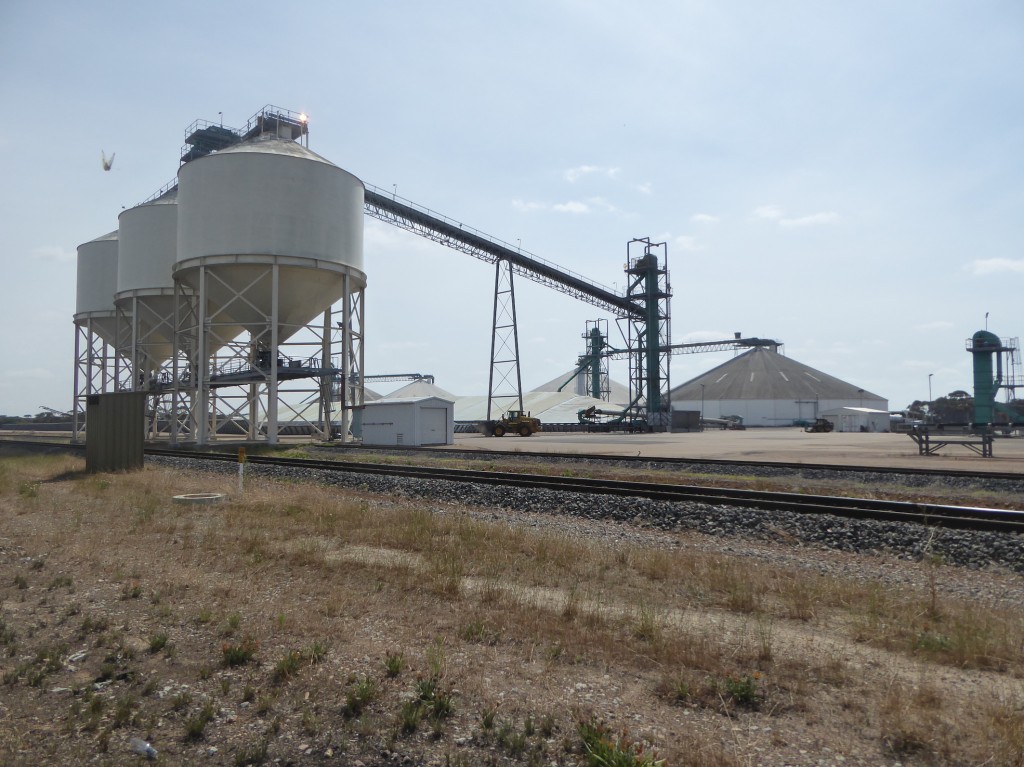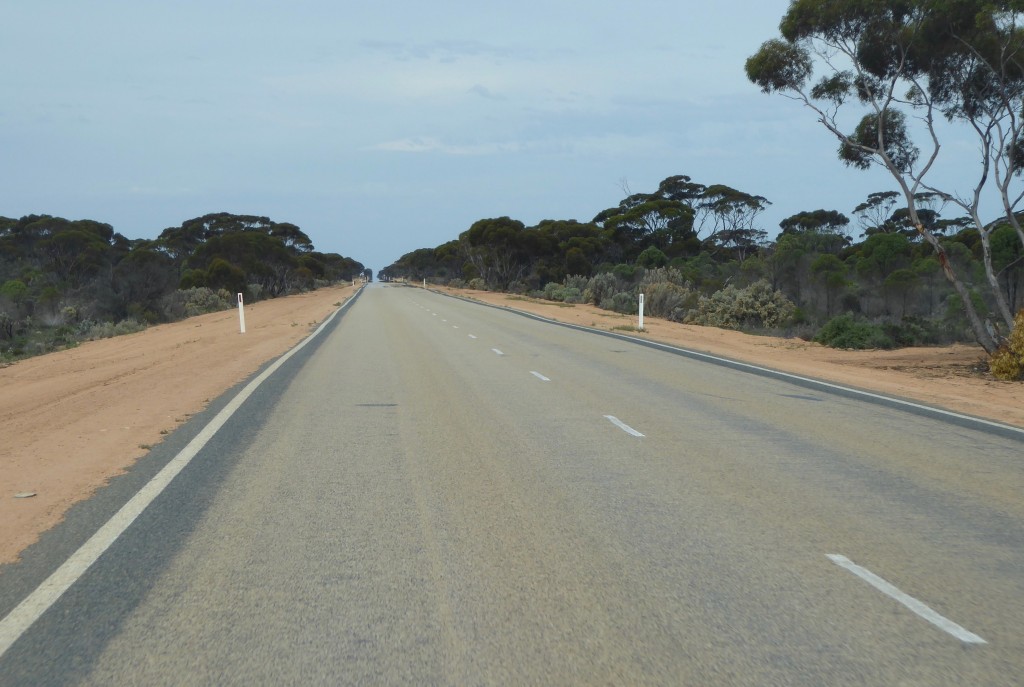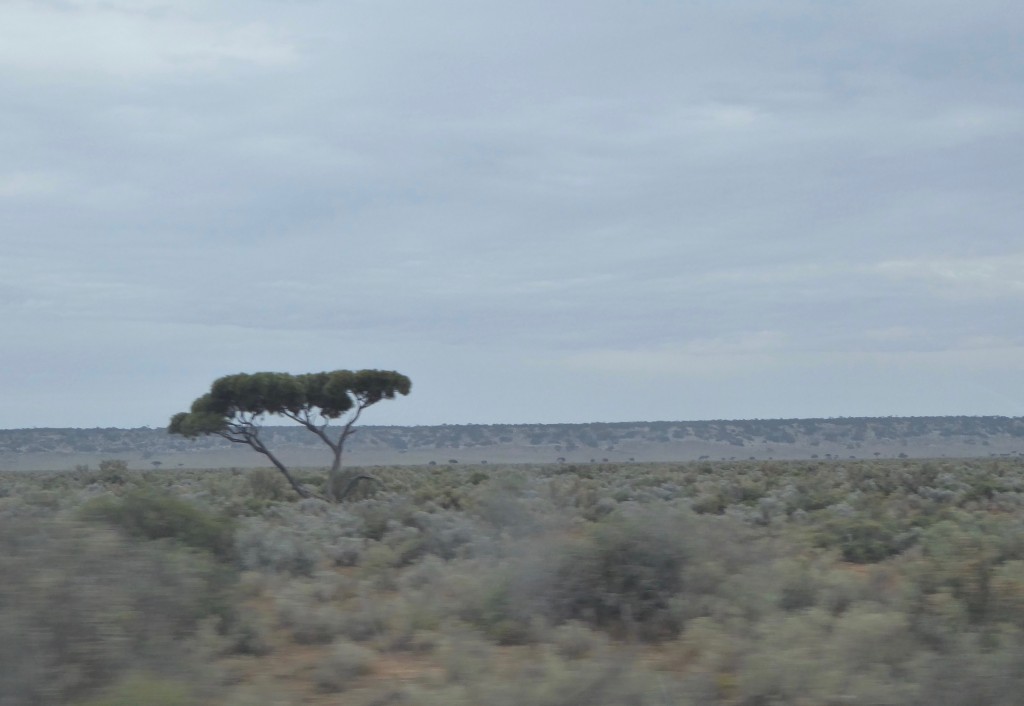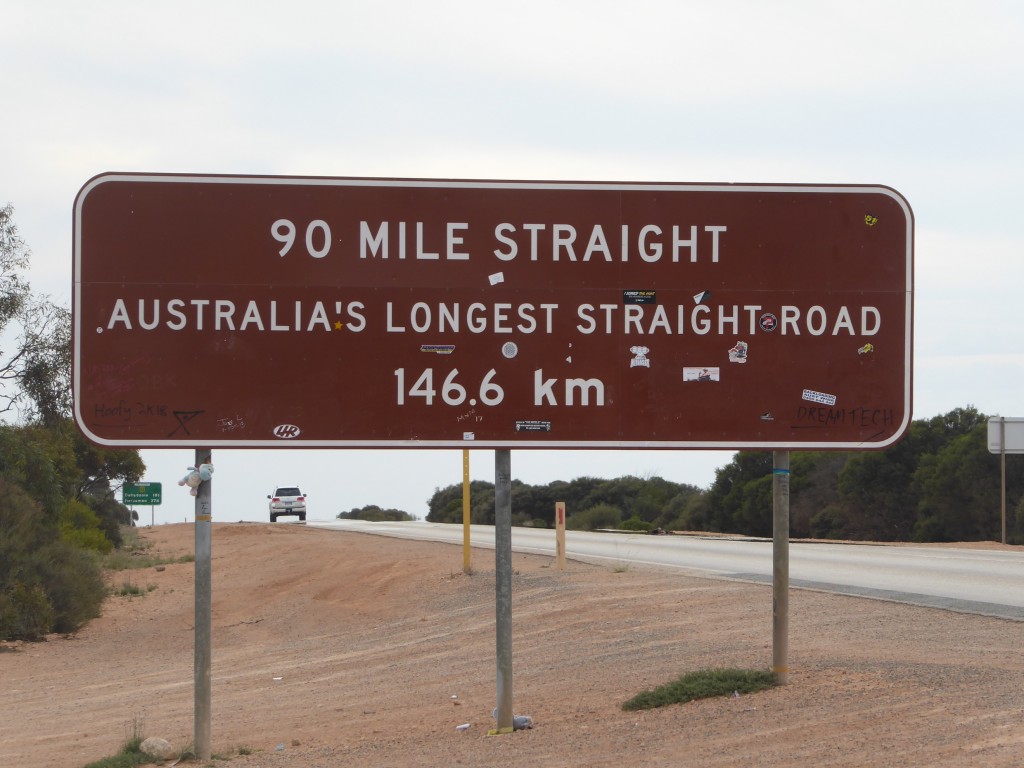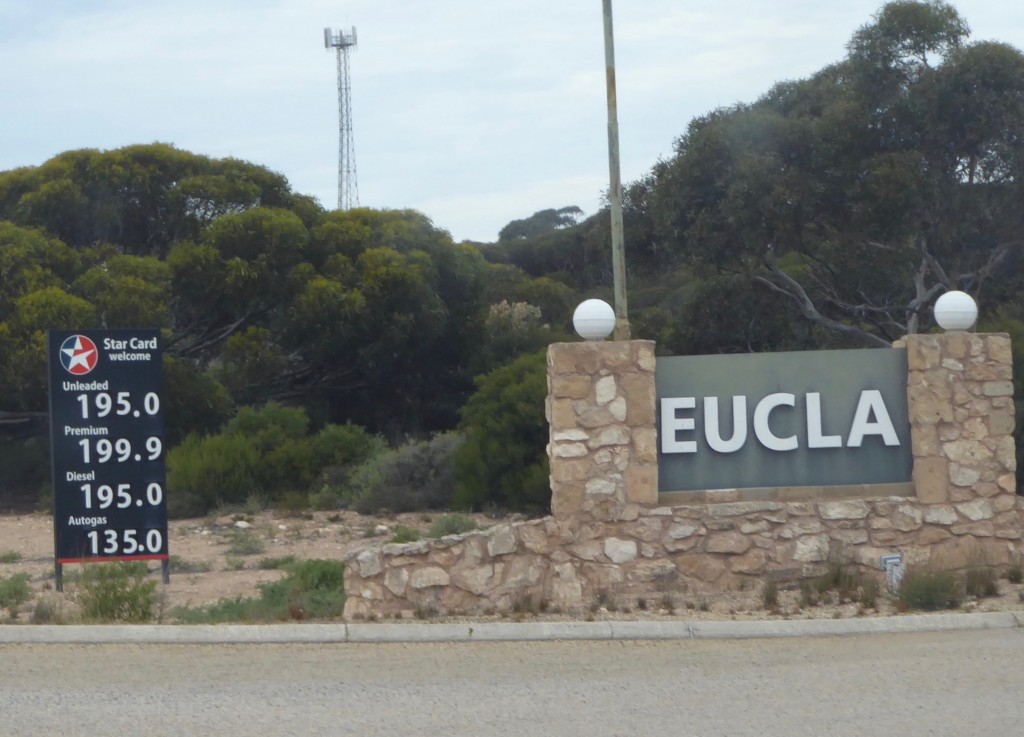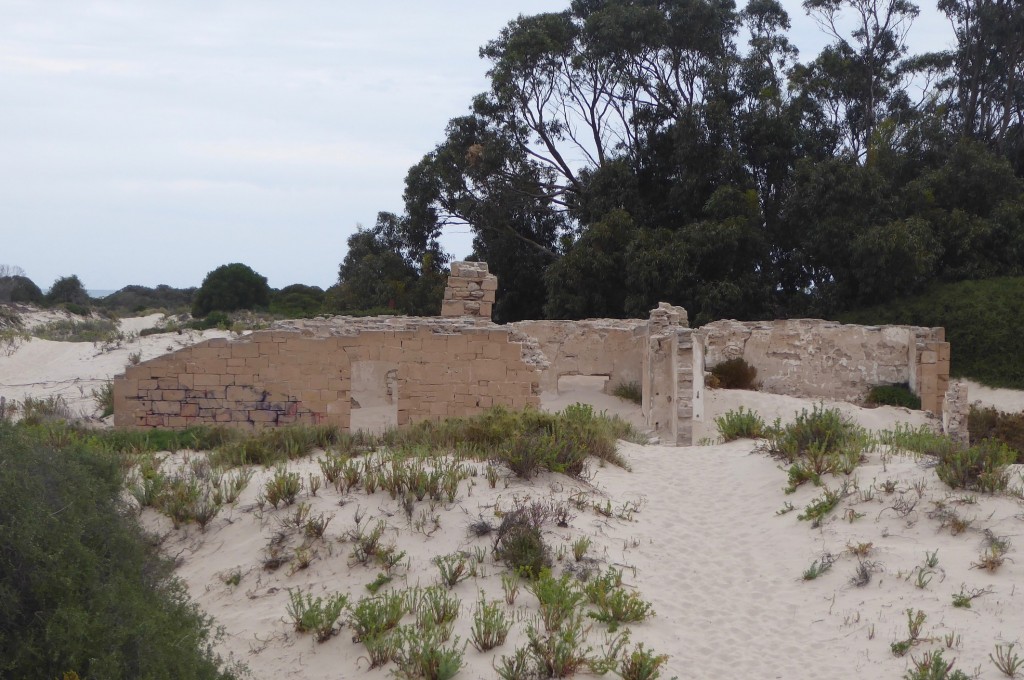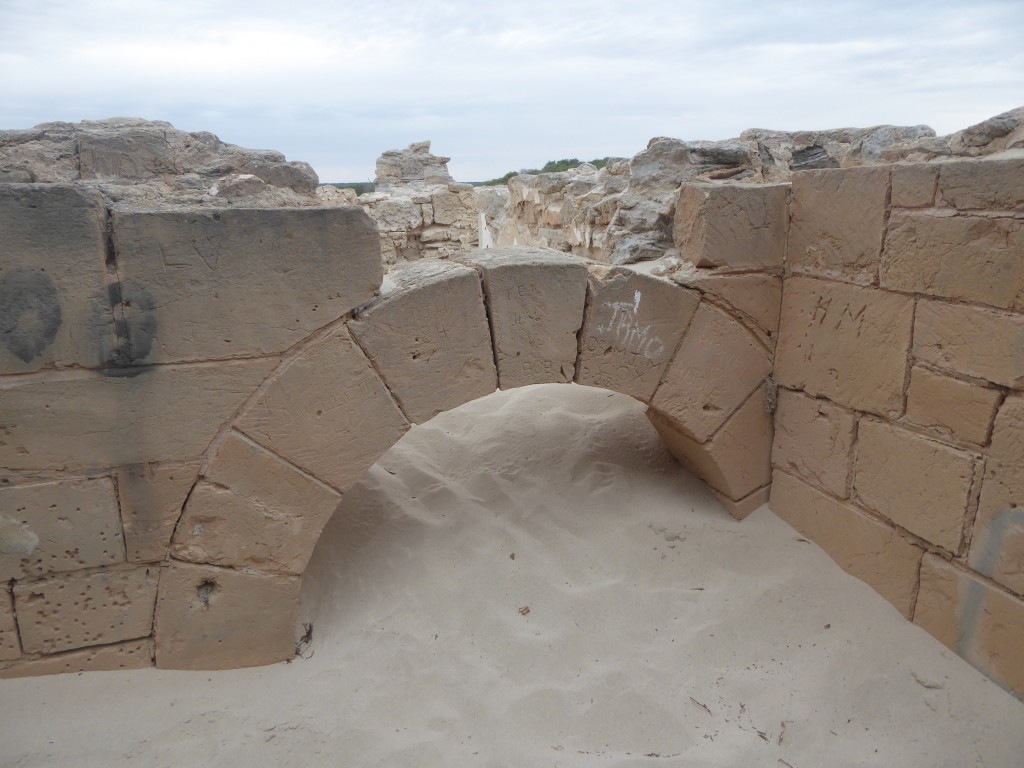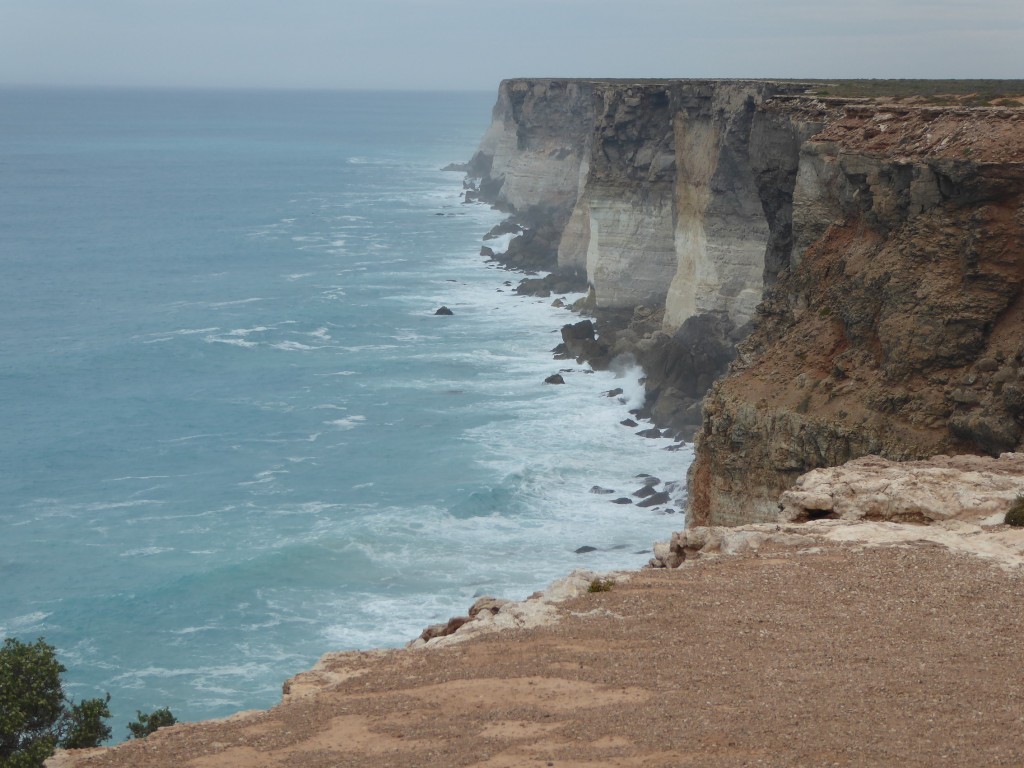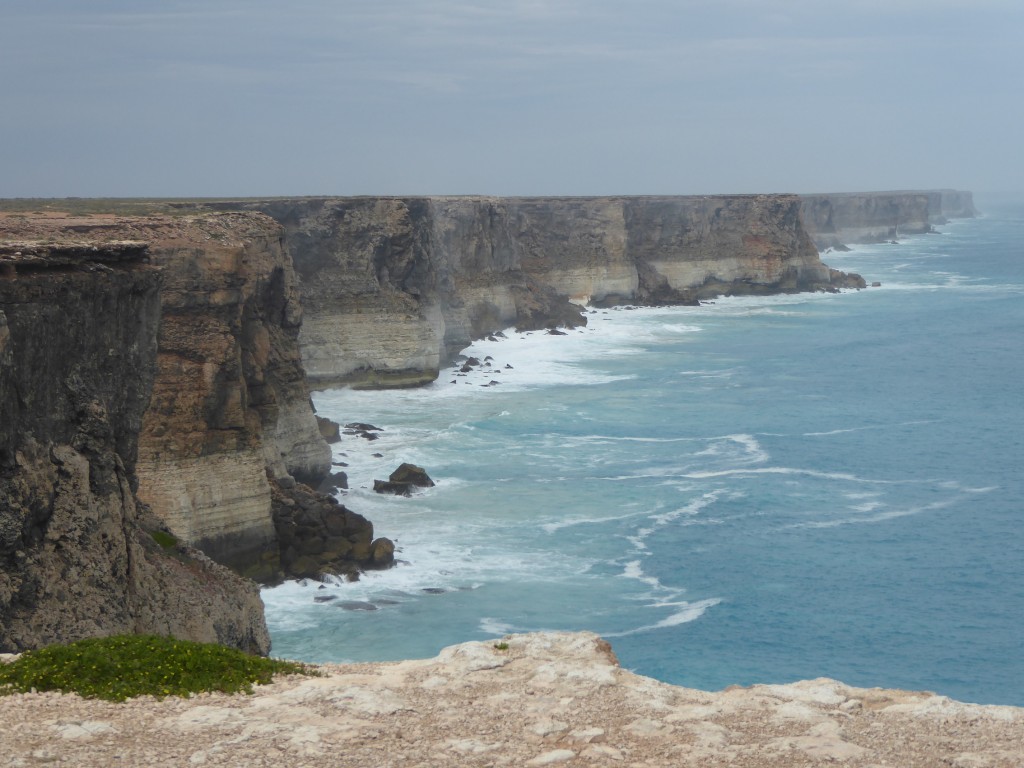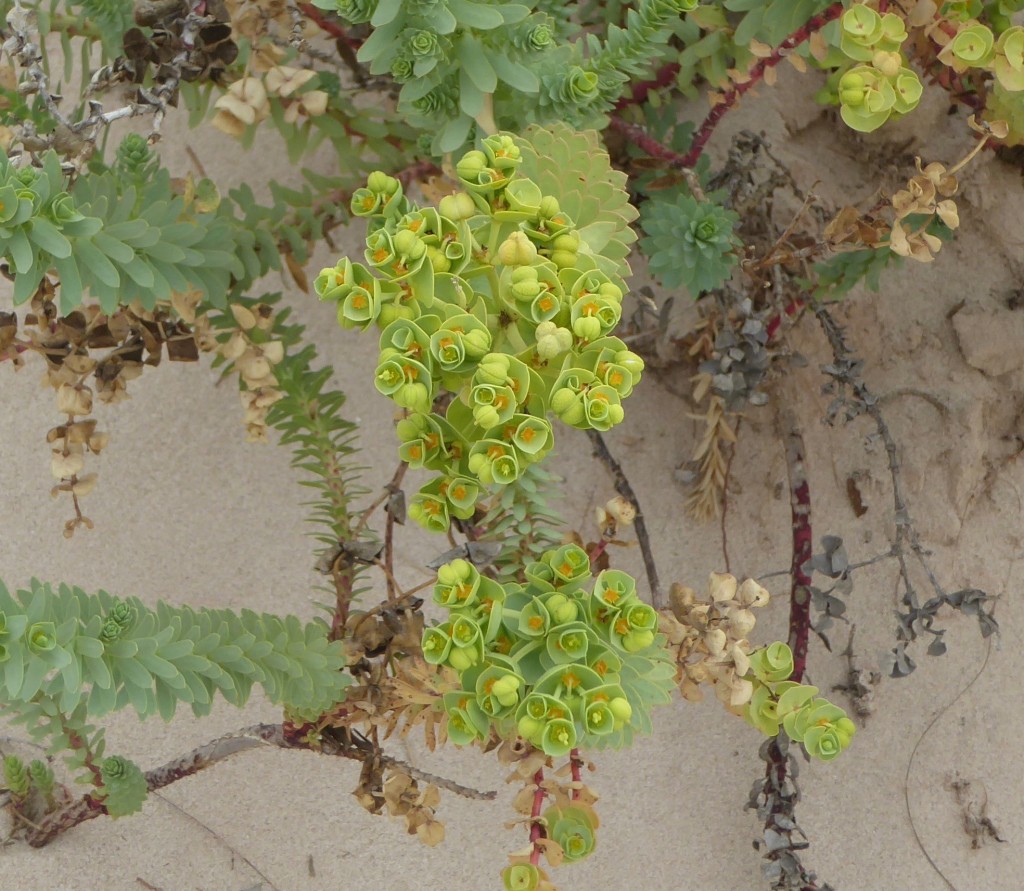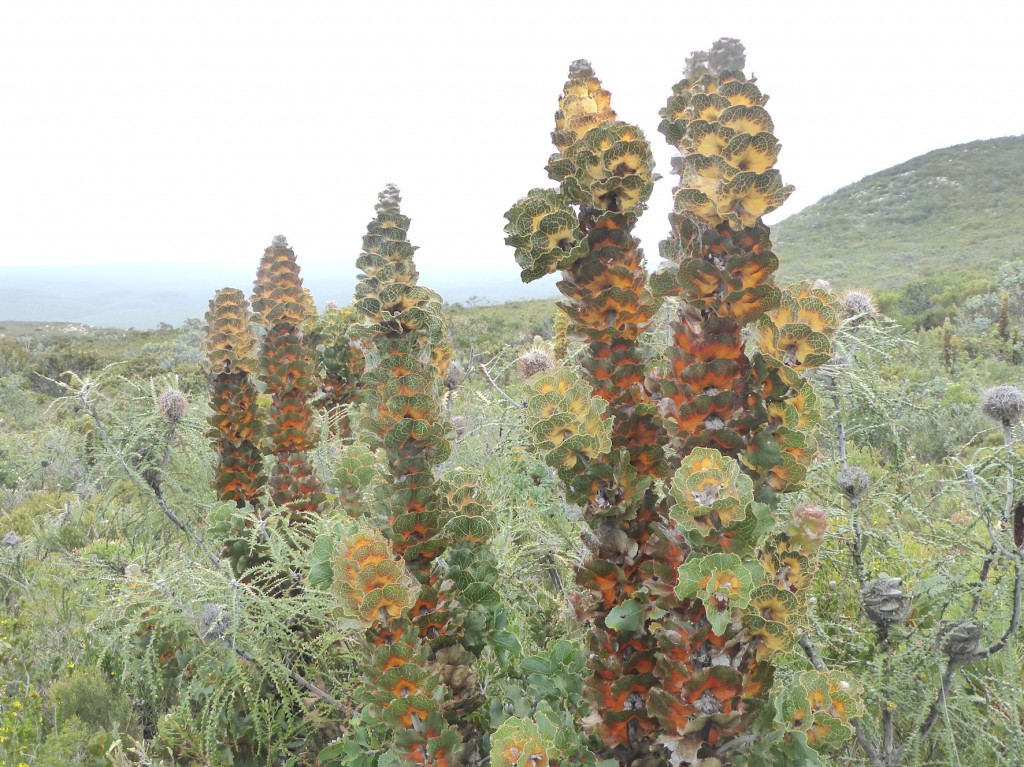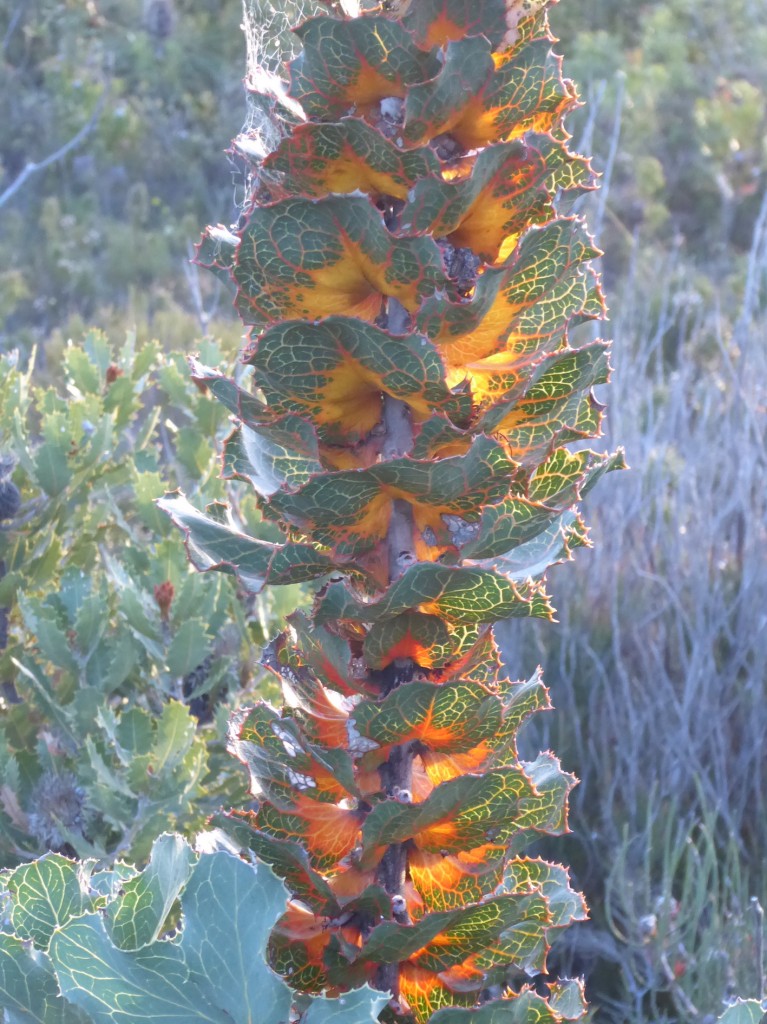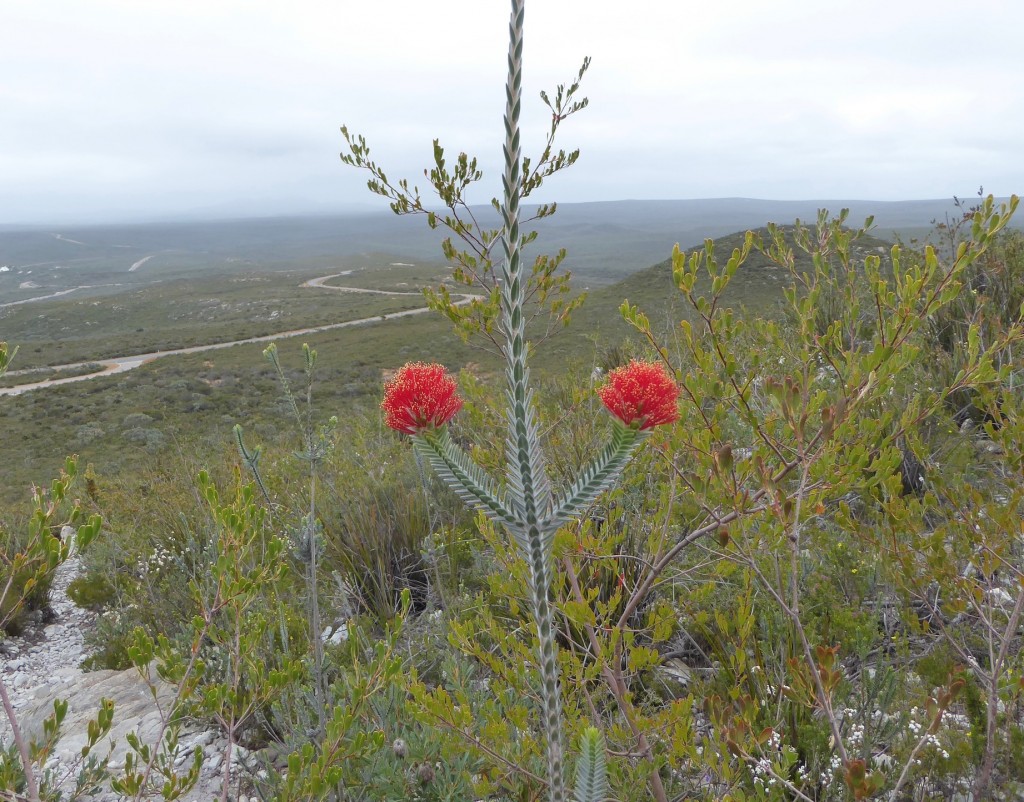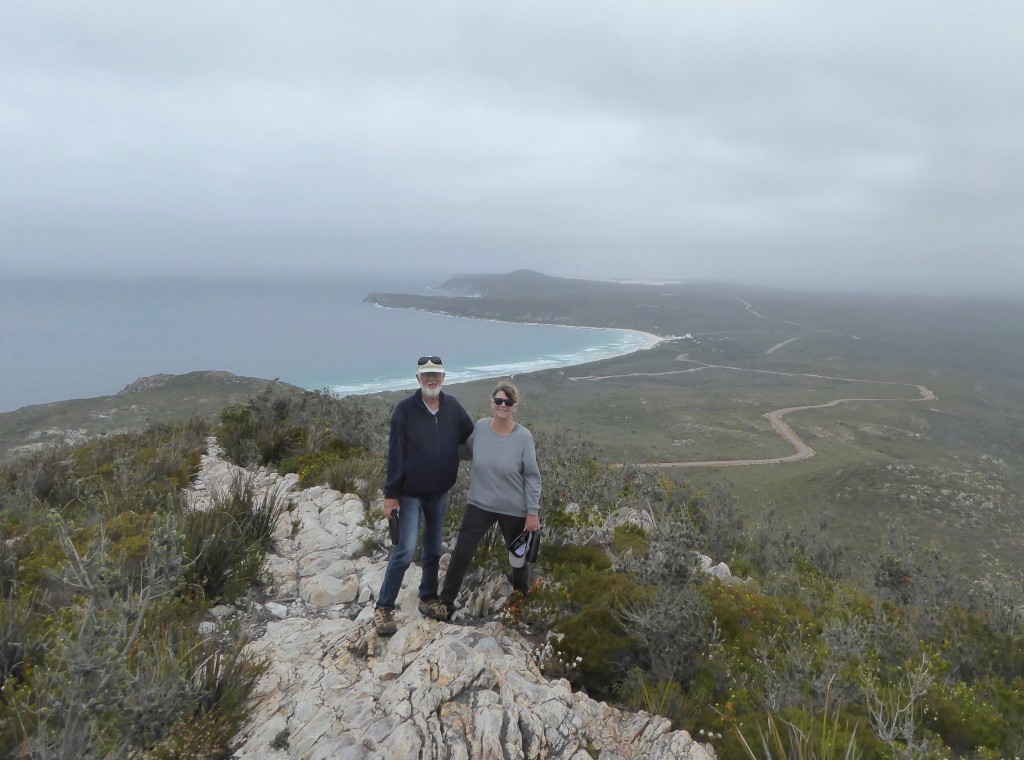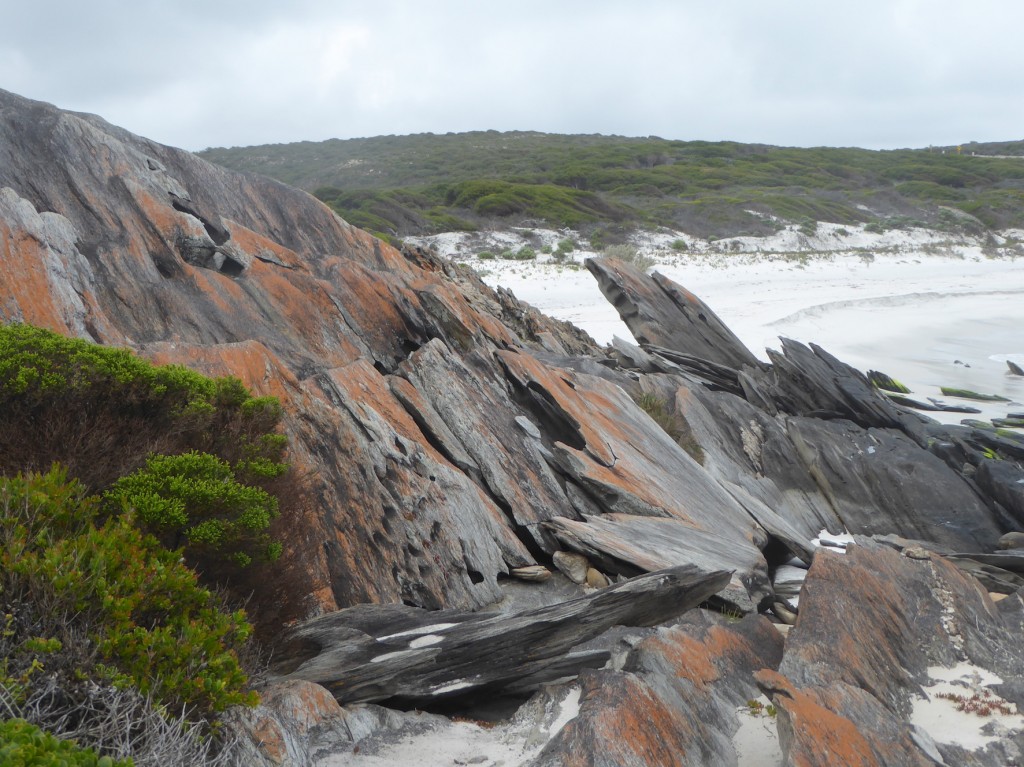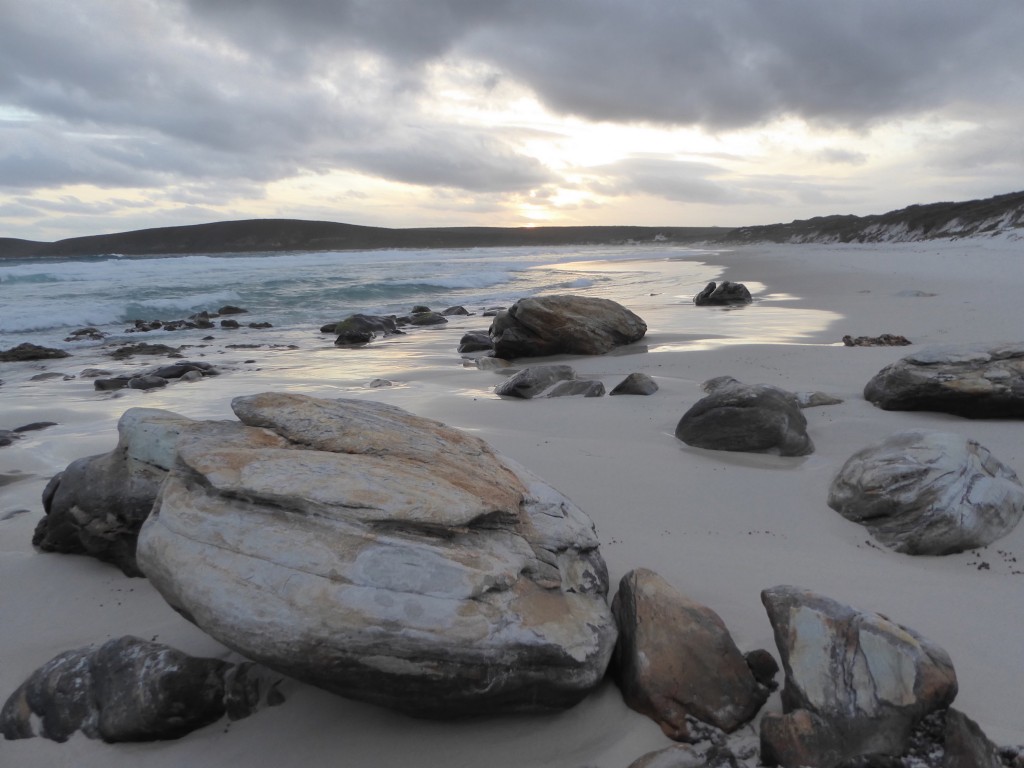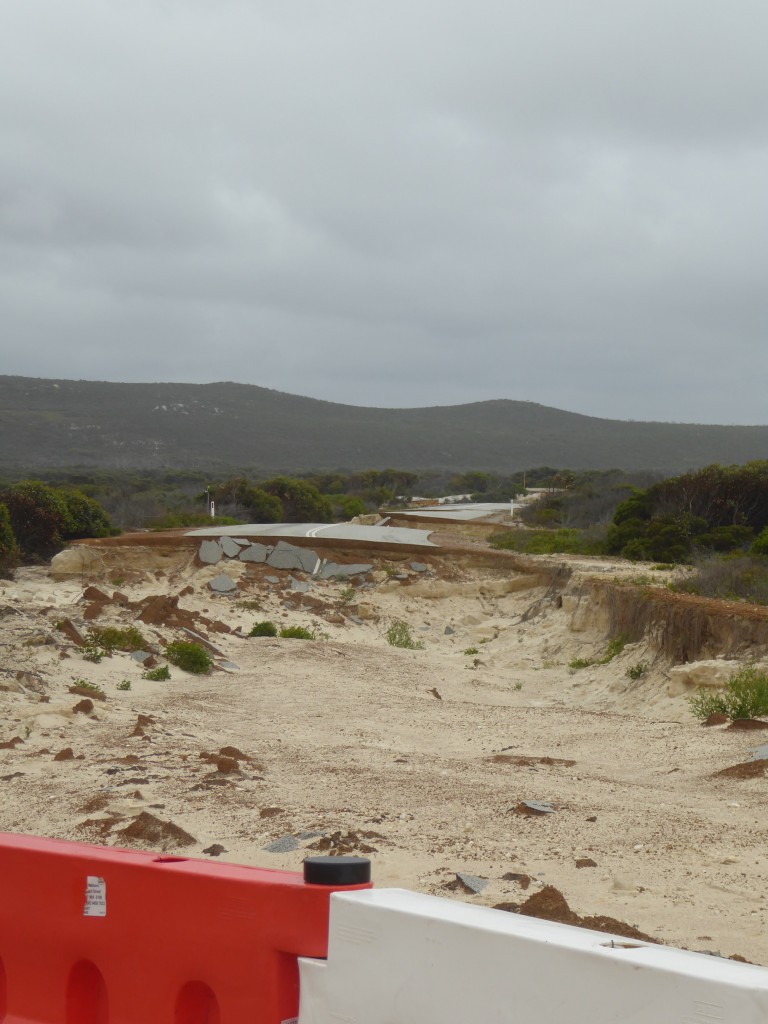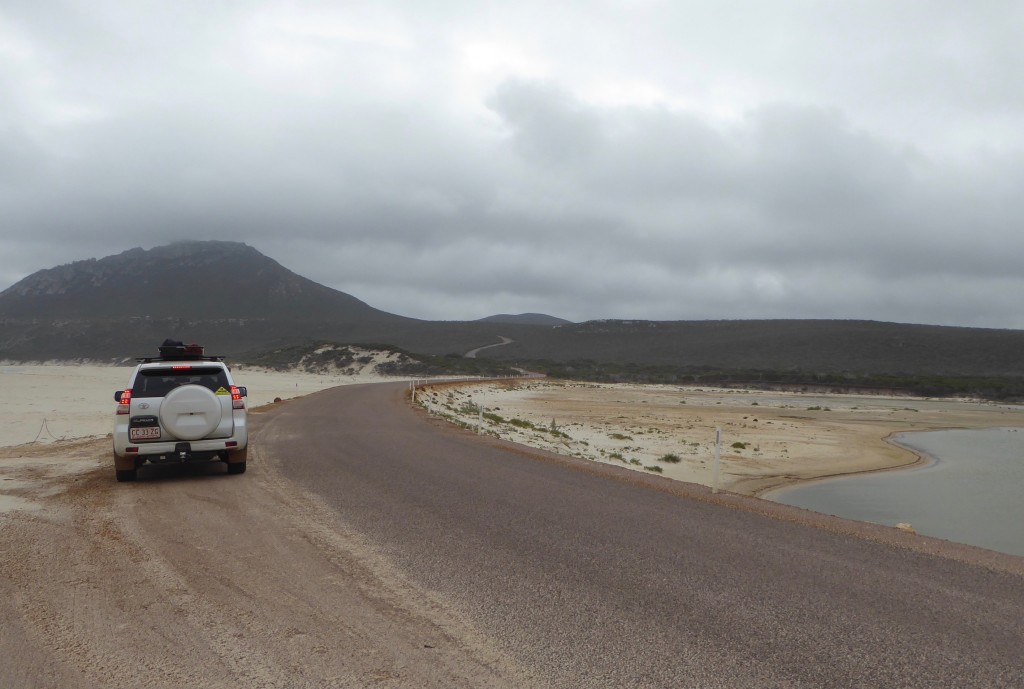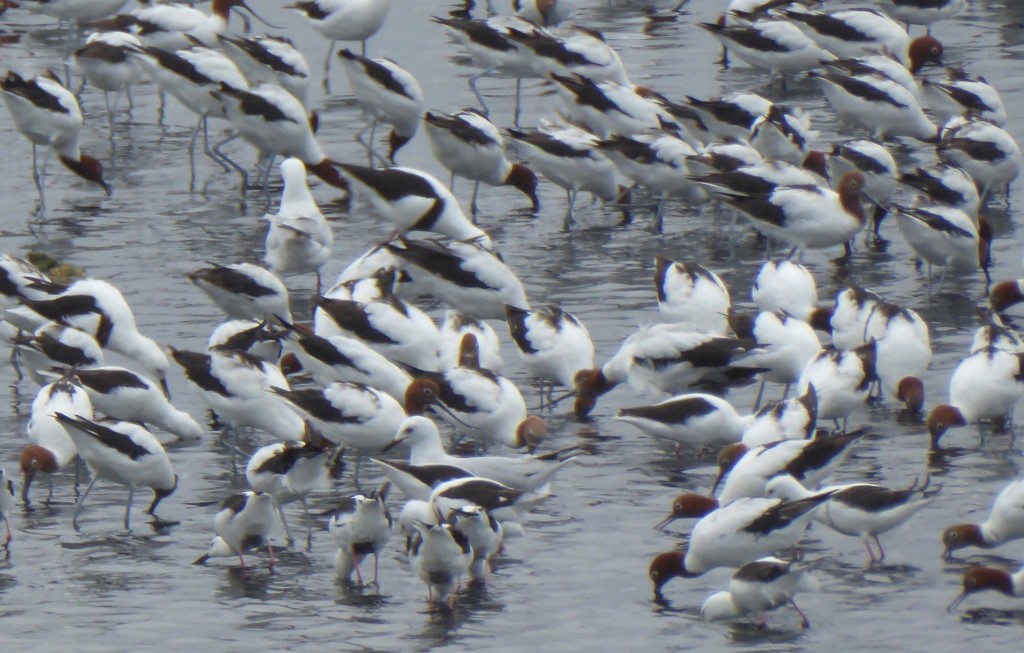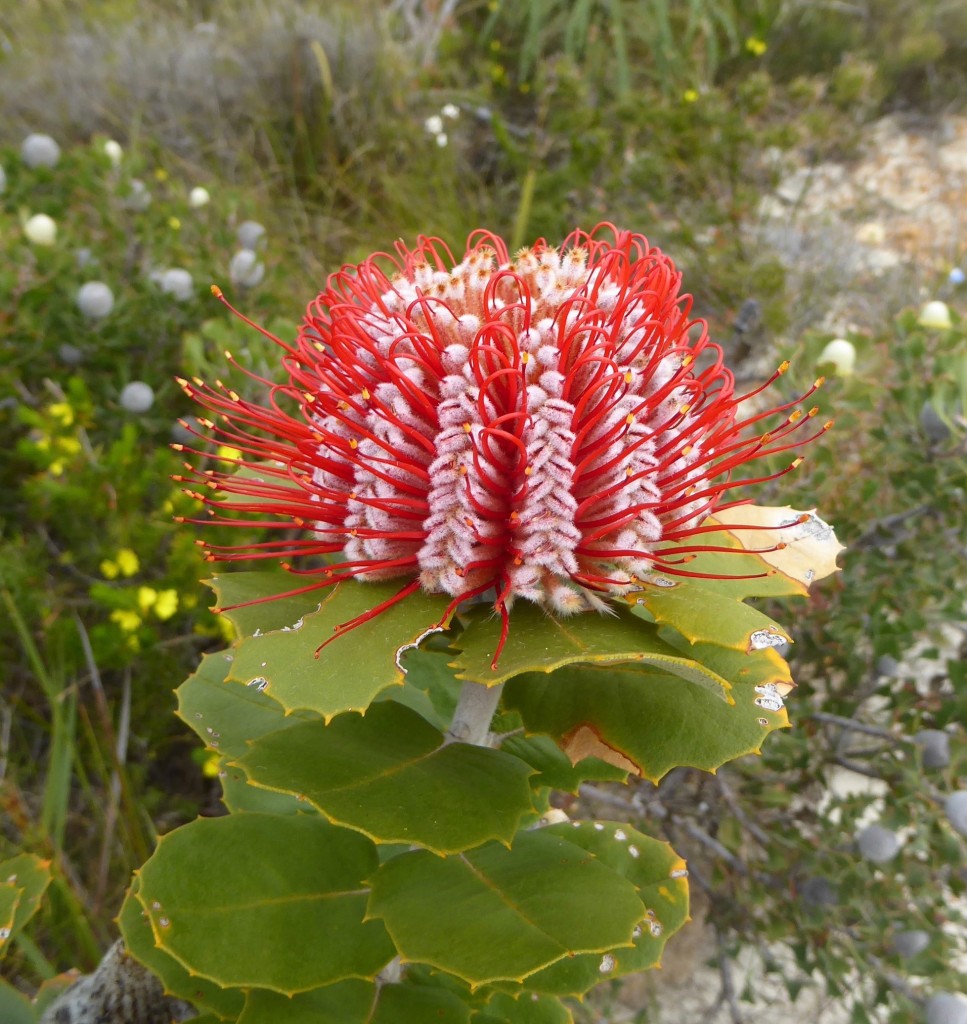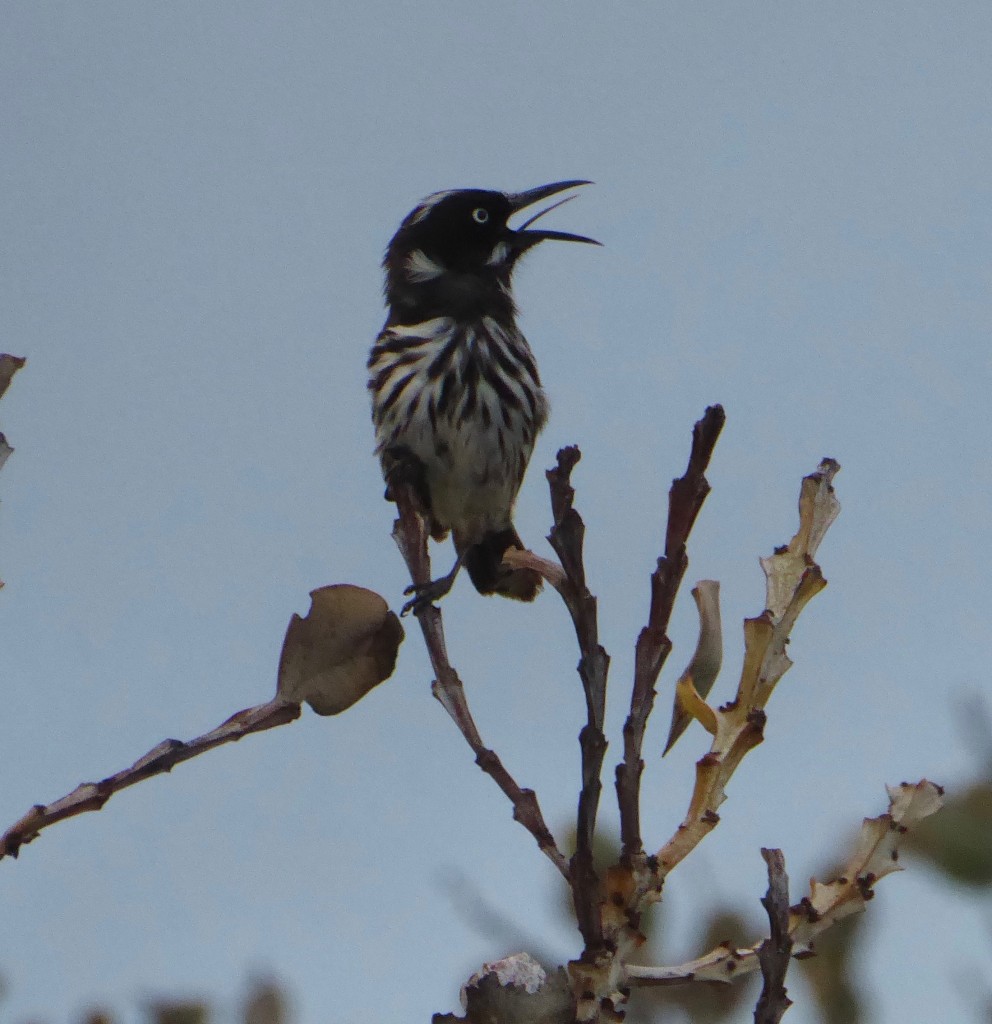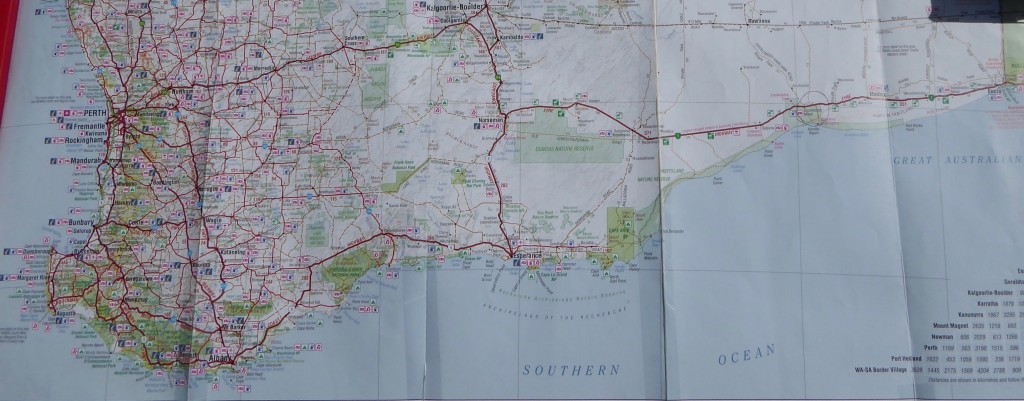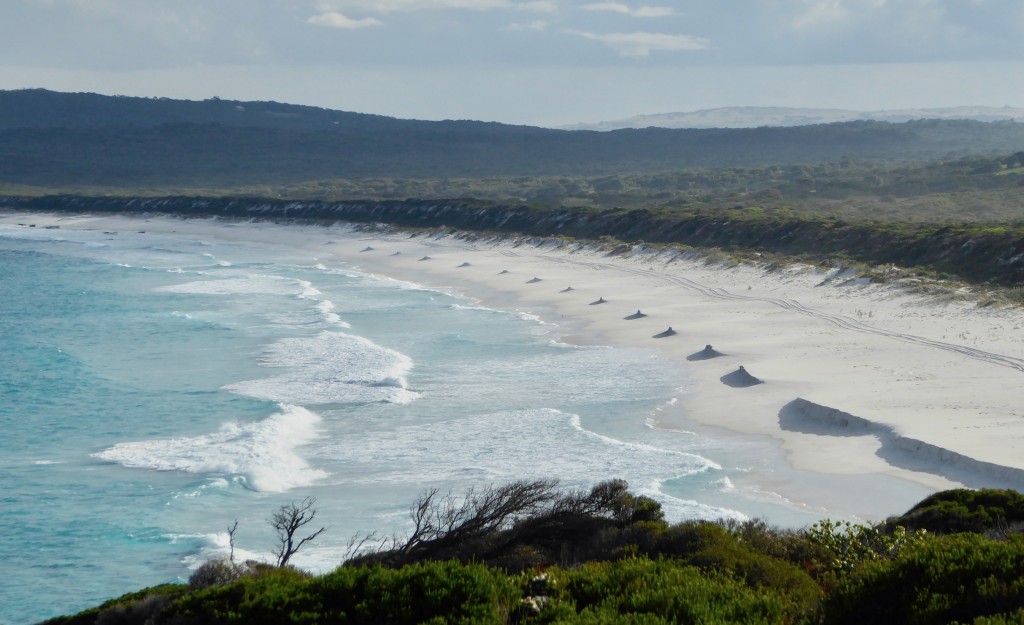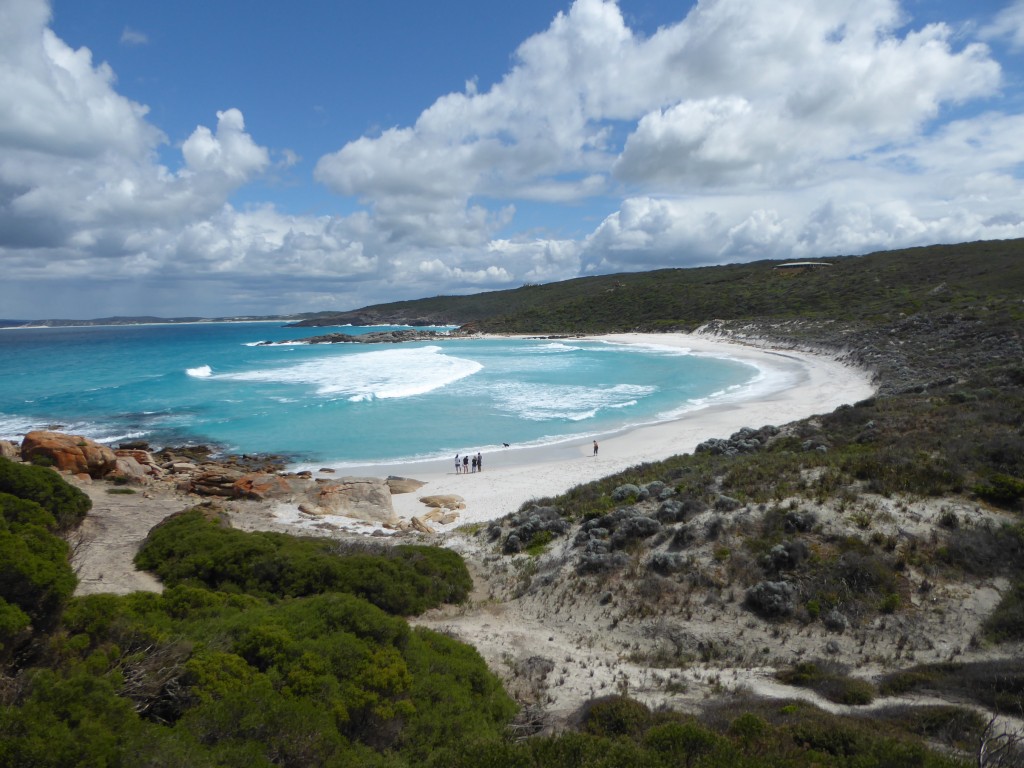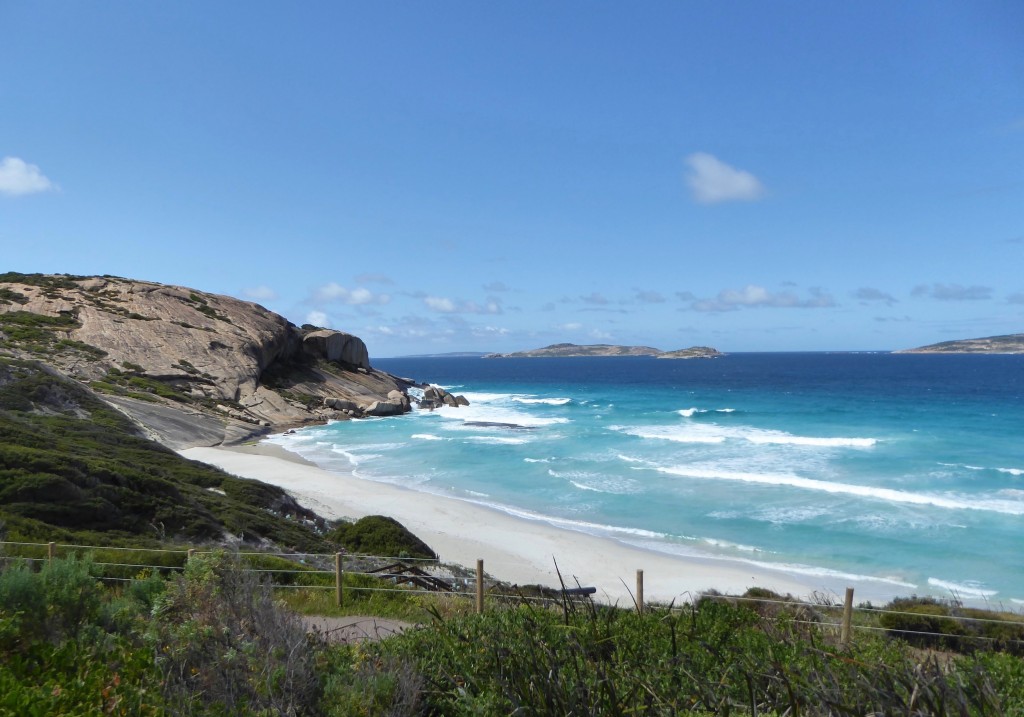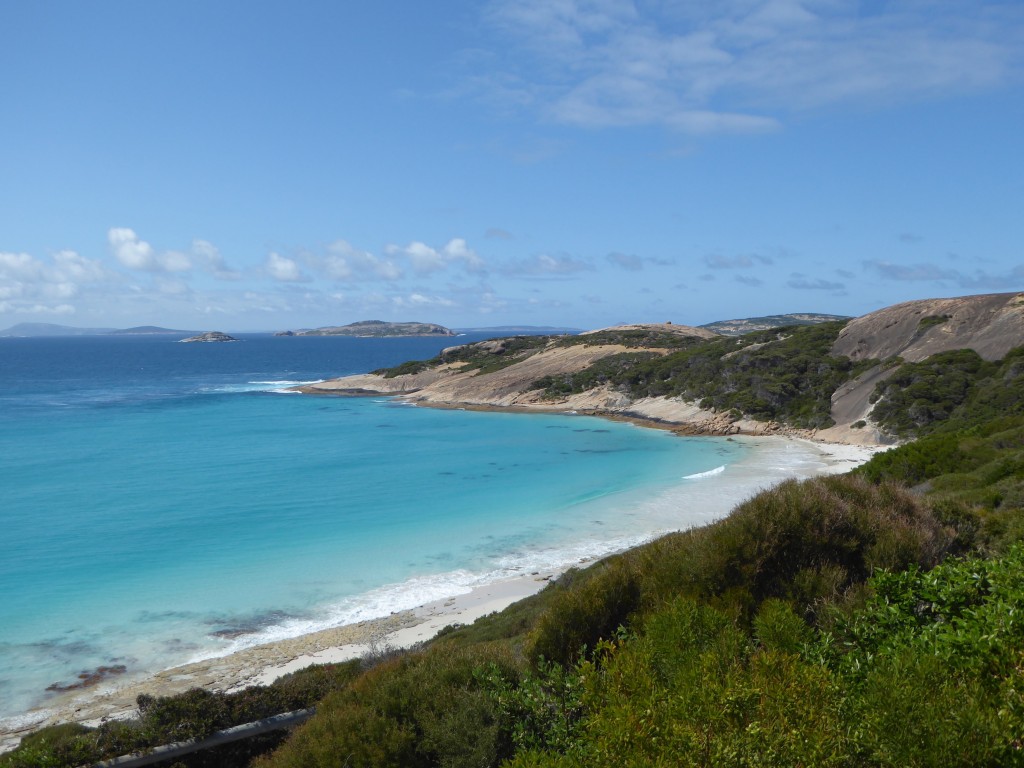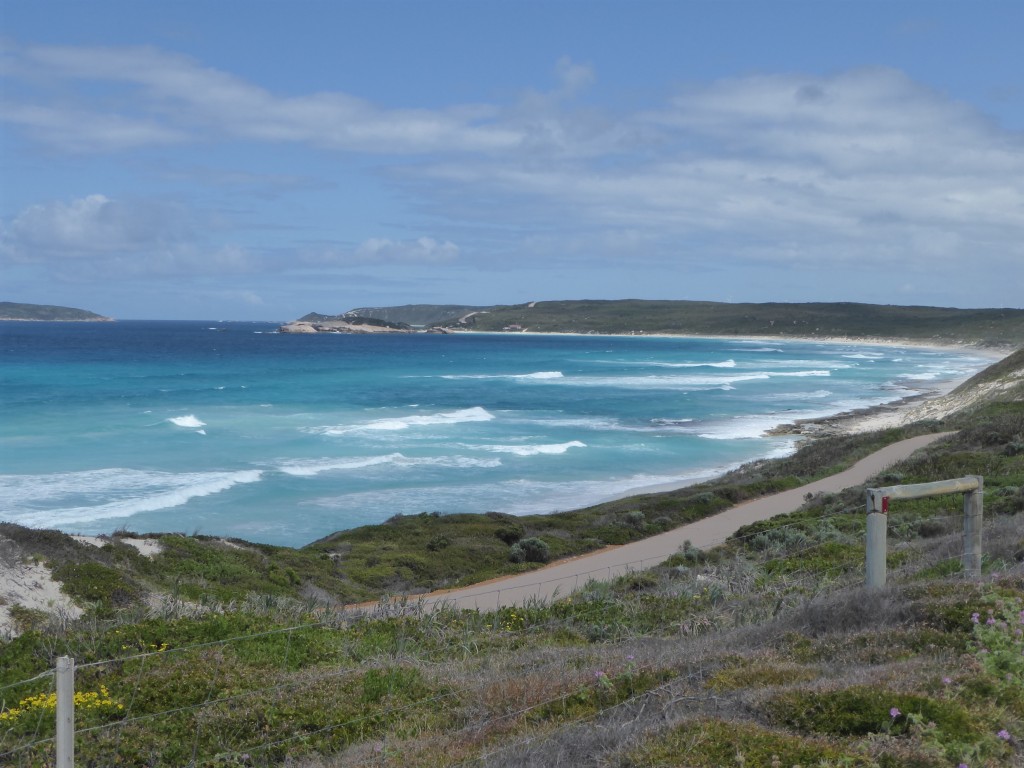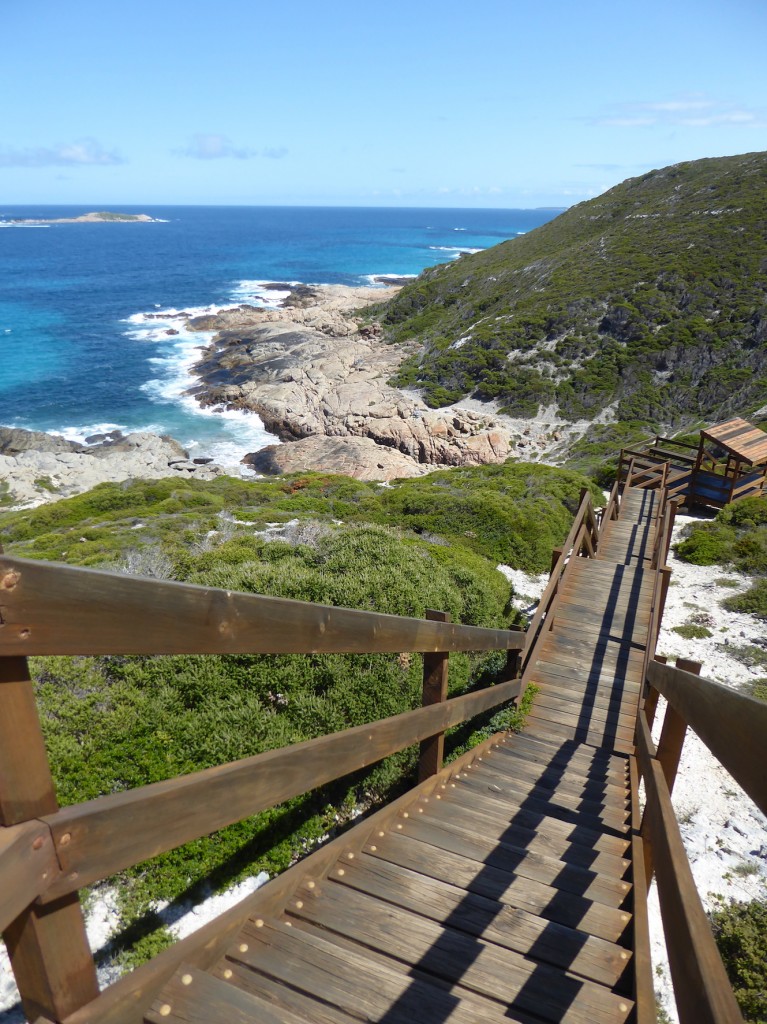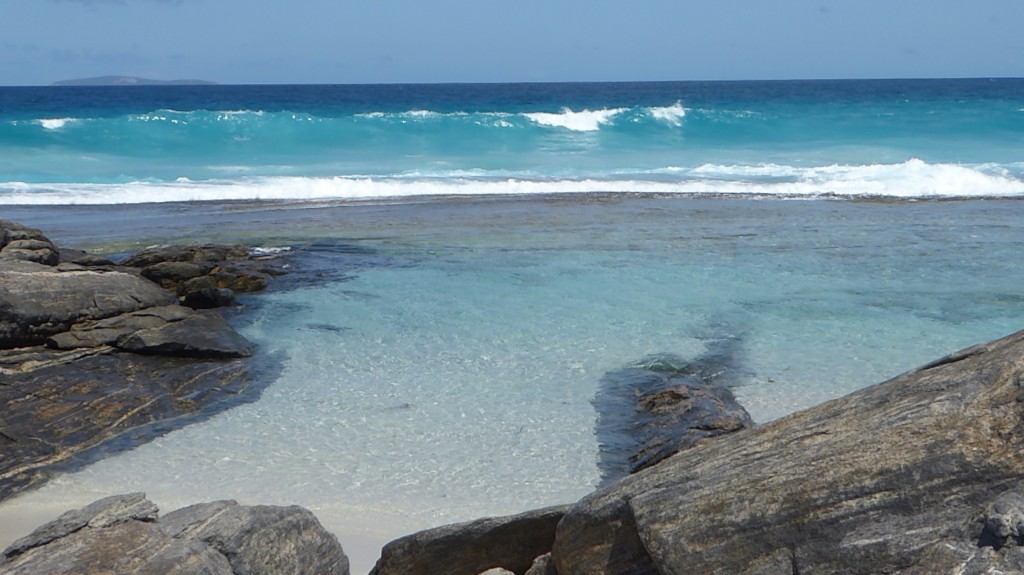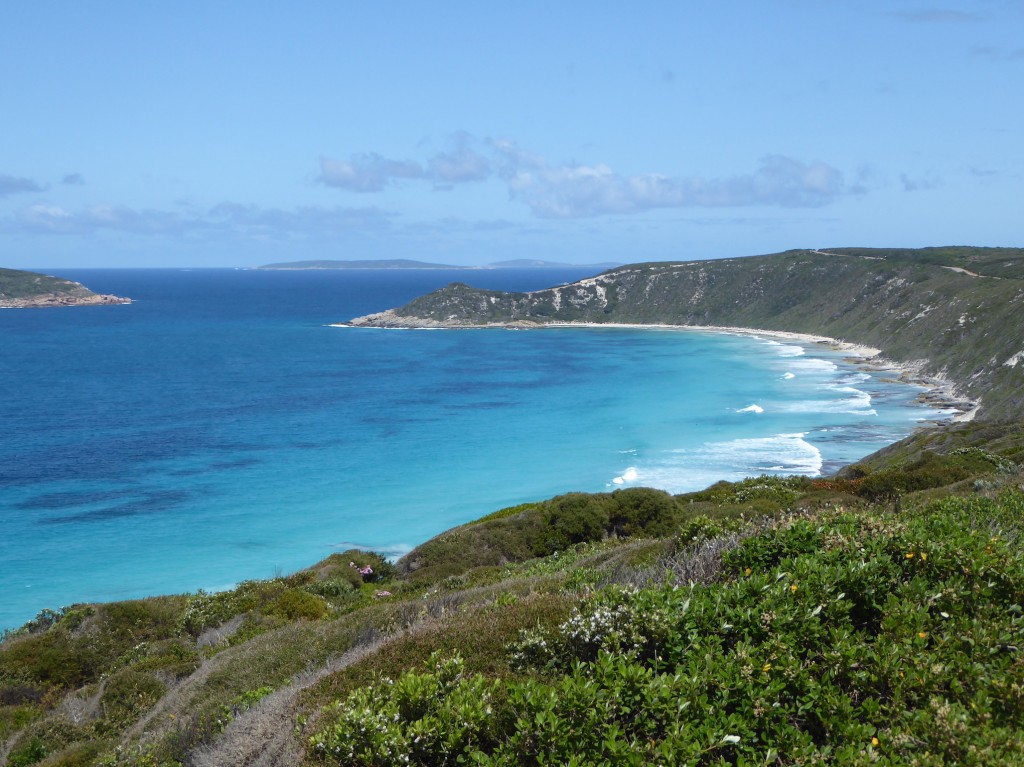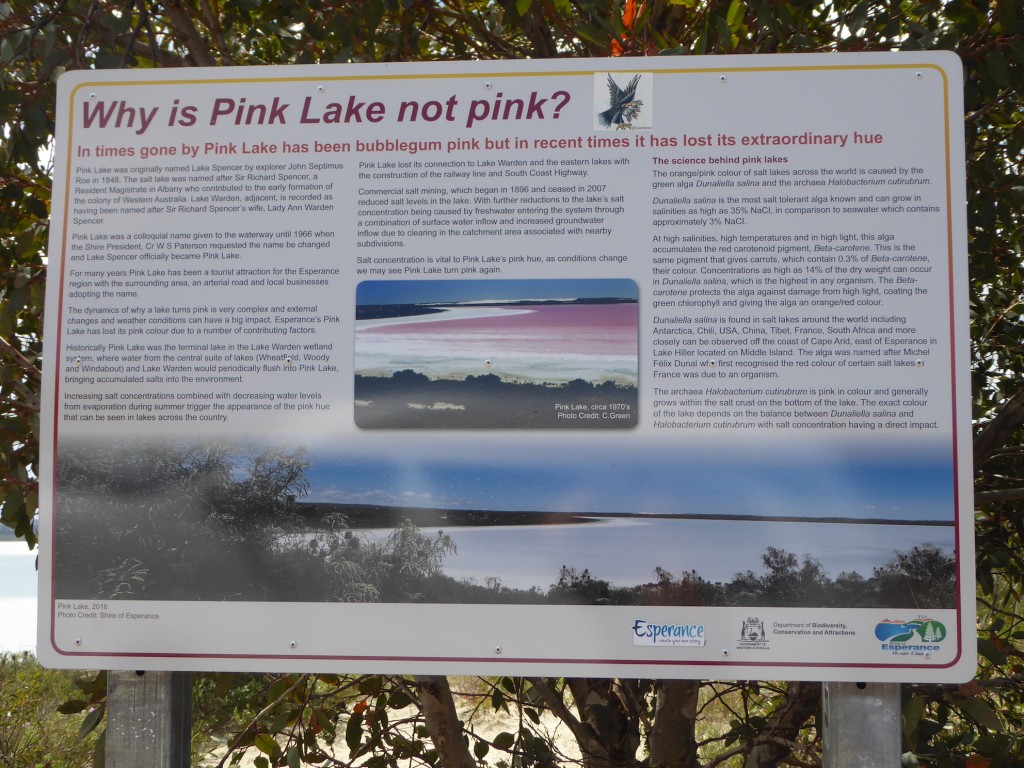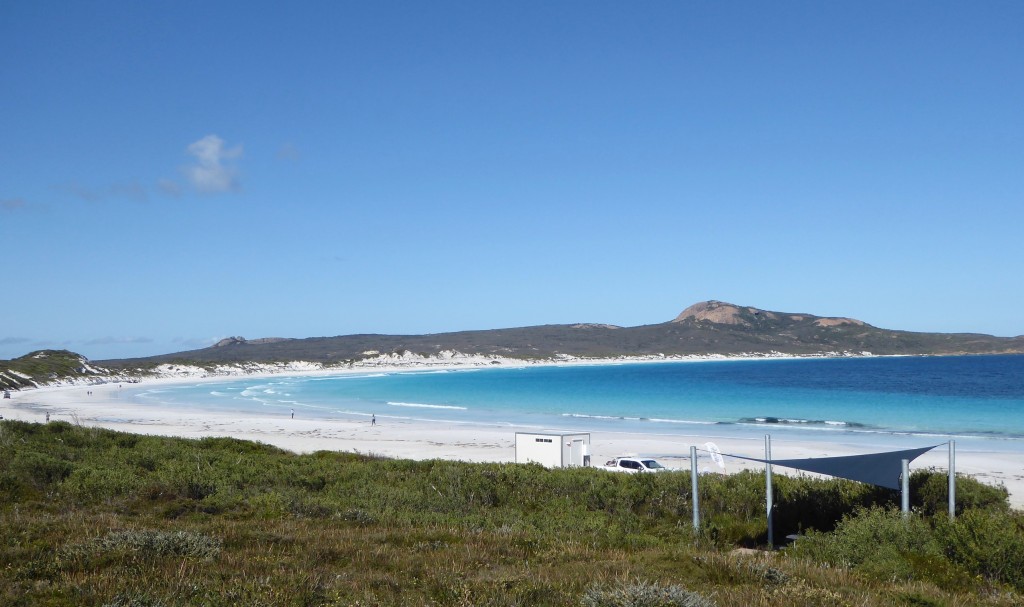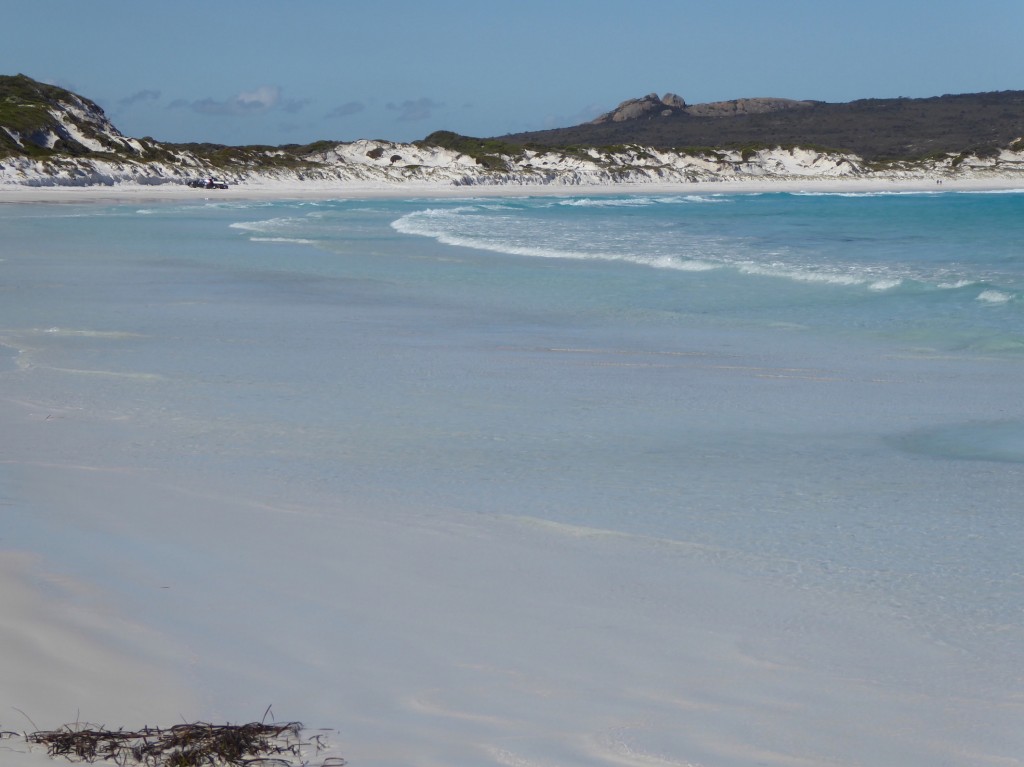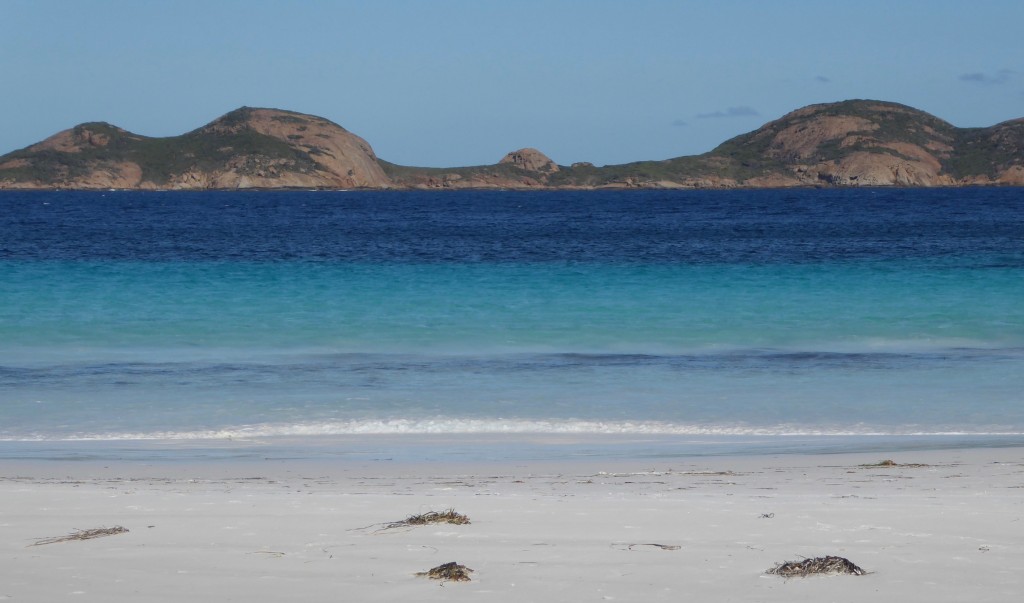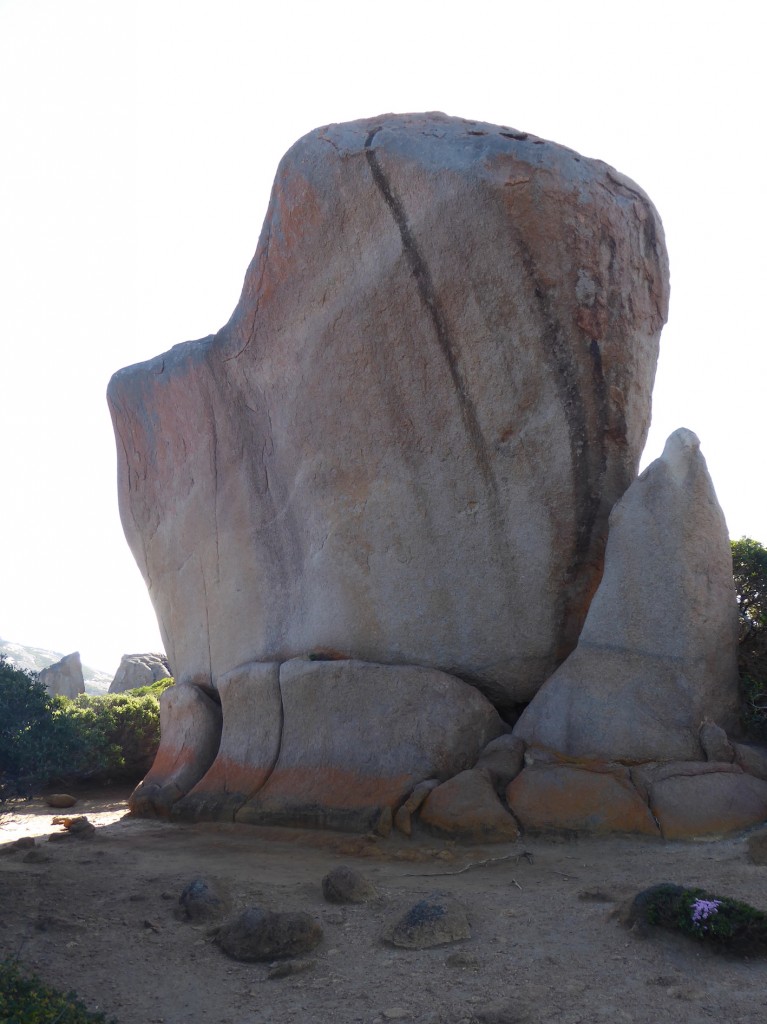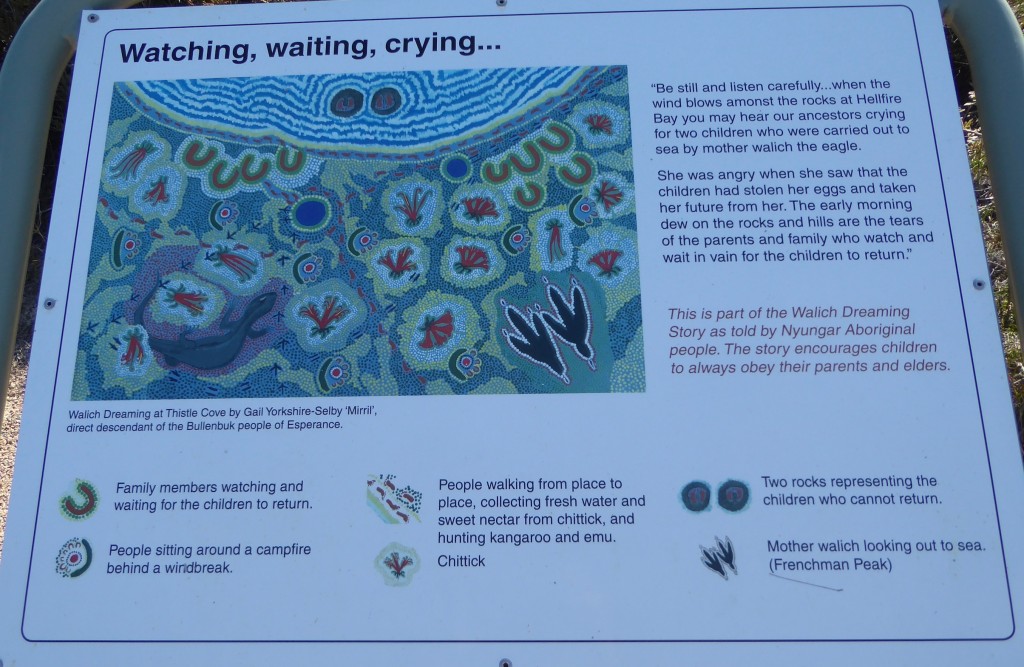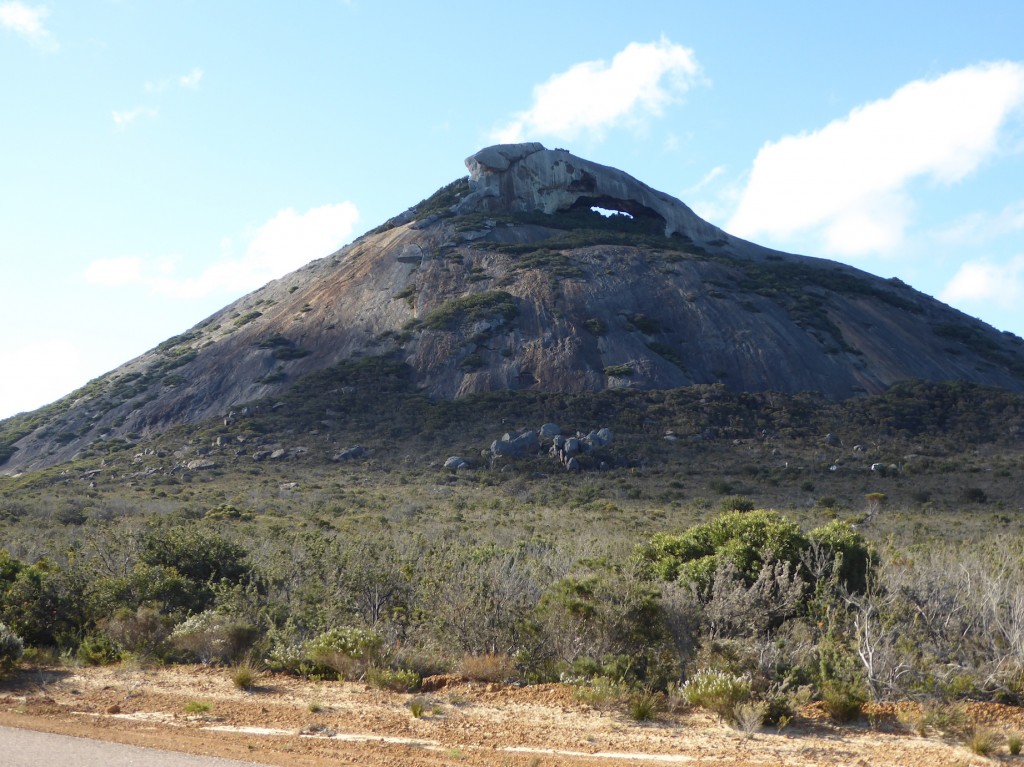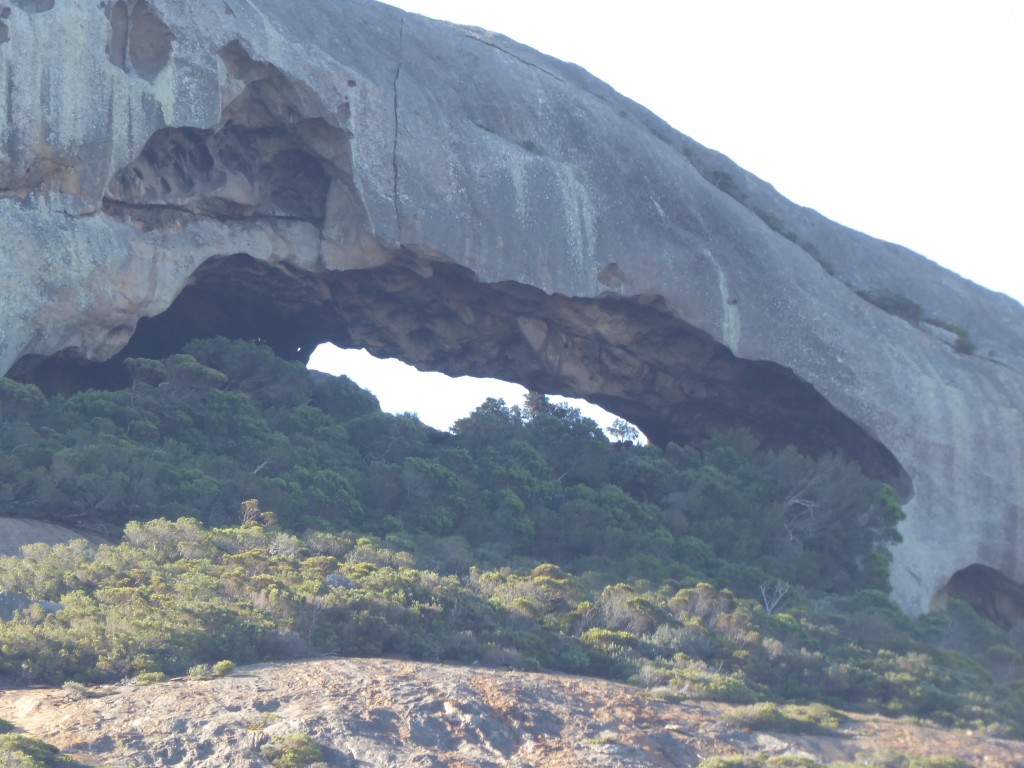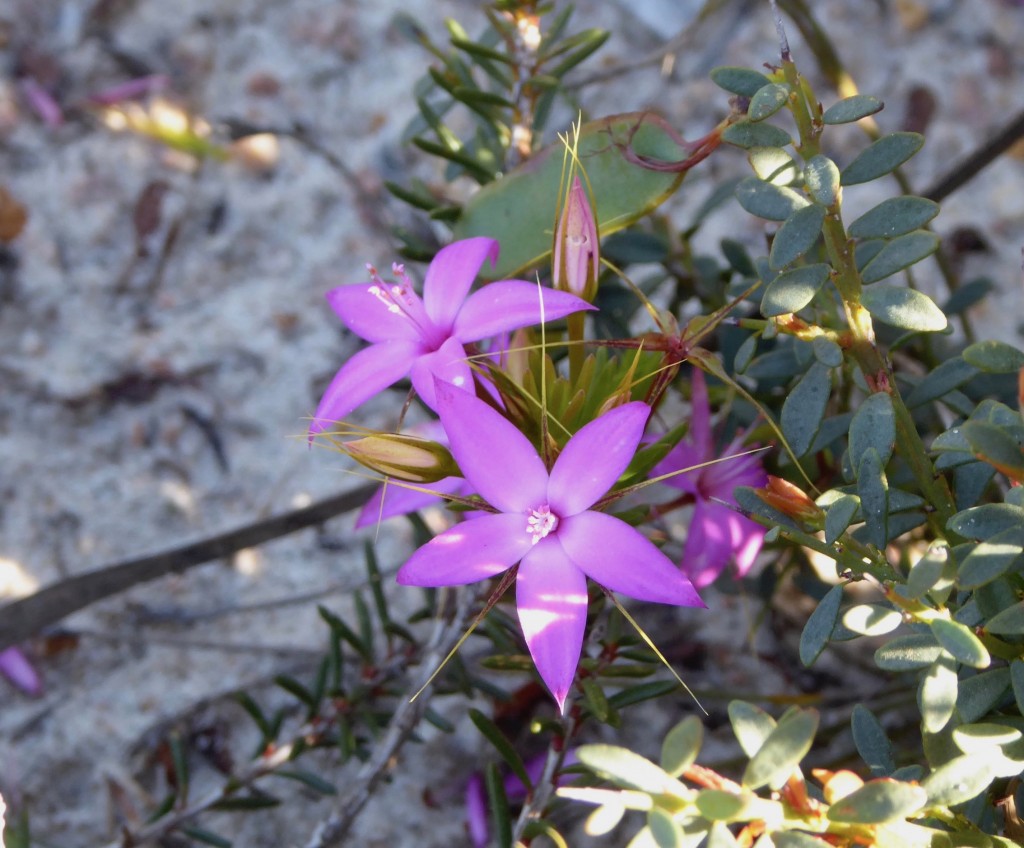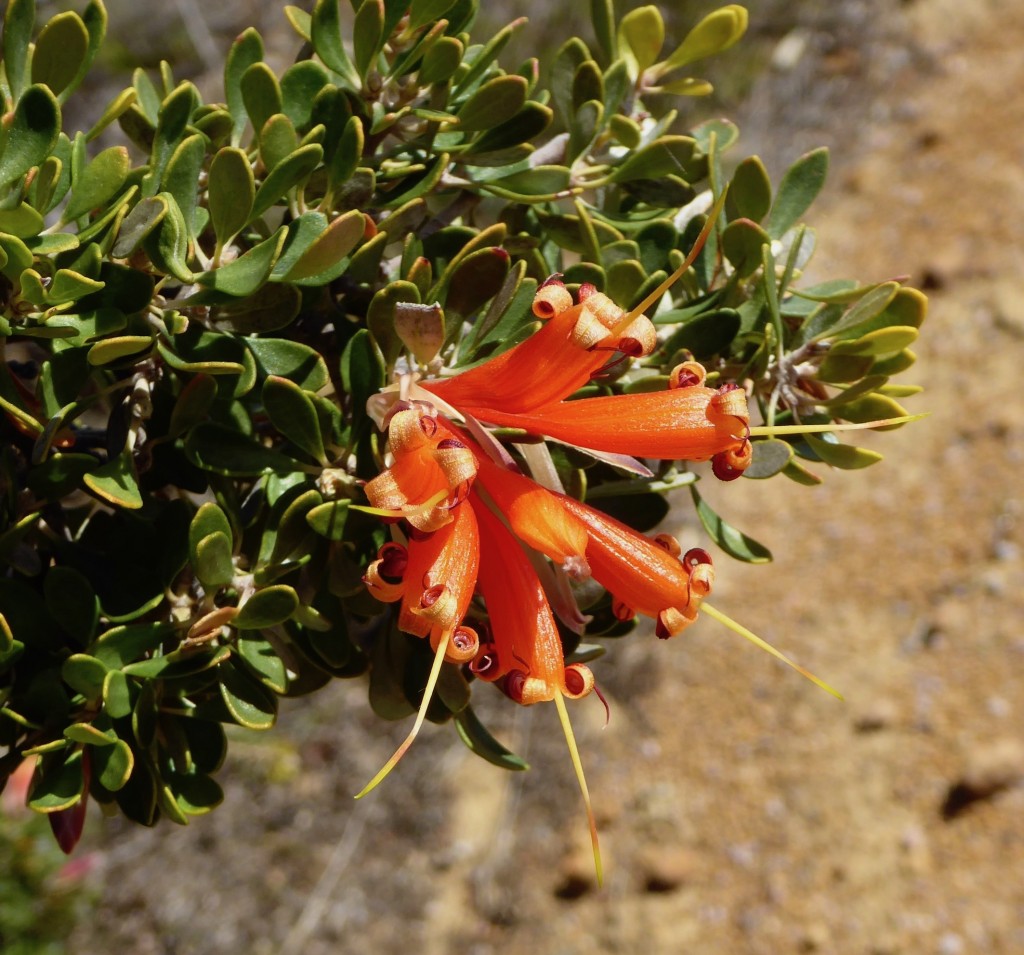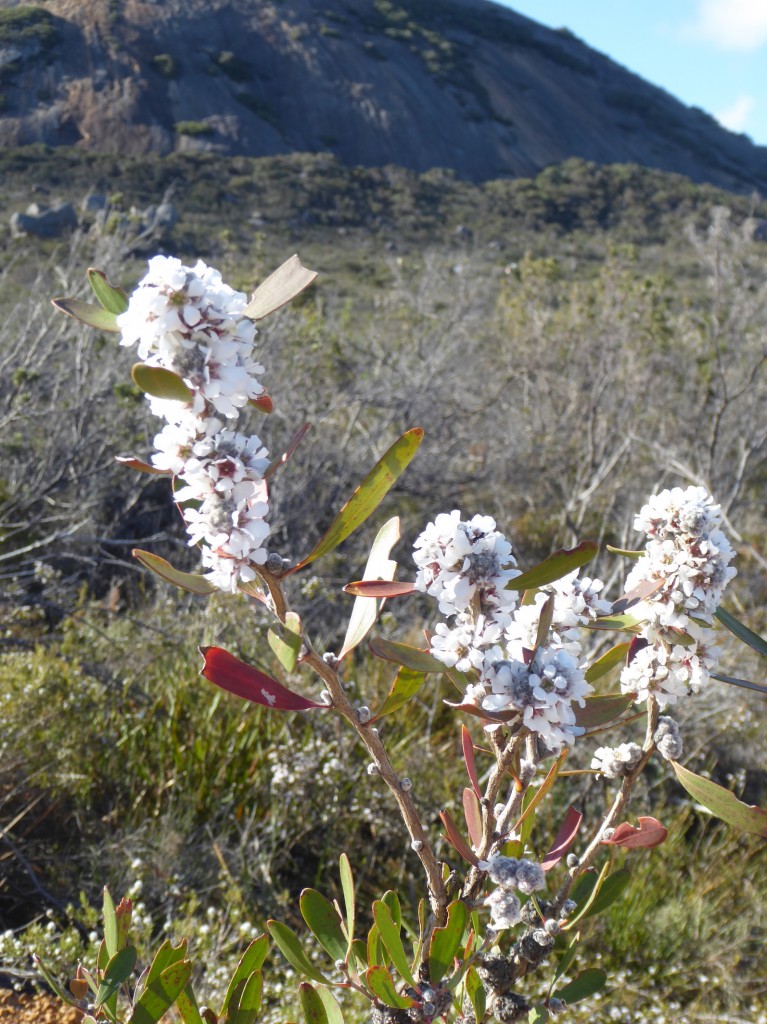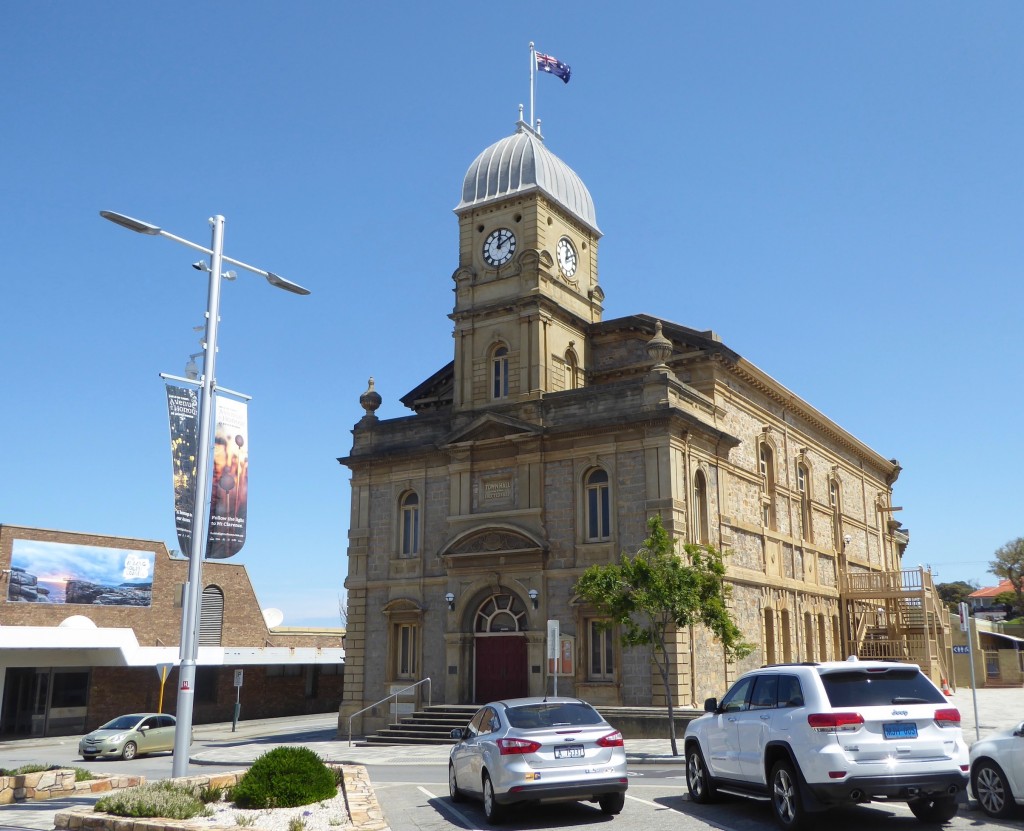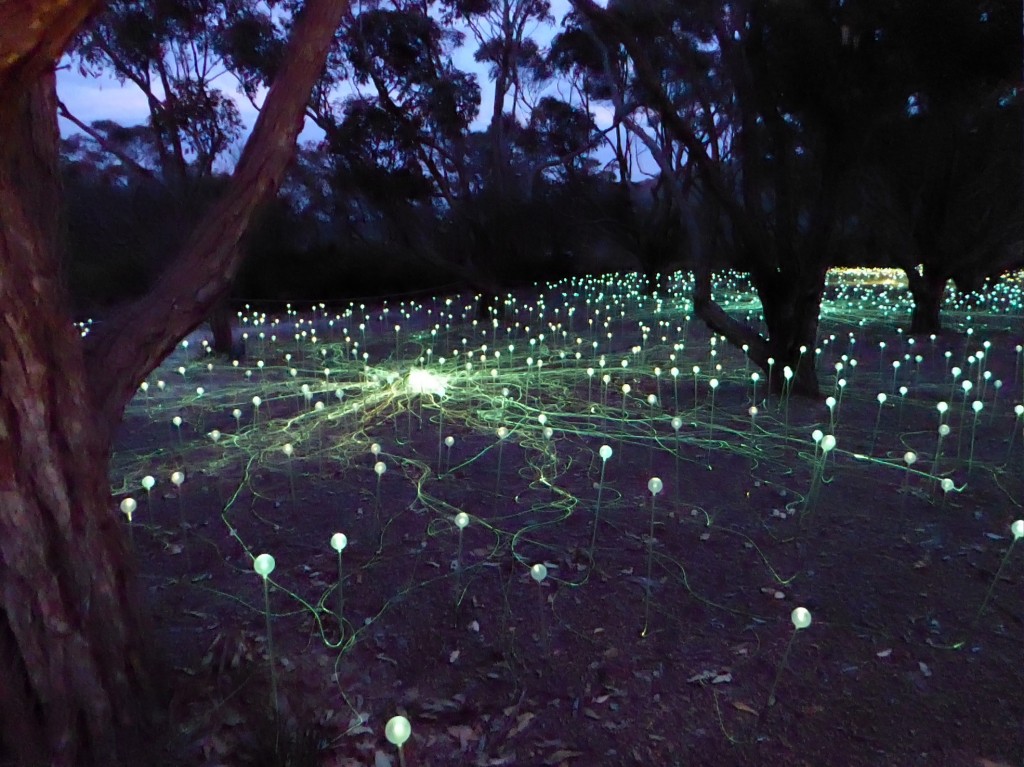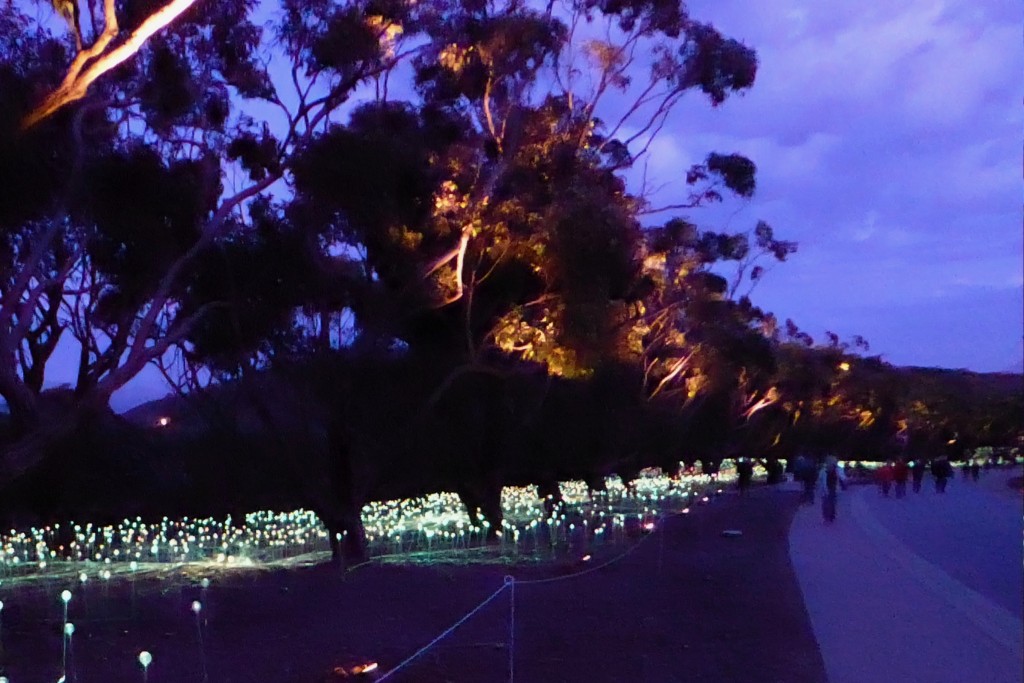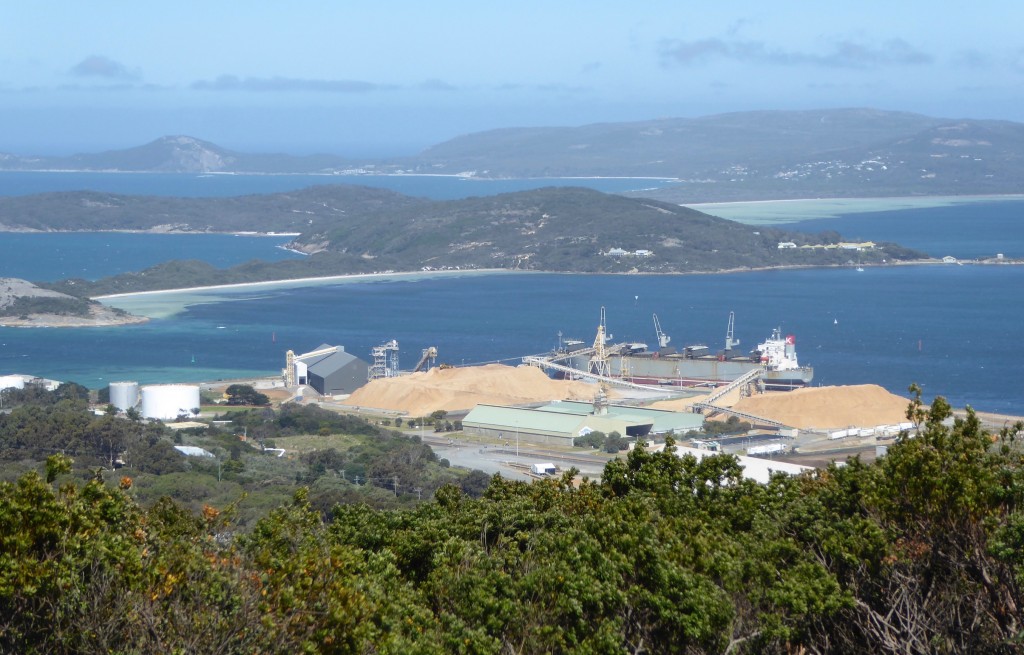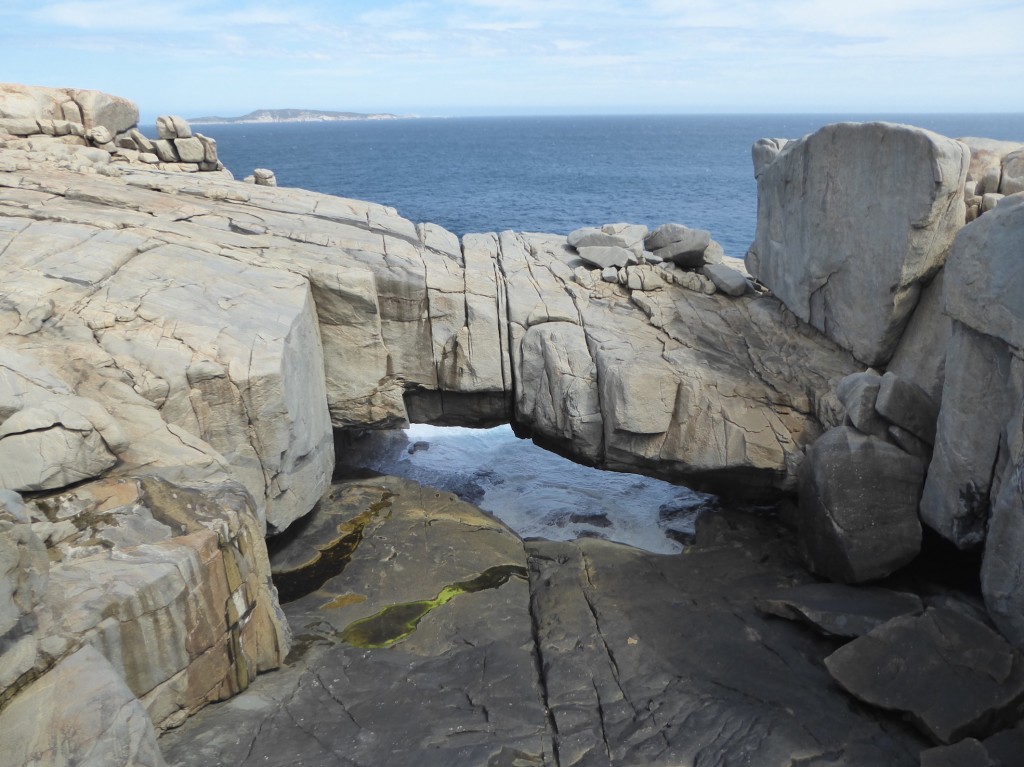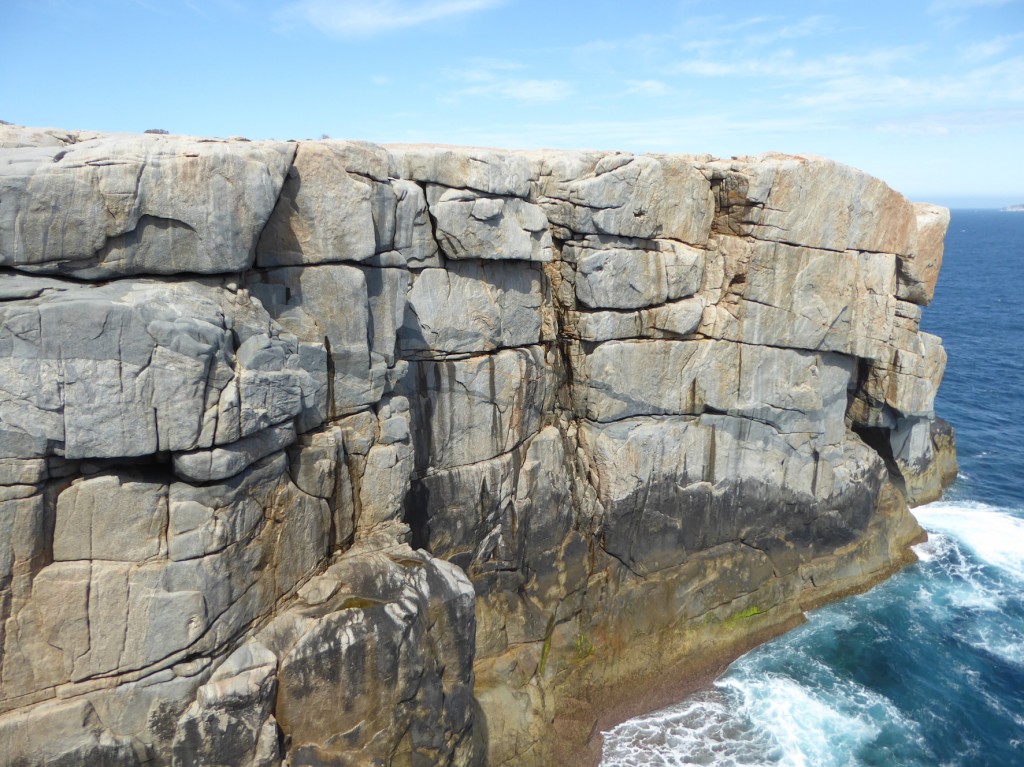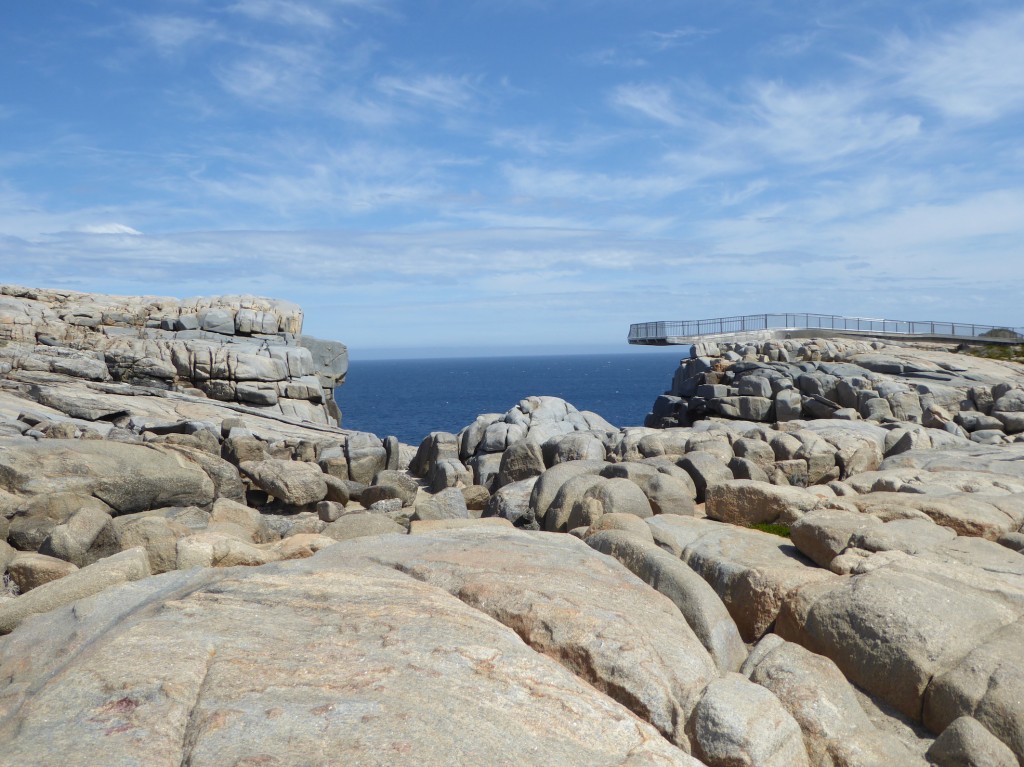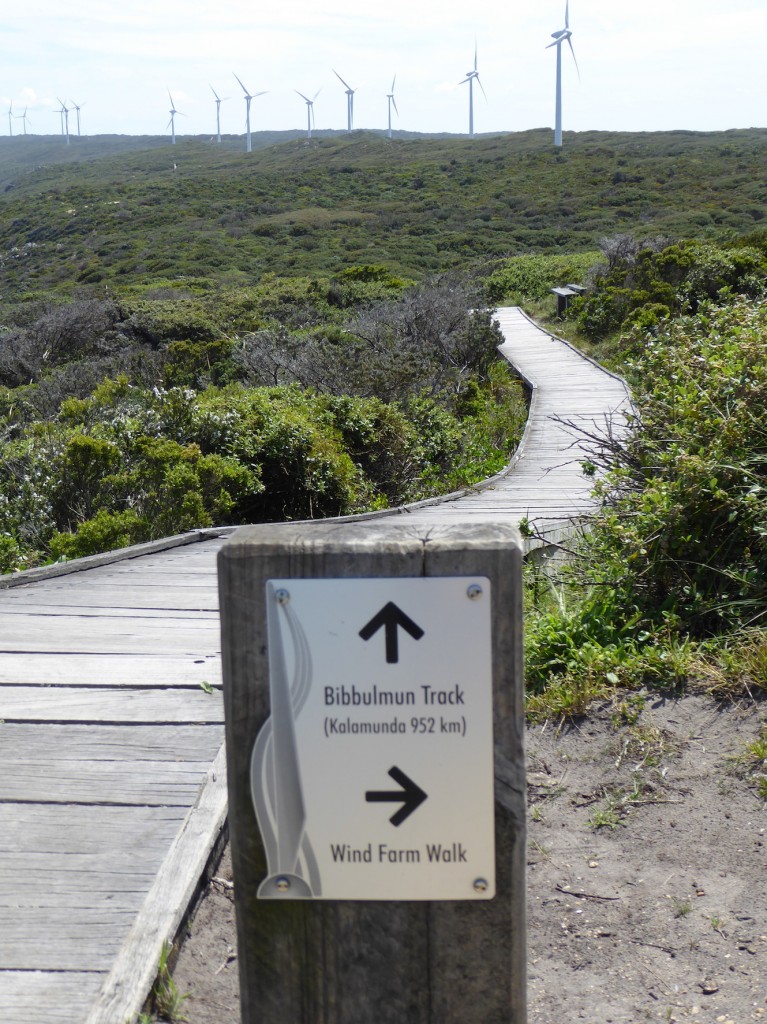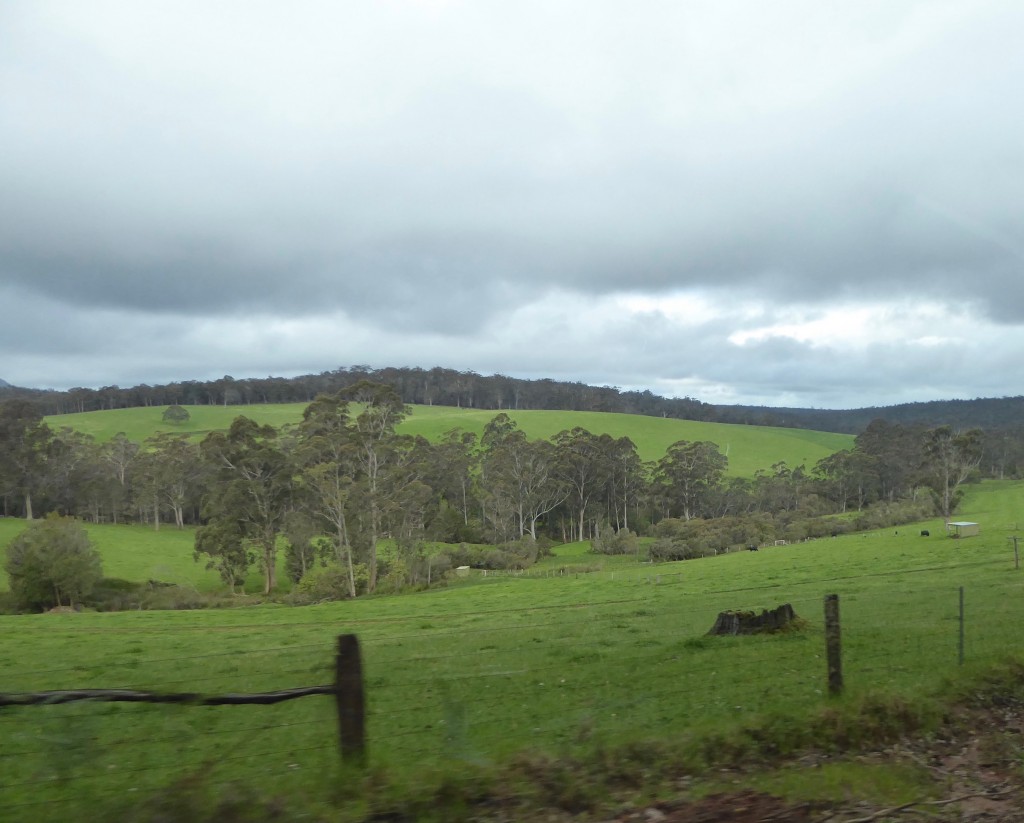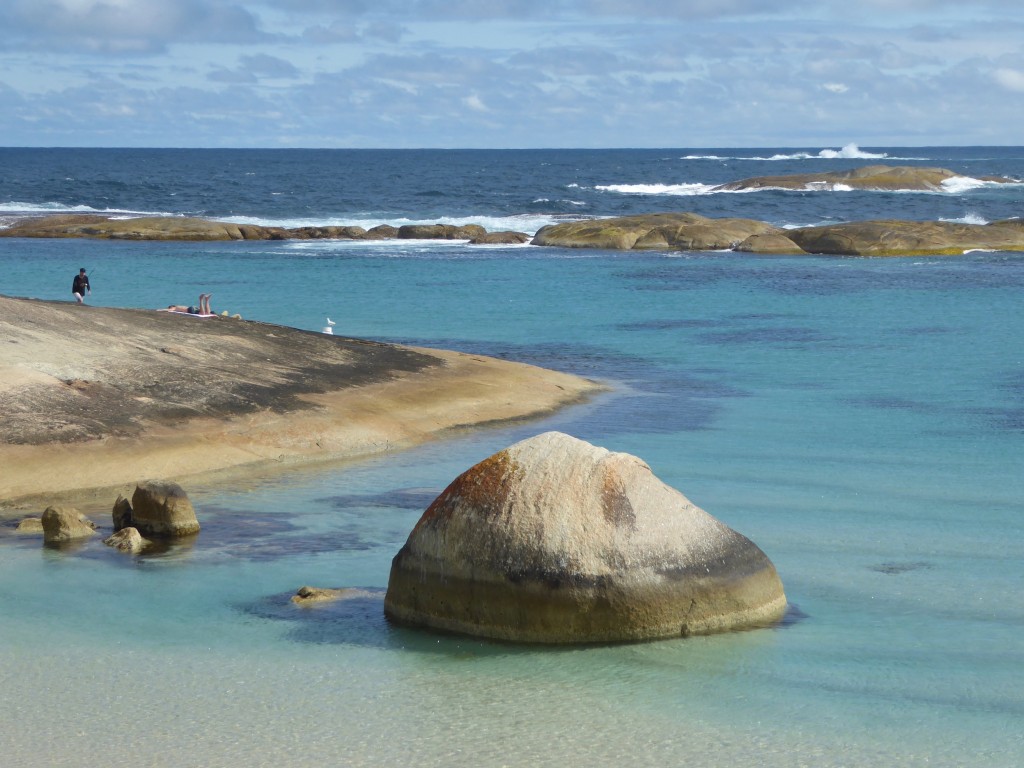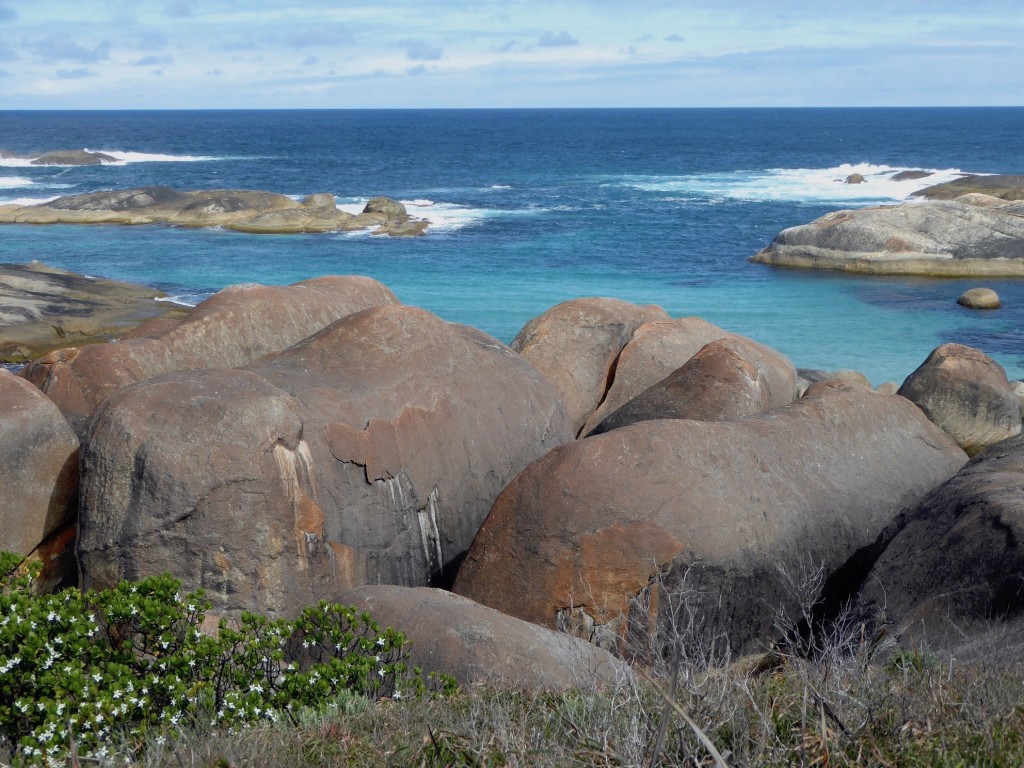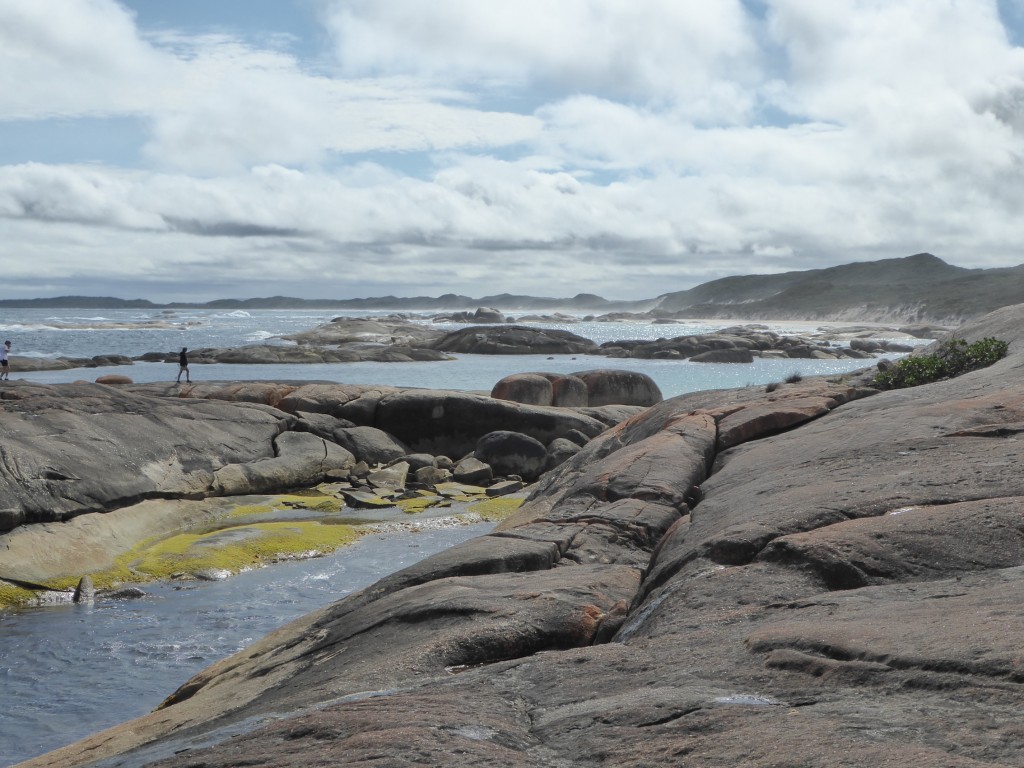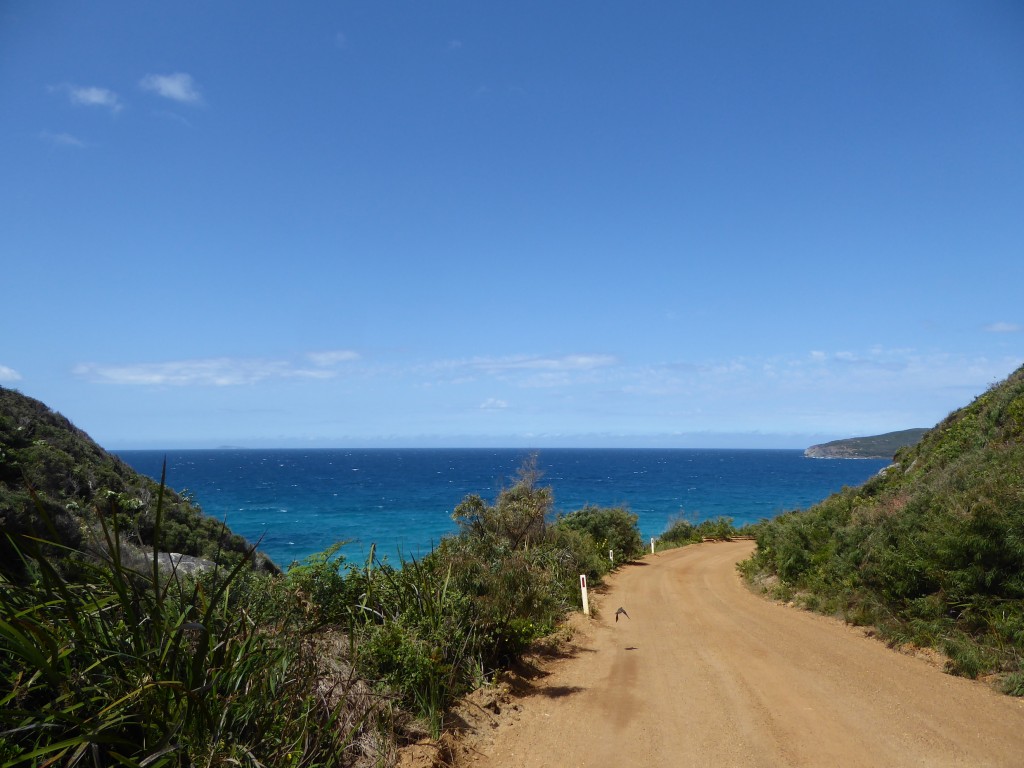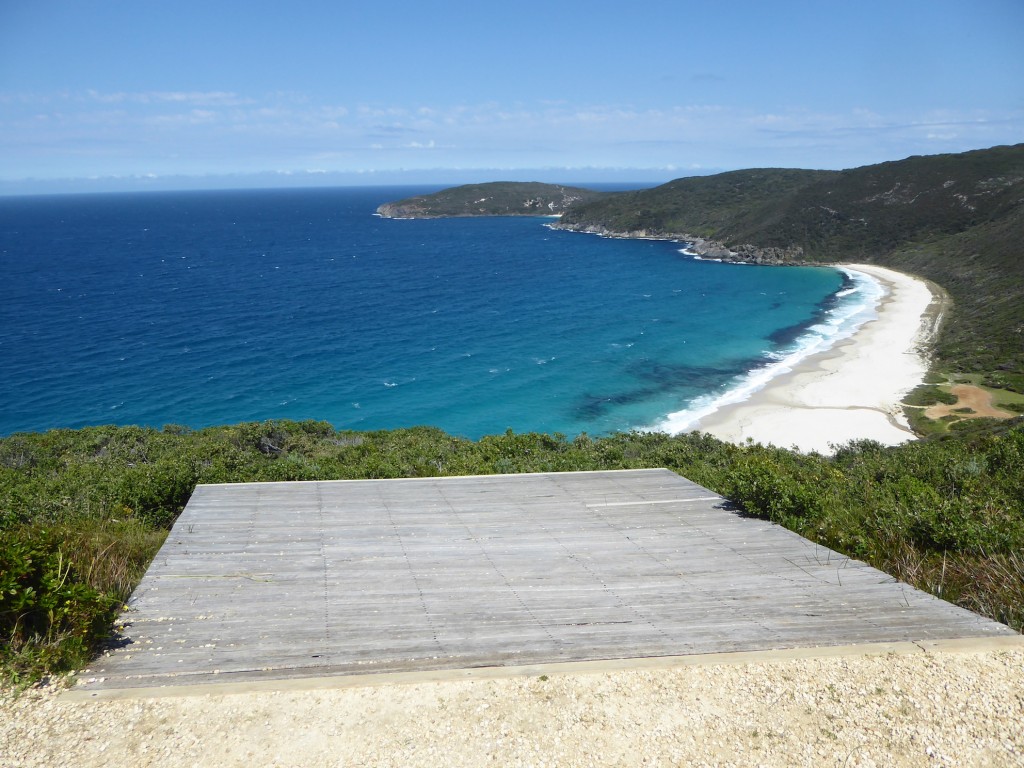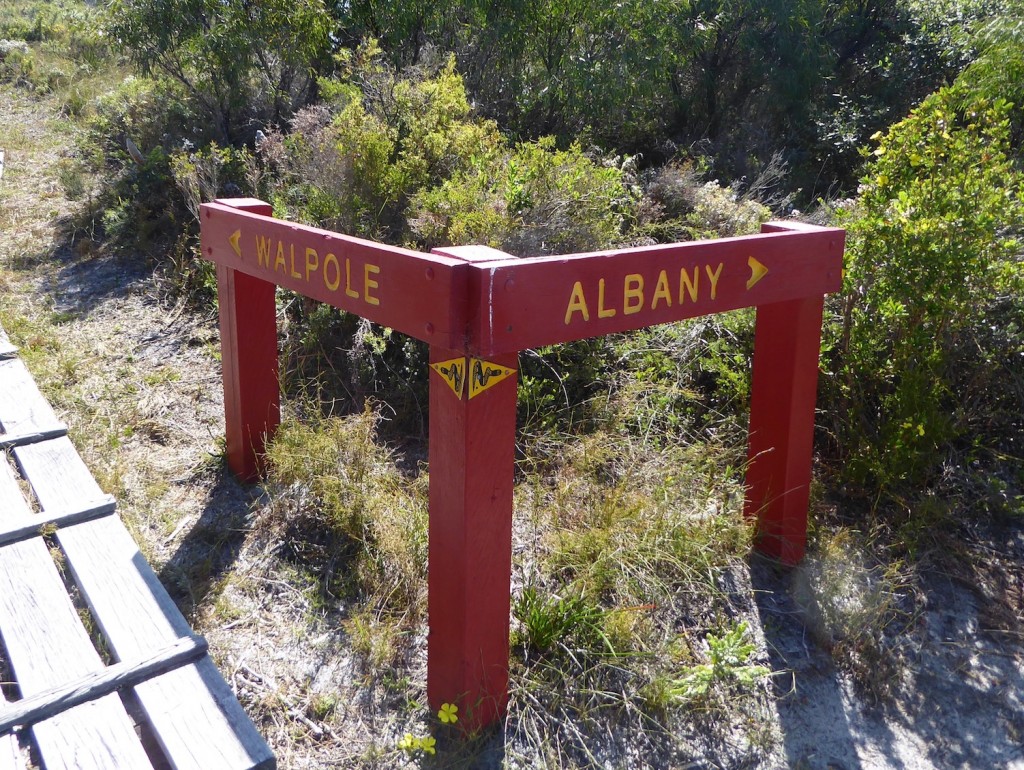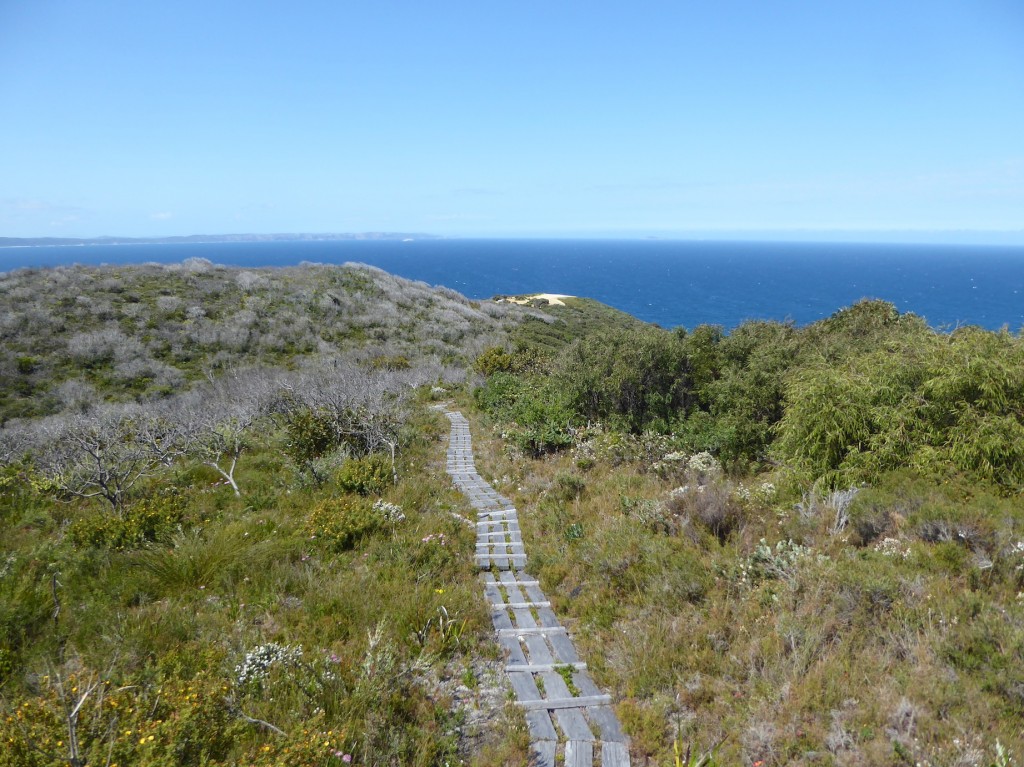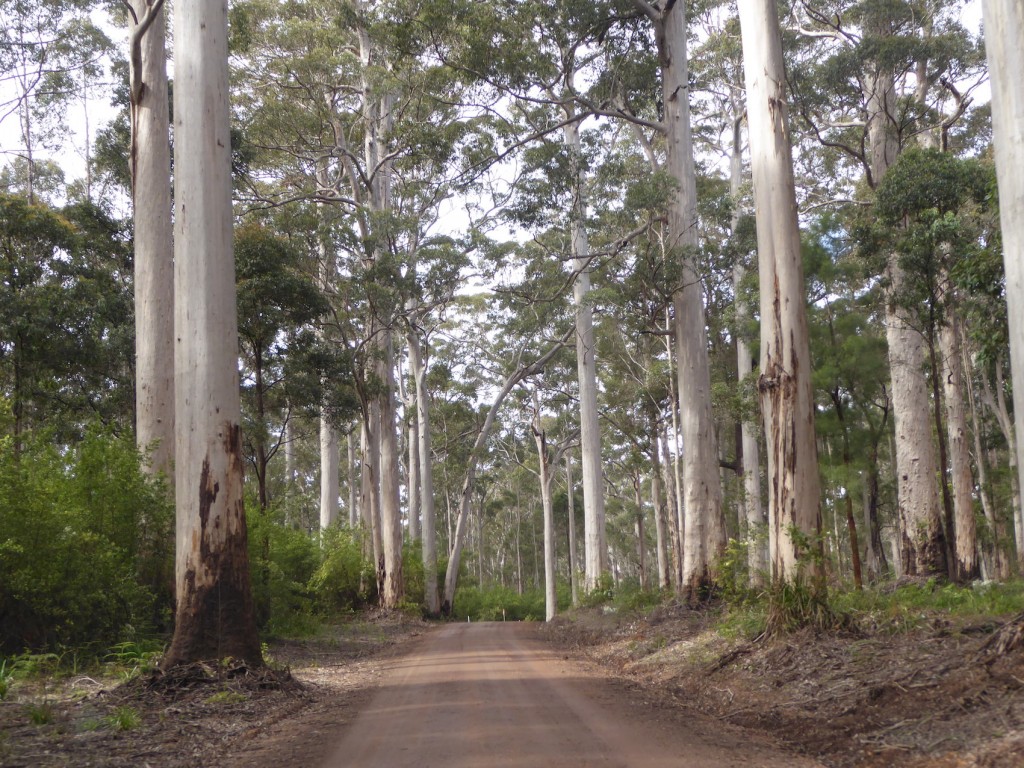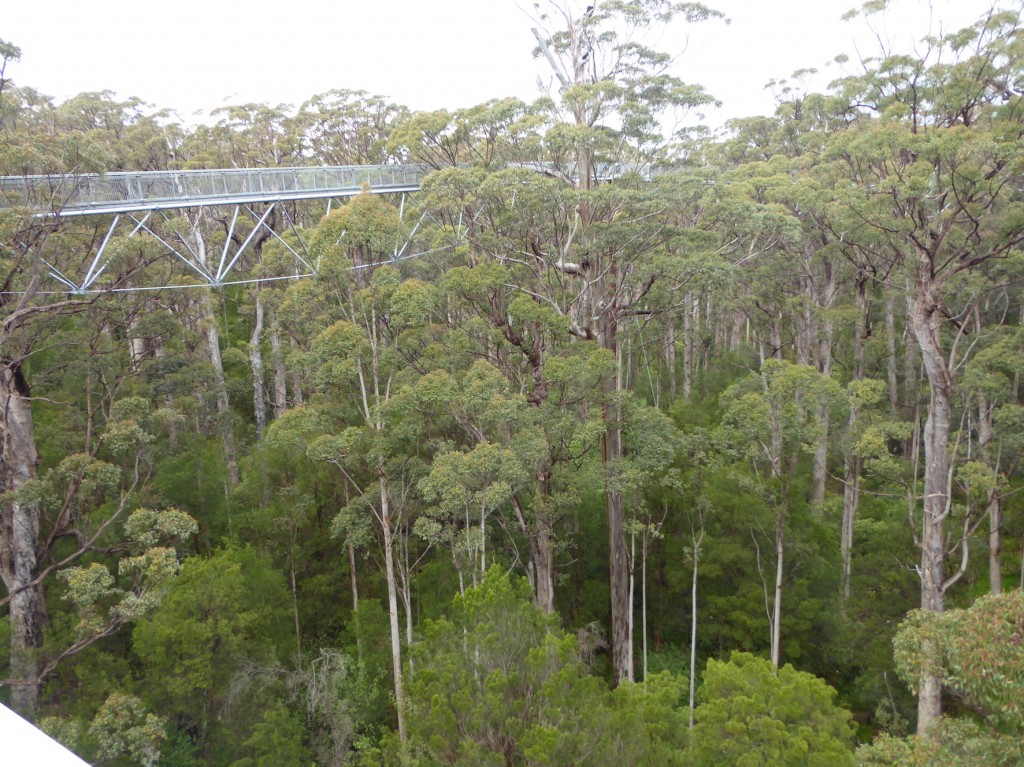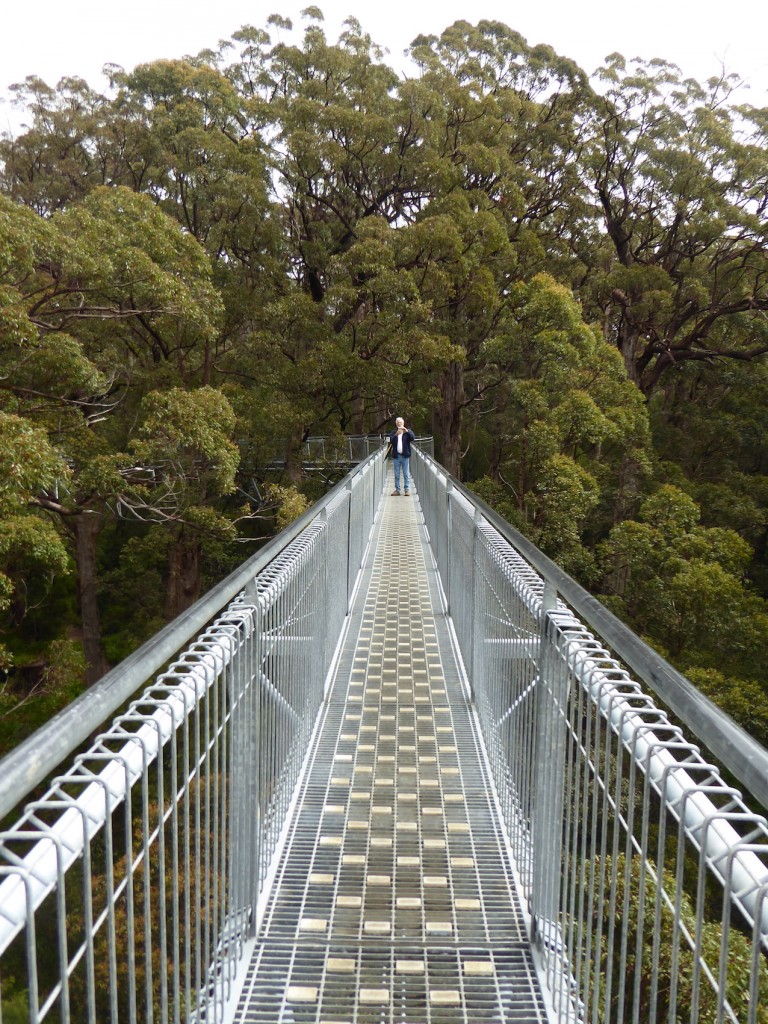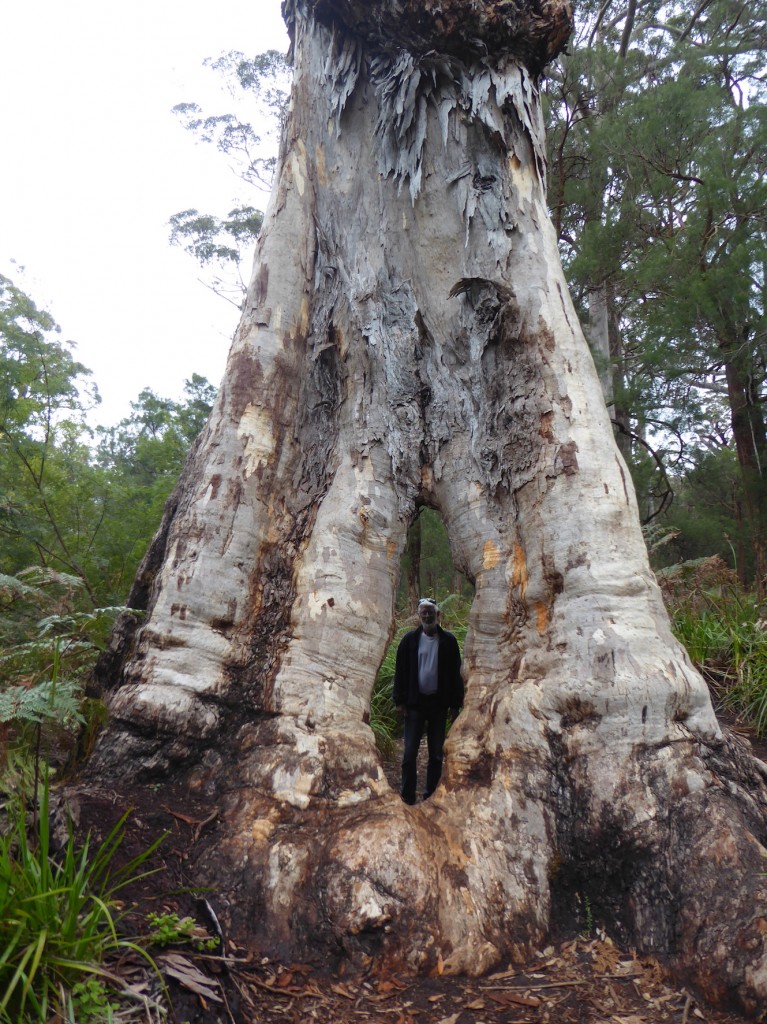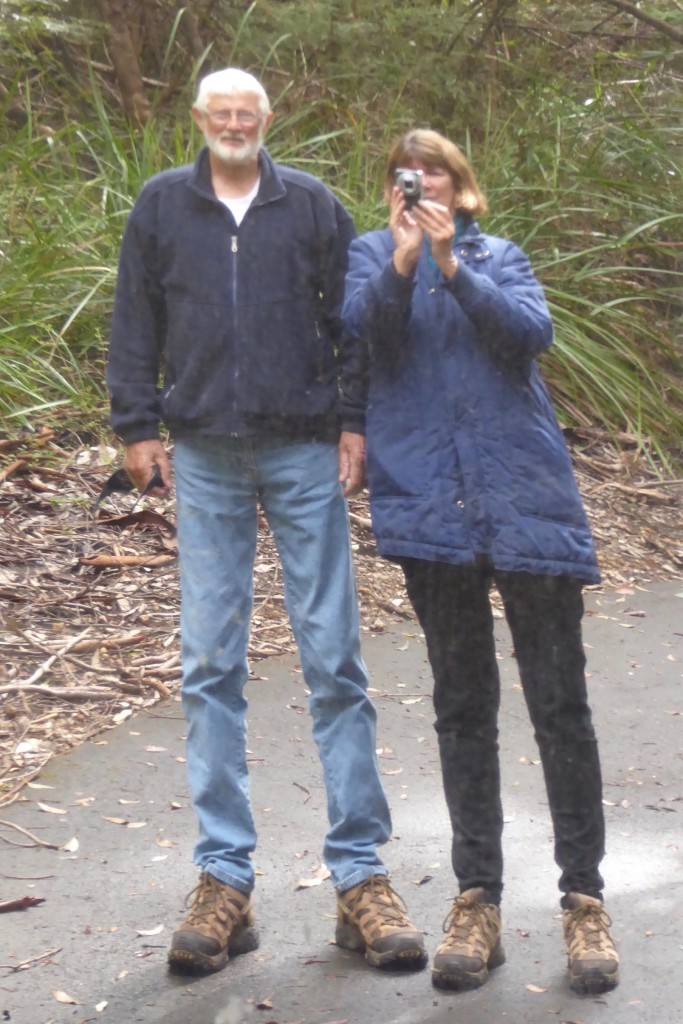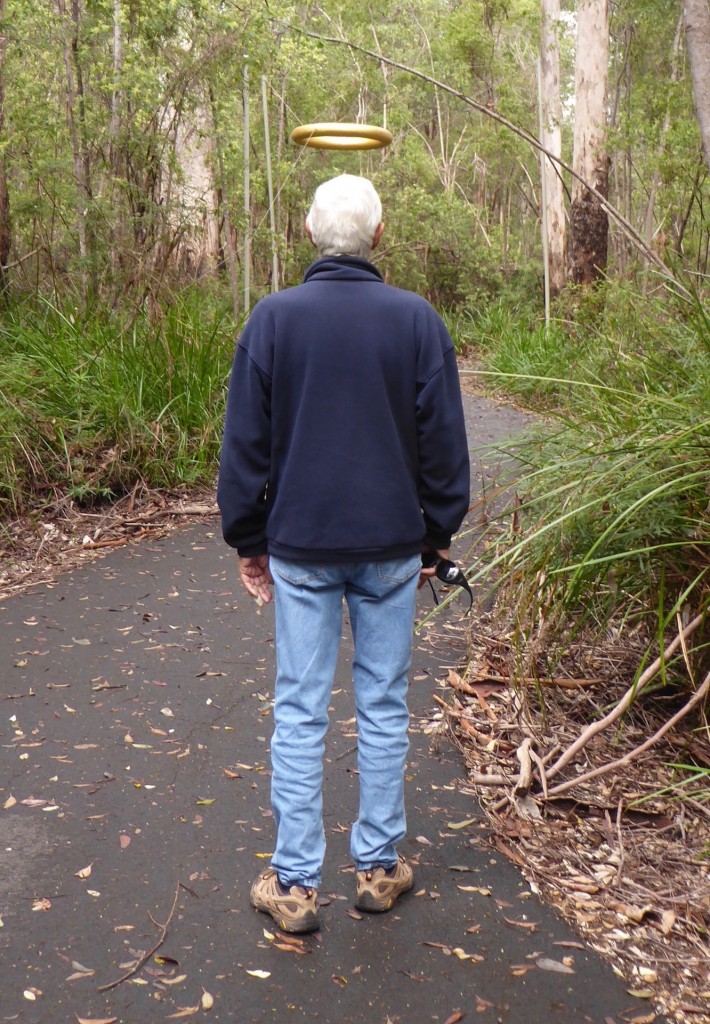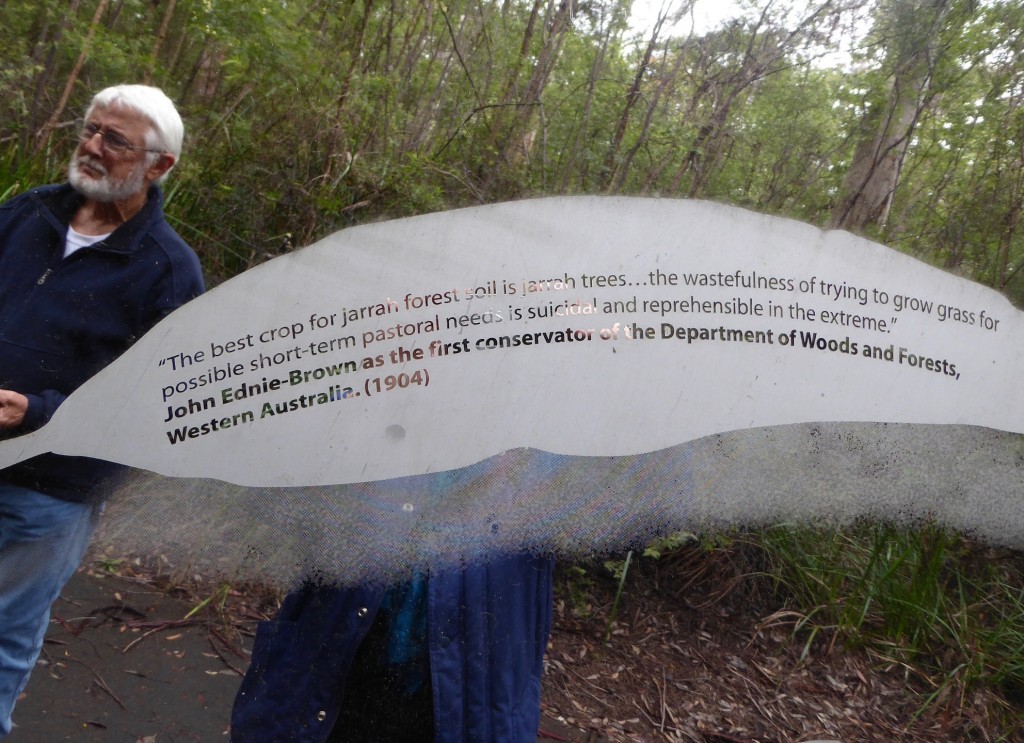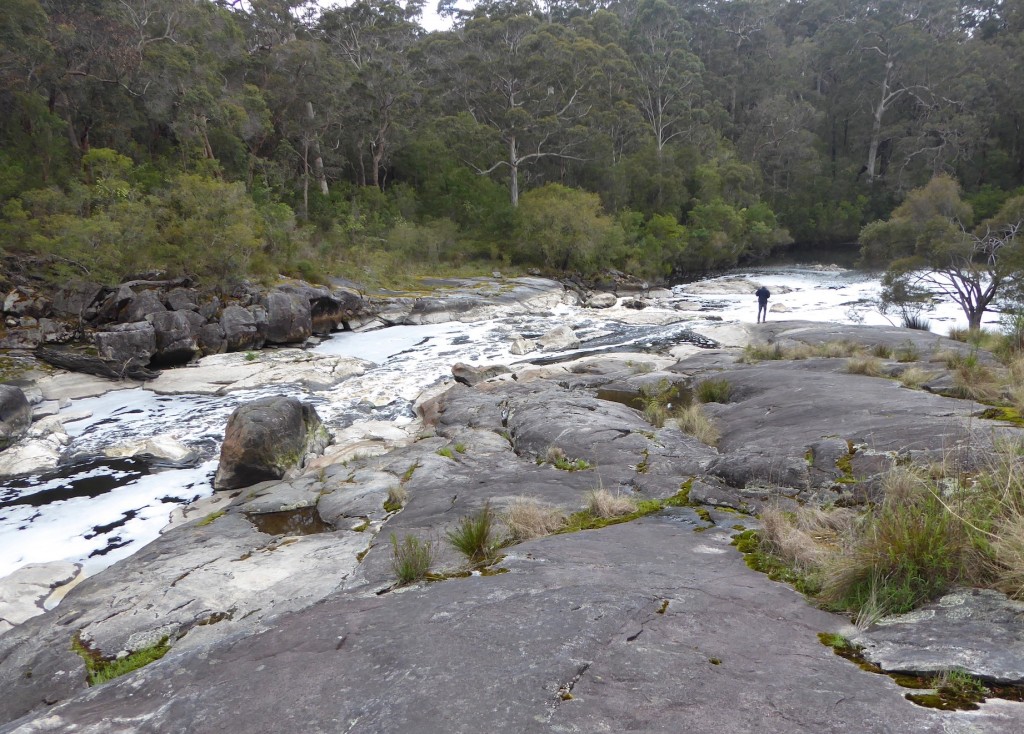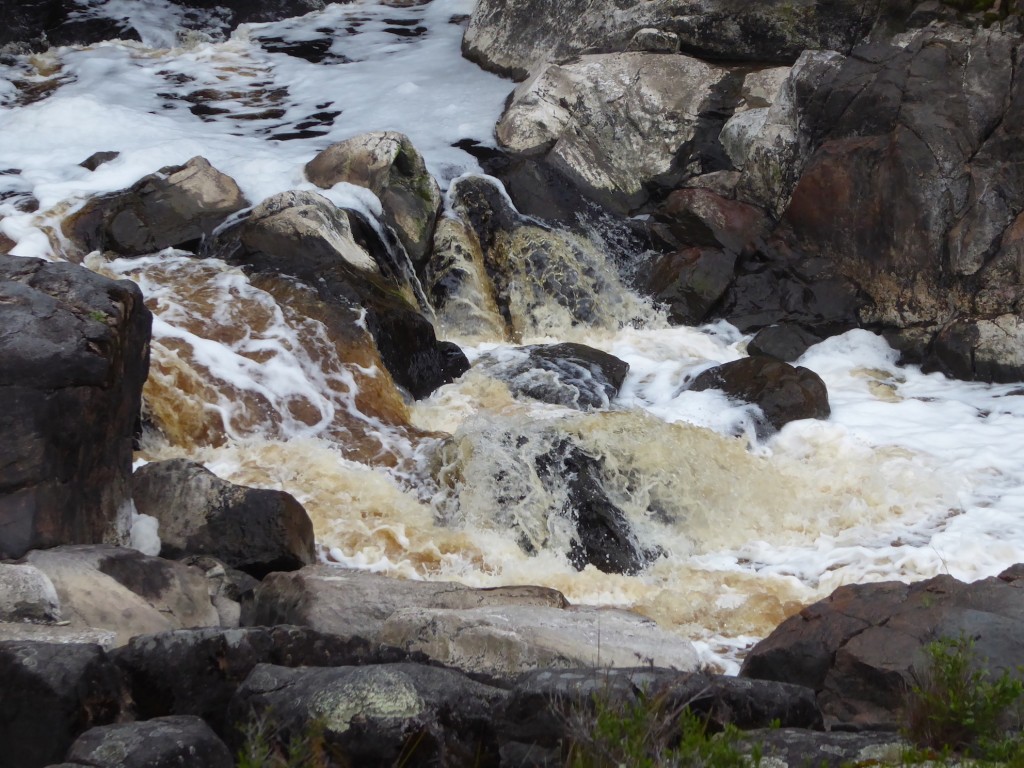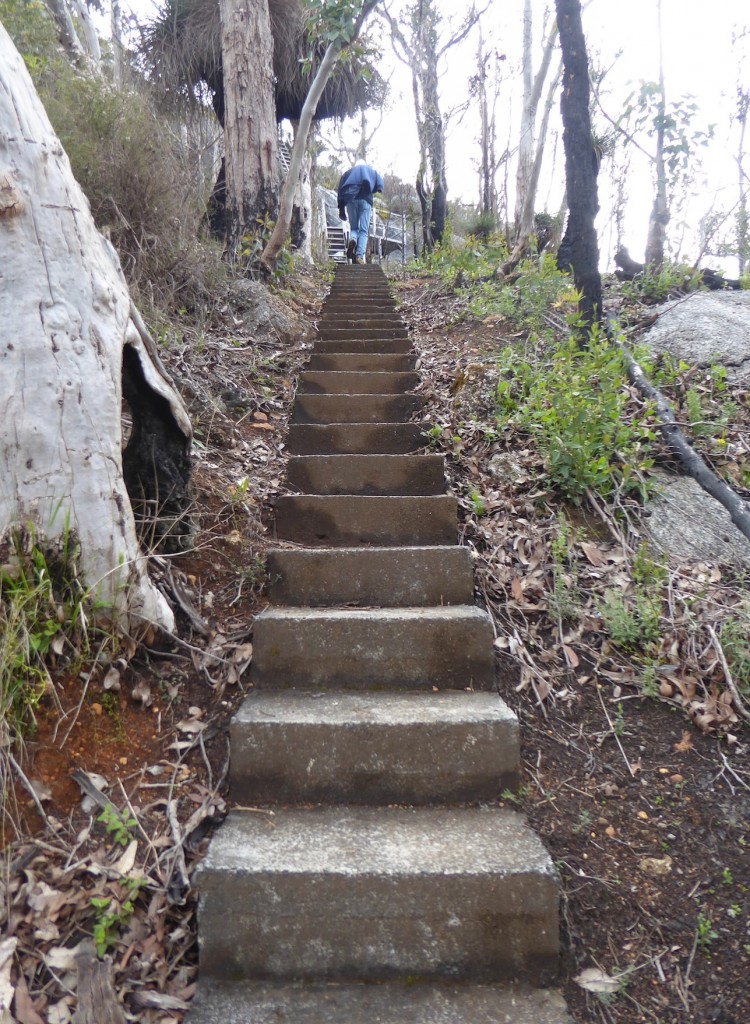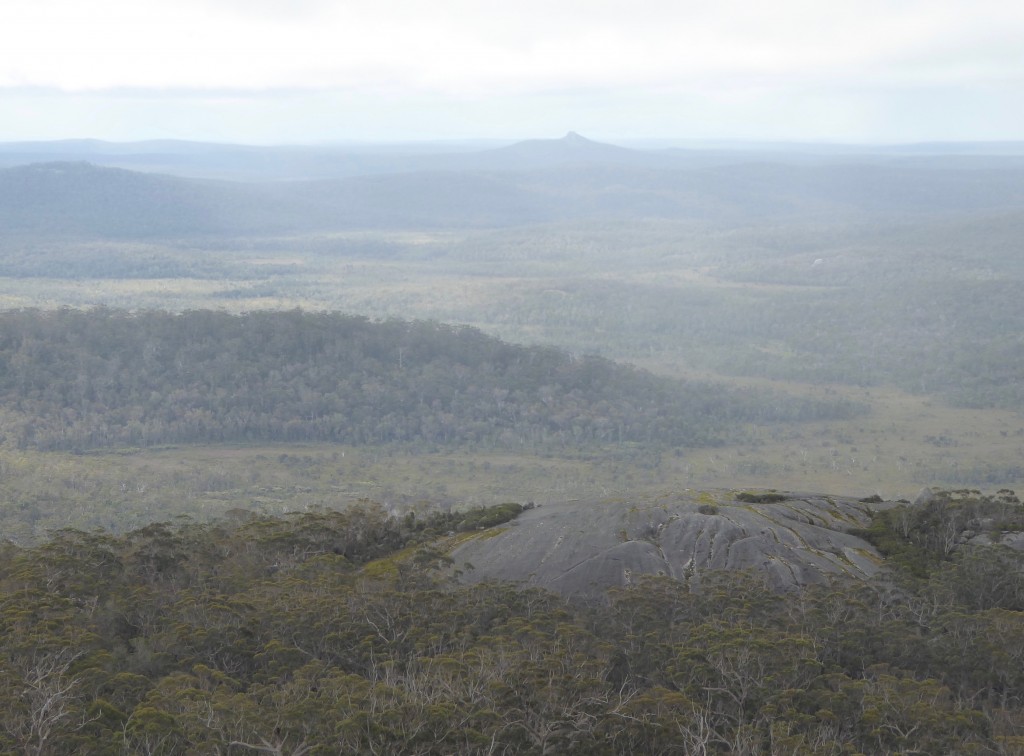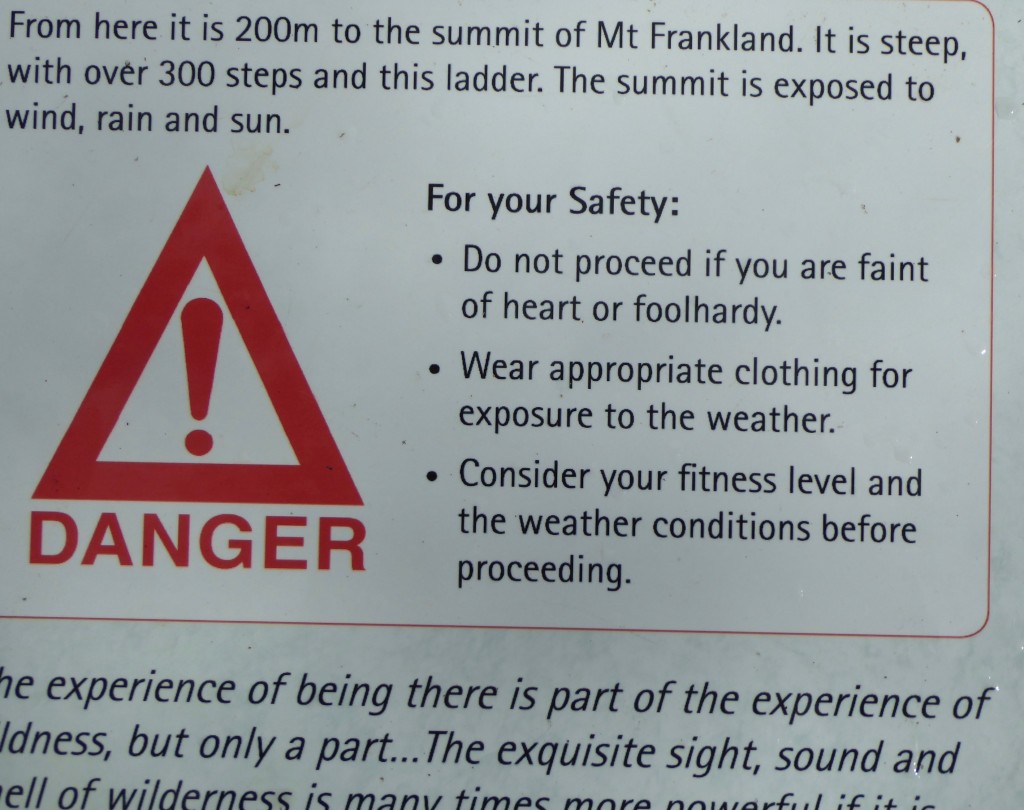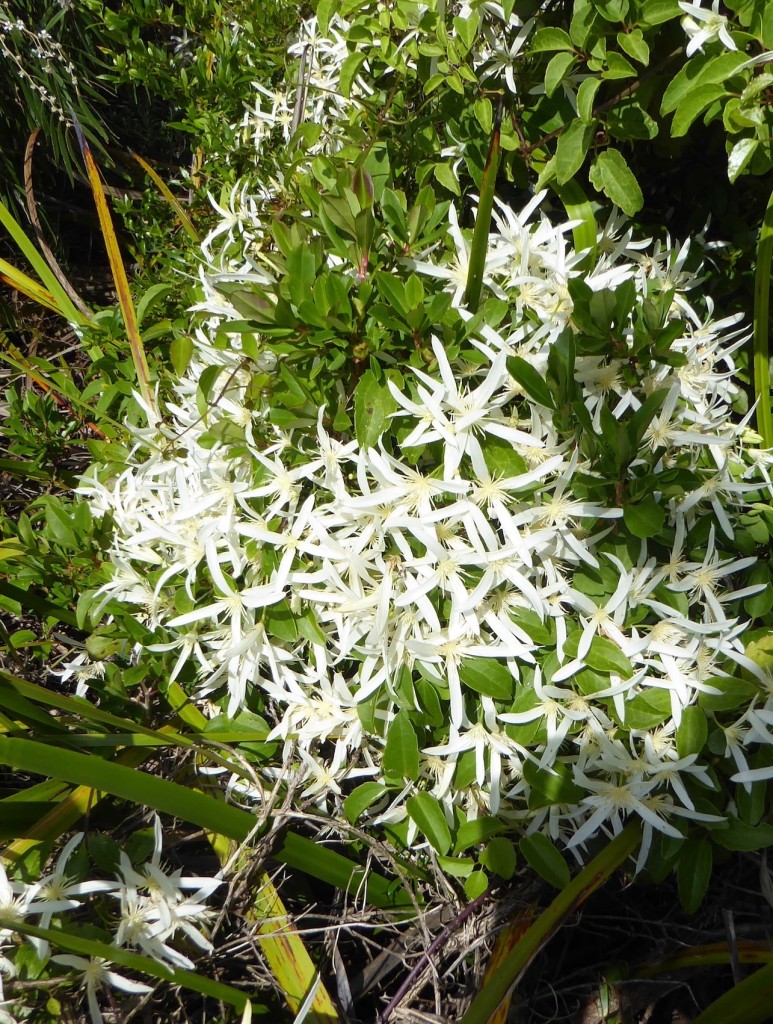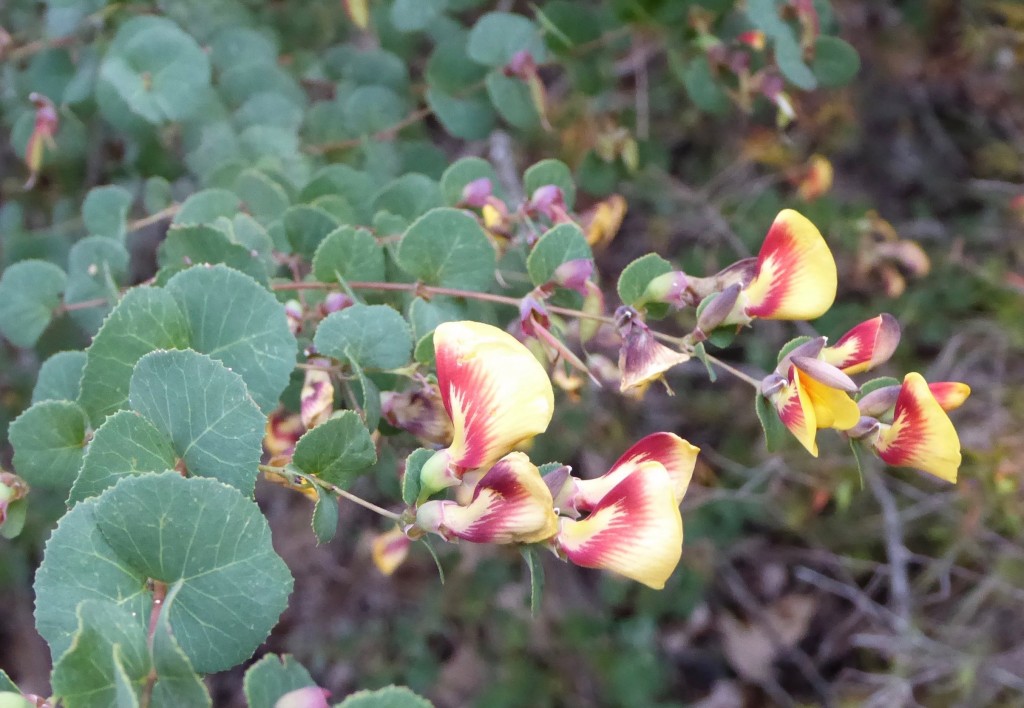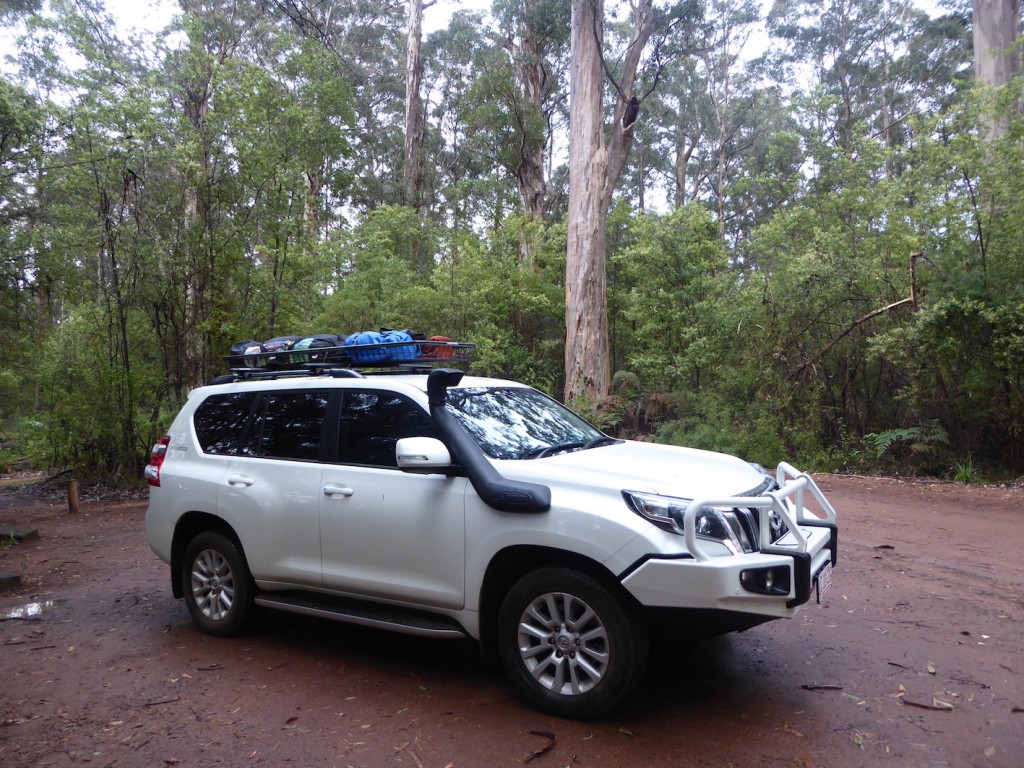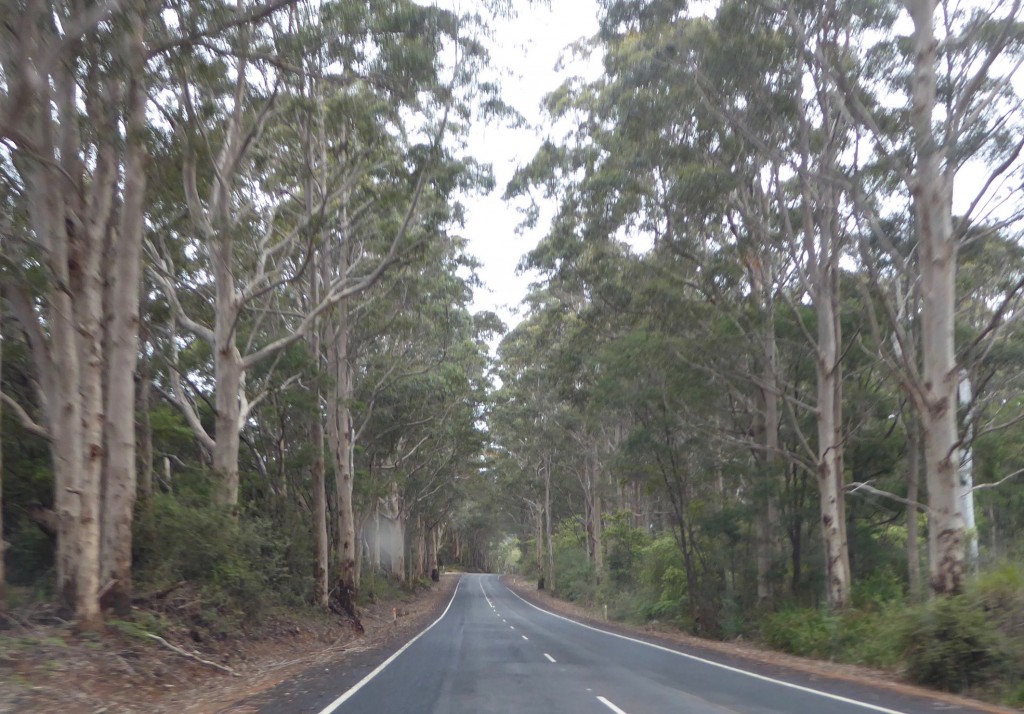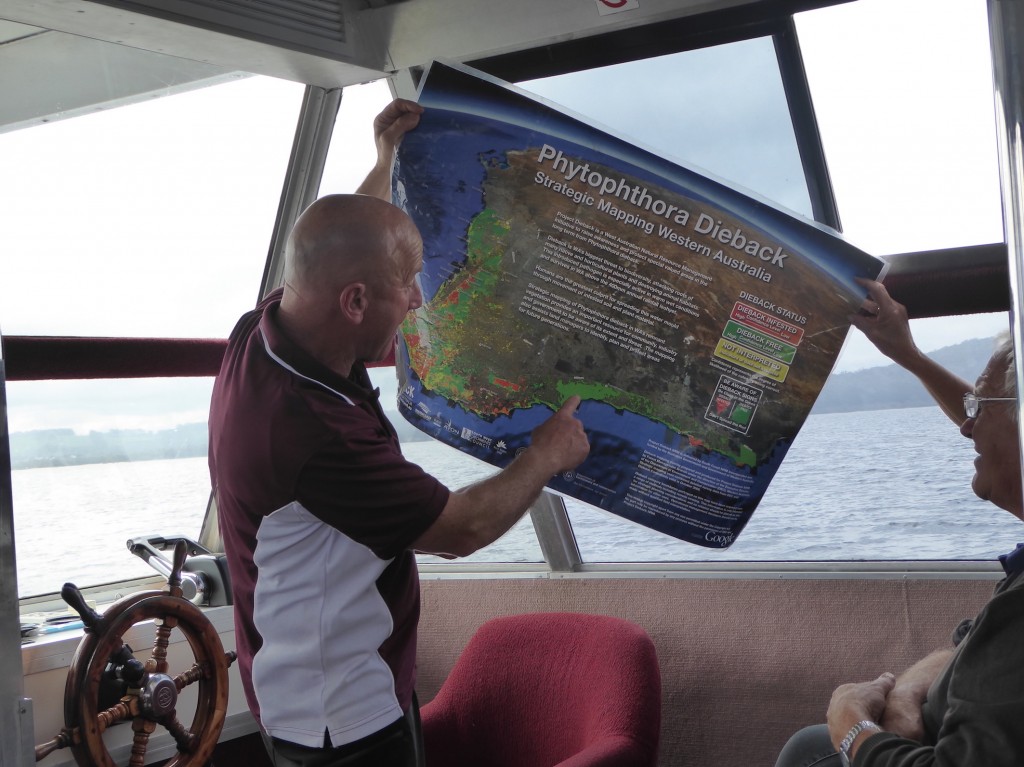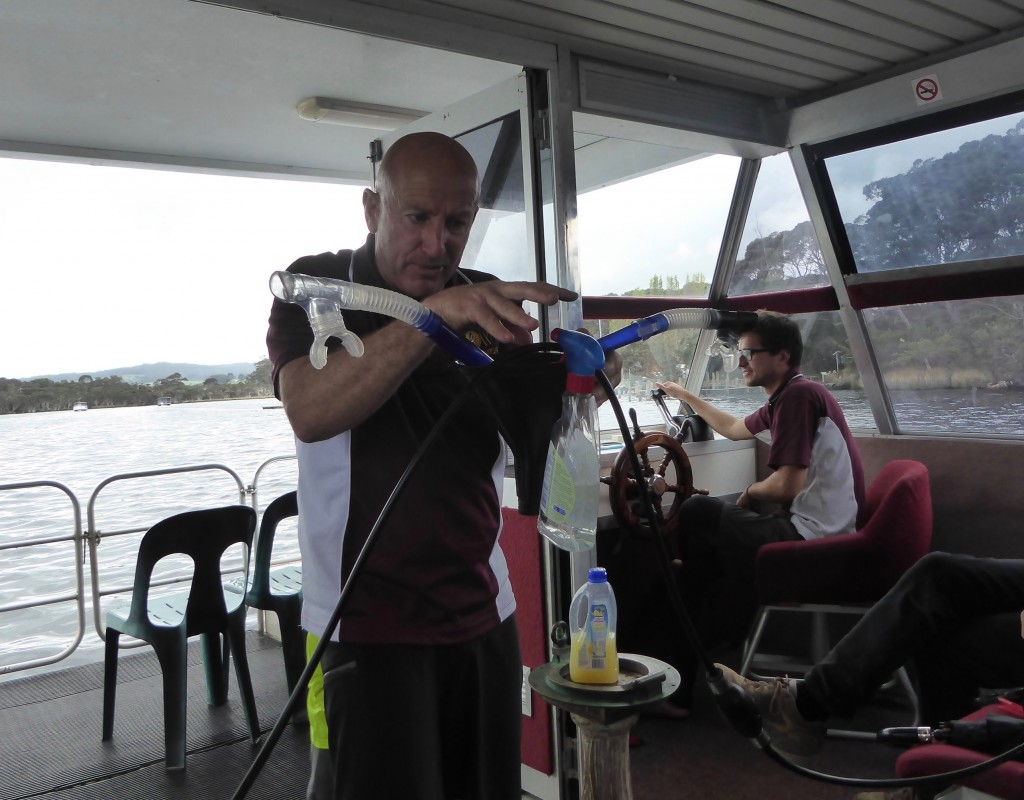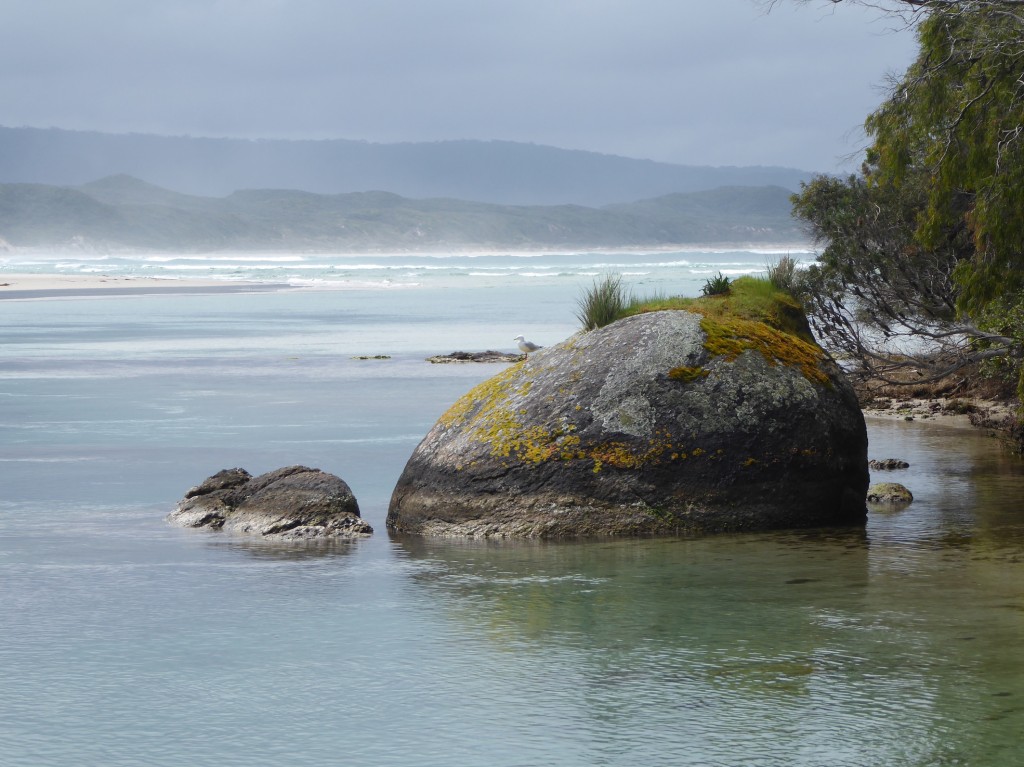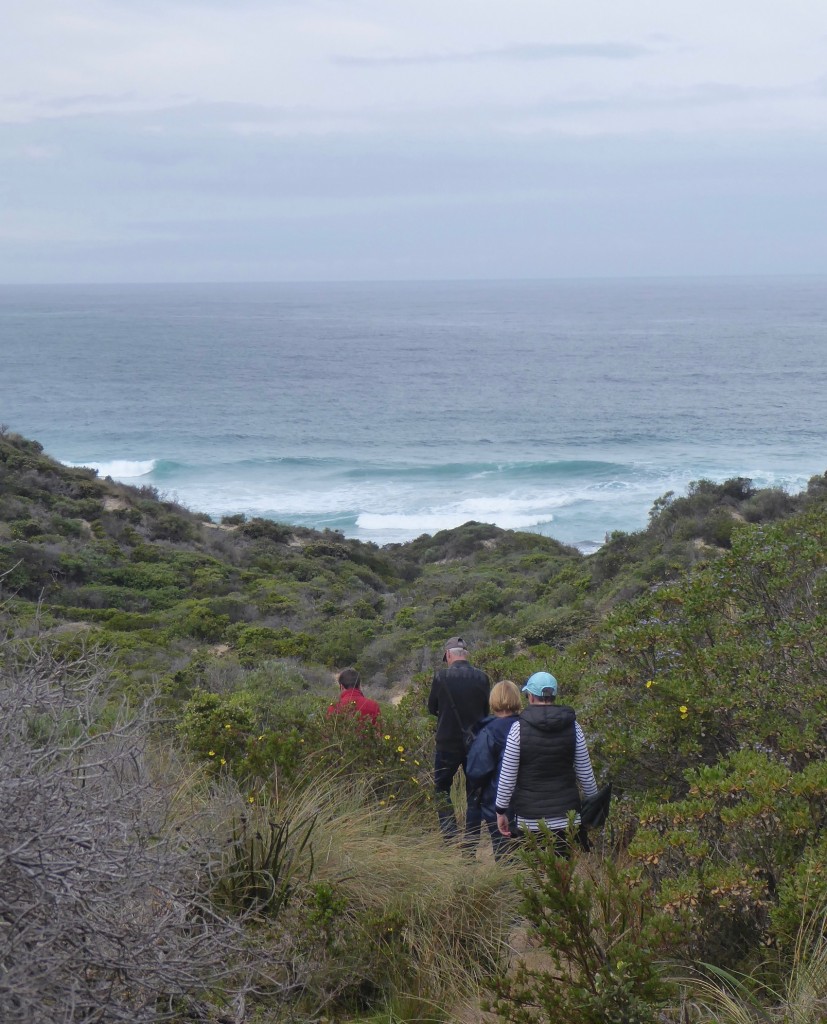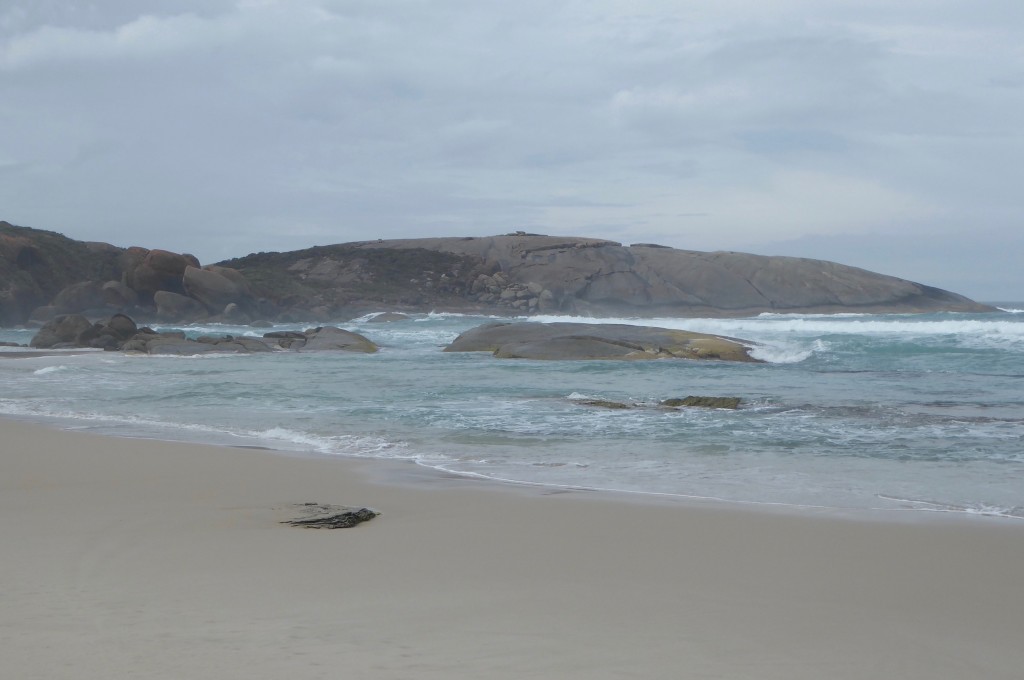 If you’re under forty, the numbers 1194 probably mean nothing to you at all.
If you’re under forty, the numbers 1194 probably mean nothing to you at all.
At midnight on September 30, 2019, an old friend will fall silent. He won’t have died, or joined a strict monastic order, or simply become tired of waiting for me to call him. No, it’s worse than that. George the “talking clock” is being shut down, silenced forever.
Probably few people under 40 will know about George. It’s quite possible George isn’t even his real name. I first made his acquaintance one Sunday morning as a seven year old in 1962. The telephone had been connected to our house a few weeks earlier, and that Sunday morning my mother asked me to “ring the time”. The kitchen clock had stopped. These were the days when you needed to wind up the clock every night before bed, and last night it had been forgotten. I had never made a phone call before. I stood in front of the telephone with great excitement, and no little trepidation, watched with envy by my younger brothers. We knew the number. It was the first call our telephone had ever made. The technician installing it had shown my mother how to make a call by dialling up the time.
I lifted the heavy receiver, listened to the loud purr of the dial tone and, hardly daring to breathe, dialled 1-1-9-4. The mellow tones of a very grand-sounding man came down the line.
“… at the third stroke, it will be eight, twenty-five, and forty—”
I panicked.
“Oh! Um – sorry – just wait – I’ll get my Mum!” I stammered into the handset. I dropped it and ran to her, yelling,
“Quick Mum, he’s on the phone! I don’t know what he’s saying! You come and talk to him!”
My mother looked up from the morning paper.
“It’s not a real person, it’s a recording.”
I was stunned. And then very disappointed. All this time I’d imagined a man in a dark suit and bow tie, seated by a small table, waiting for his telephone to ring. I’d imagined him in an elegant, Georgian era room with tall windows letting the light fall across a polished wooden floor. This room was completely bare of furniture except for an ornate chair and a small, spindle-legged table with a black Bakelite telephone on it, just like ours, and a large, old fashioned clock, which no one ever forgot to wind. Nothing else, no distractions from the important task of telling people the correct time.
Telephones were still too new to me and my brothers. Only two aunts and a couple of friends had them in their homes. Before ours was installed, any emergency required a dash across the road to use the neighbour’s phone, a very rare event. When ours was installed it was just for emergencies or important arrangements, and hardly ever rang. If you needed to call interstate (after you’d taken out a bank loan to cover the cost), you rang the operator and told her – it was always a her – that you wanted to book a long distance call. Usually the lines were busy and you had to wait for the operator to call you back. It was definitely not something to be taken lightly – no dialling up Aunty Nell in Sydney for a chat when Mum had a spare moment. That was what letters were for – a quiet half an hour while she boiled the kettle, warmed the teapot, and sat down at the kitchen table with a pen and the writing pad.
Our telephone was by the front door. It squatted on top of the book case, dominating the space, a symbol of modernity and affluence. This was also the coldest part of the house, ensuring no long calls and to underline this point, there was no chair. No conversation would ever be long enough to require a chair.
The phone itself was heavy enough to be used as a weapon, should the occasion demand. It was built of solid black Bakelite, with a smooth – not coiled – fabric-covered cord and a rotary dial. Two silver buttons pinged loudly when you lifted the receiver, itself so heavy it could double as a nutcracker. The dial had numbered holes around it, and you simply stuck a finger in the correct spot, dragged it round to the stop bar, and let go. When it rang, the shrill metallic tones woke the whole house. Or would have if anyone was uncivilised enough to call after nine pm. If the phone rang then, it could only be bad news.
There’s an hilarious video on the internet of a pair of present-day teenagers examining an old fashioned phone. They figured out that you “rebooted” it by replacing the receiver each time you needed to try again. But they never worked out that you had to be holding the receiver off the cradle while you dialled. And they think we’re techno-dummies.
https://interestingengineering.com/video/watch-two-teenagers-try-to-dial-a-number-on-an-ancient-rotary-phone
I overcame my shyness and George and I became very relaxed with each other. I could ring him up at any time – it was a free call – and have a chat if I felt like it, although he liked to do most of the talking. George was the first person I ever heard use the word “precisely”. But time has moved along, and no one needs to call George any more. We use our smartphones to tell the time. As well as it doubling as a watch, I can point my phone at the sky, tell my friends on the opposite side of the globe the name of the constellation I’m looking at, and send them a photo of it a moment later.
George has been well and truly superseded. But one day the unthinkable might happen. What if one day all our mobile phones went flat during a power outage, and the digital bedside clock lost its place? When the power blinked back on, we might wish for the soothing mellow tones of my sartorially-attired friend George to tell us, that at the third stroke, all would be well.
©Joanne van Os
